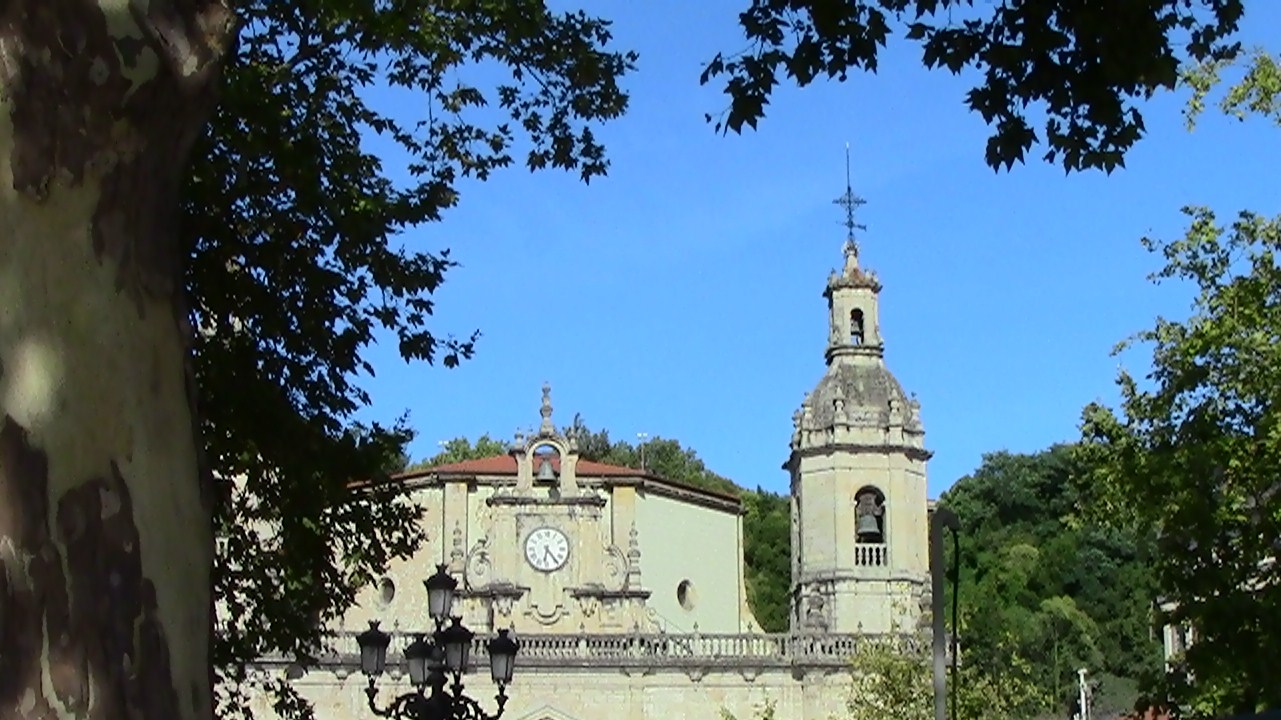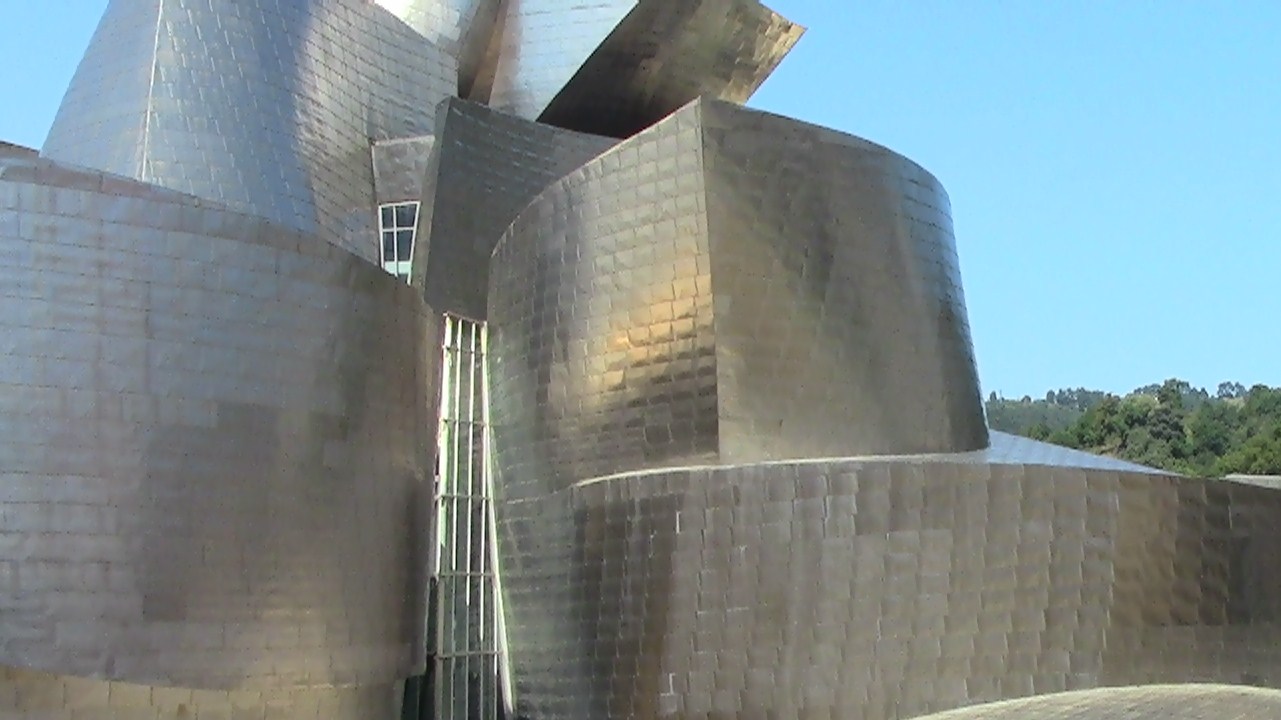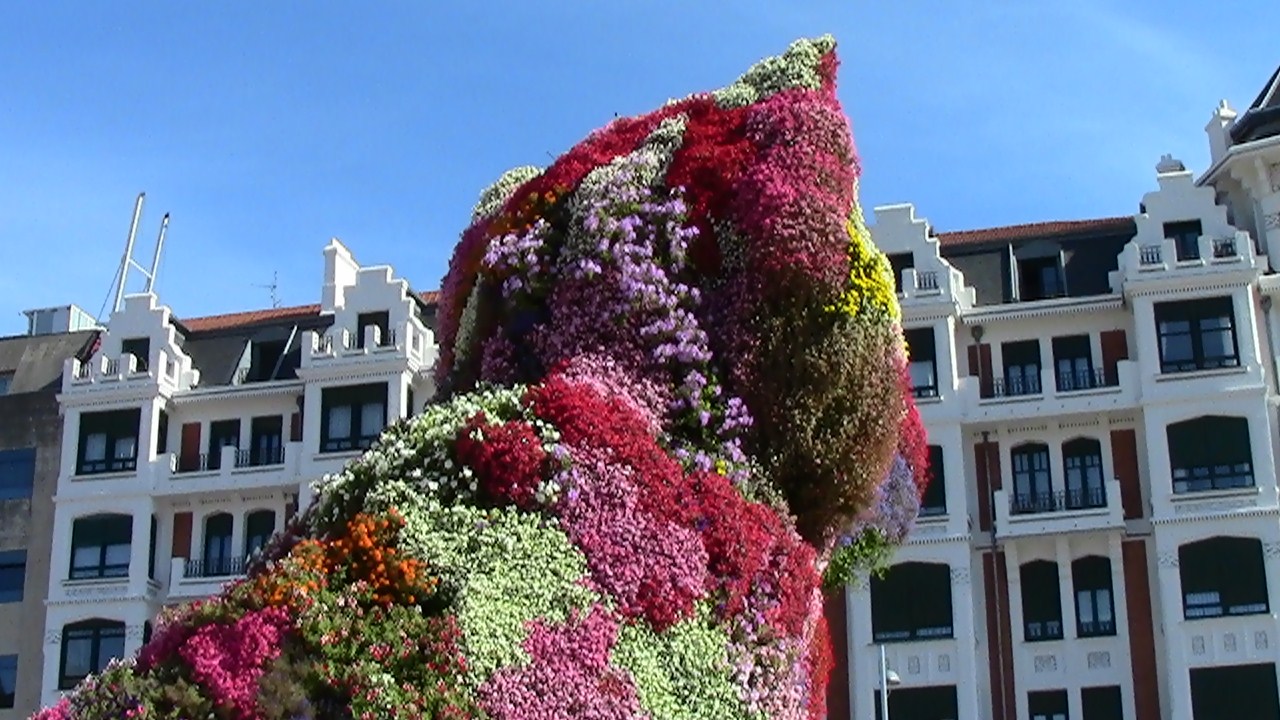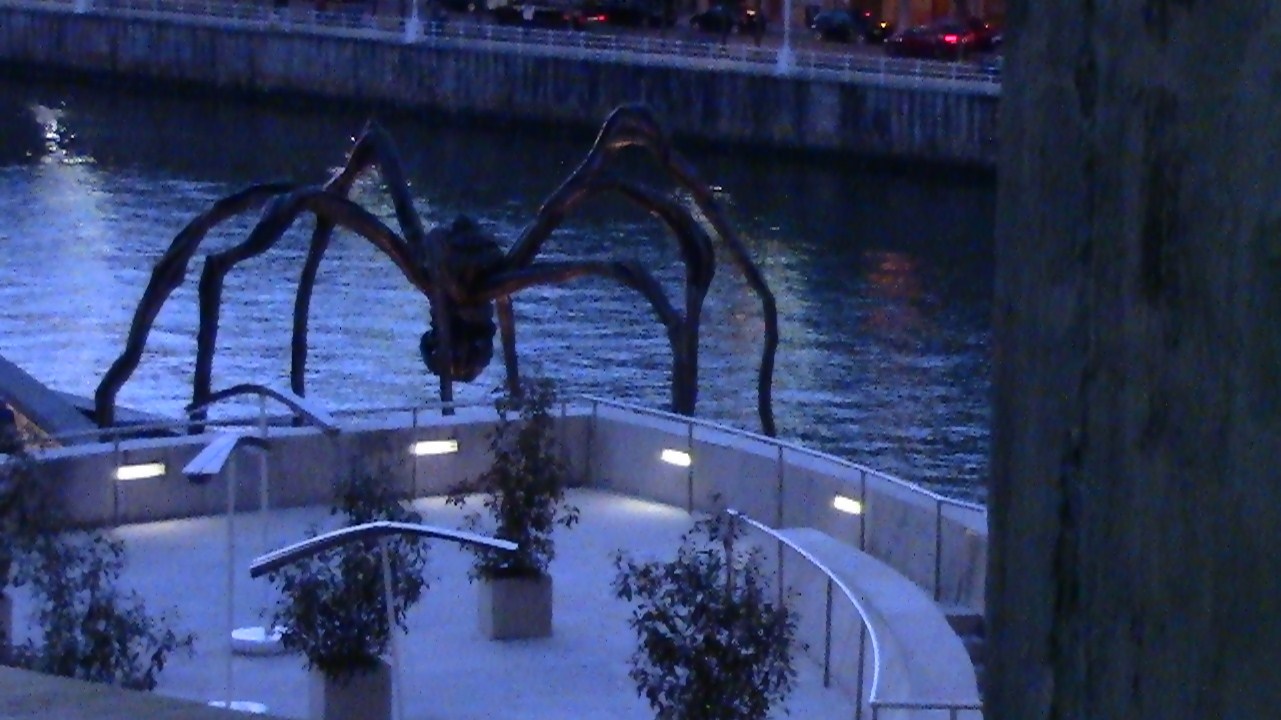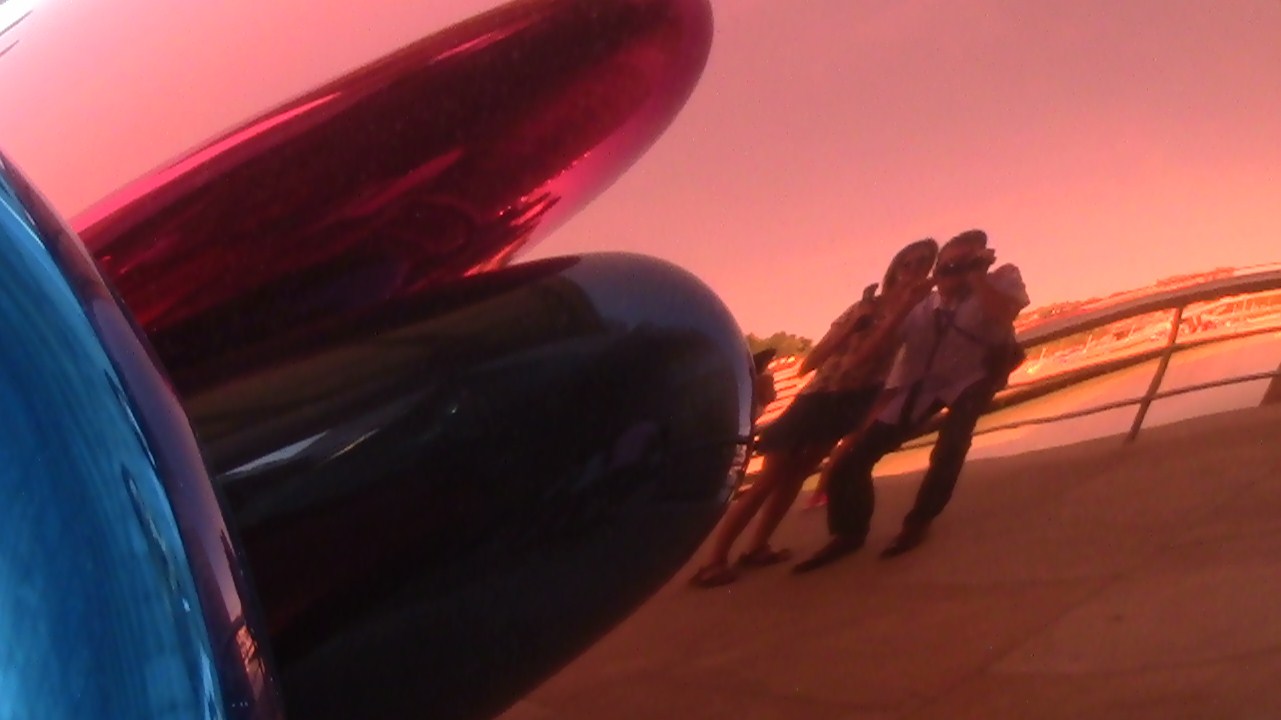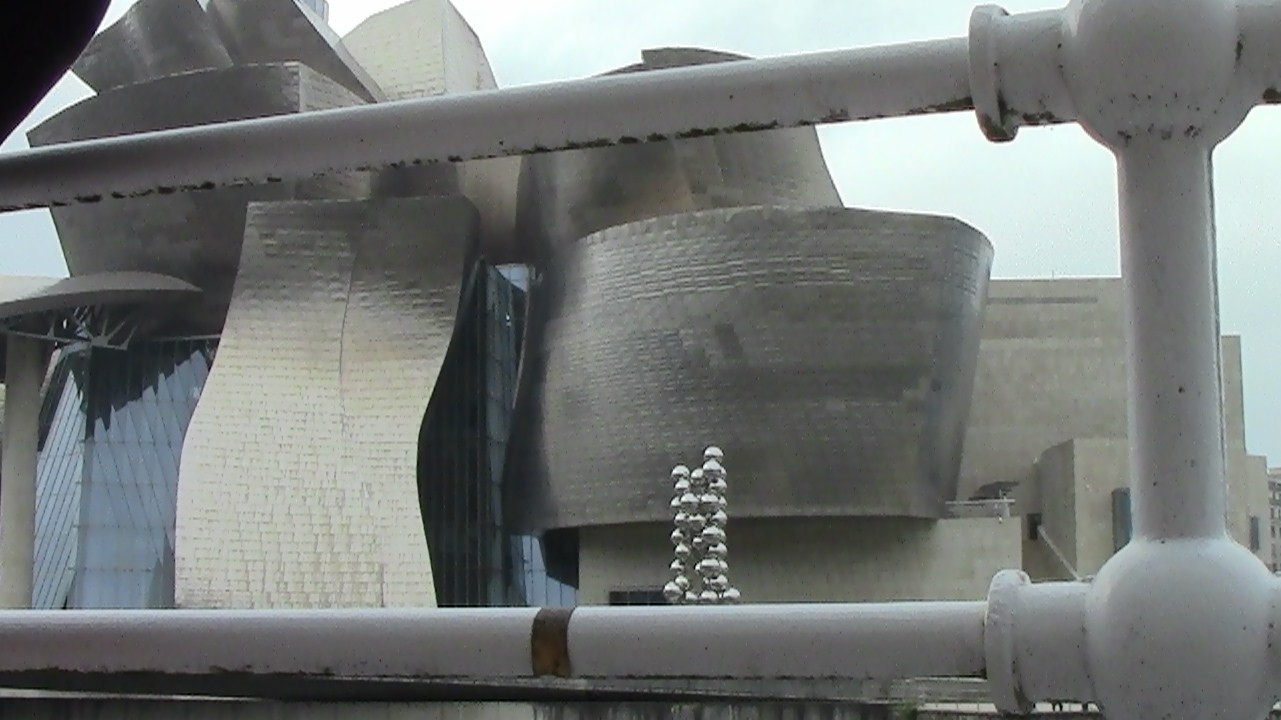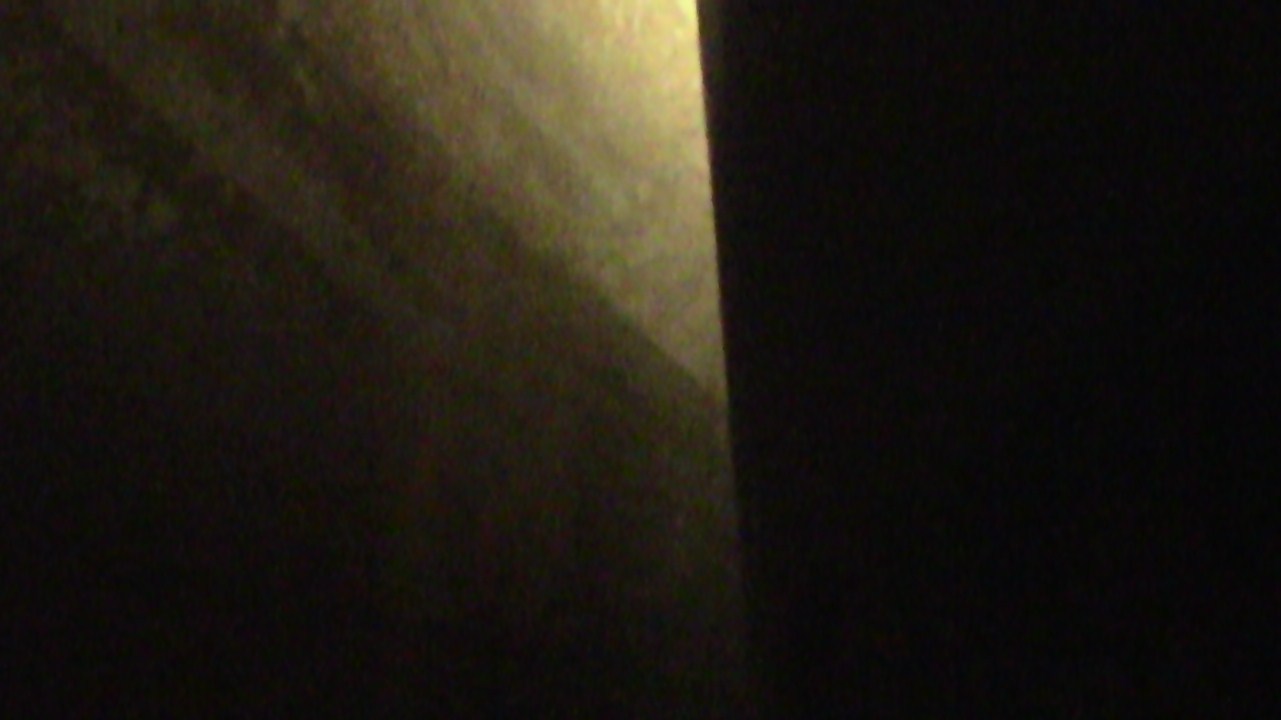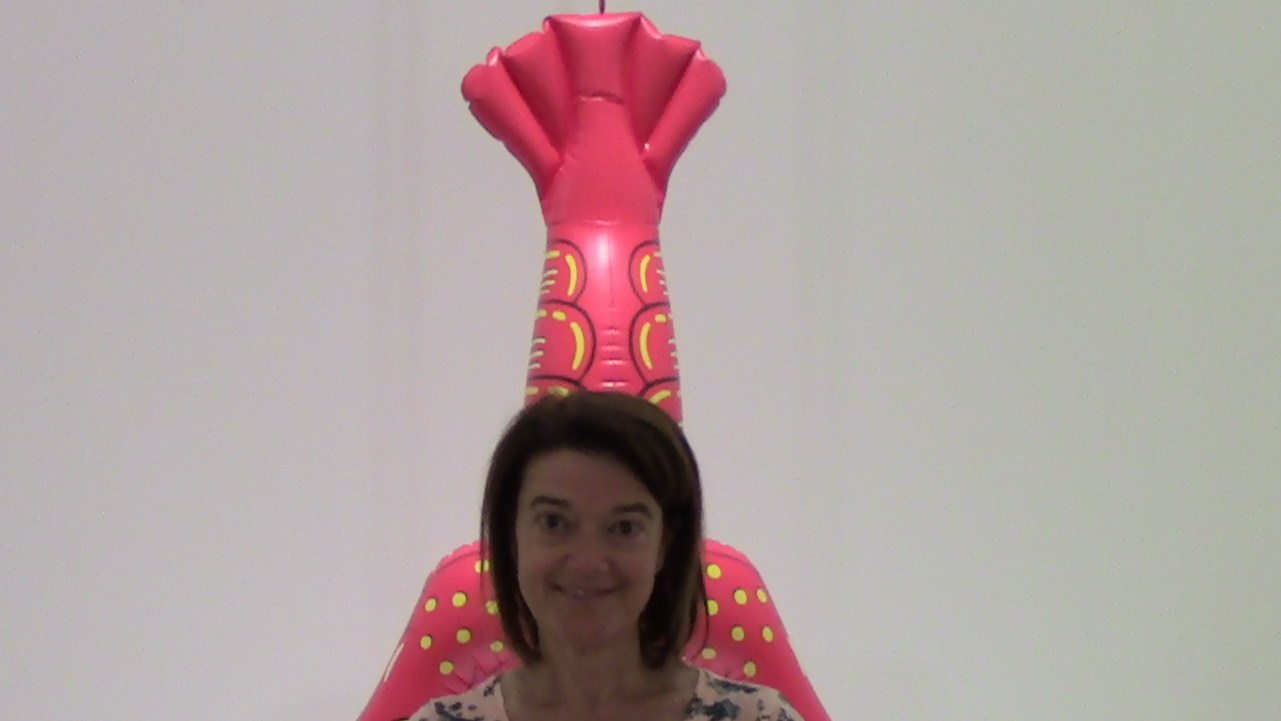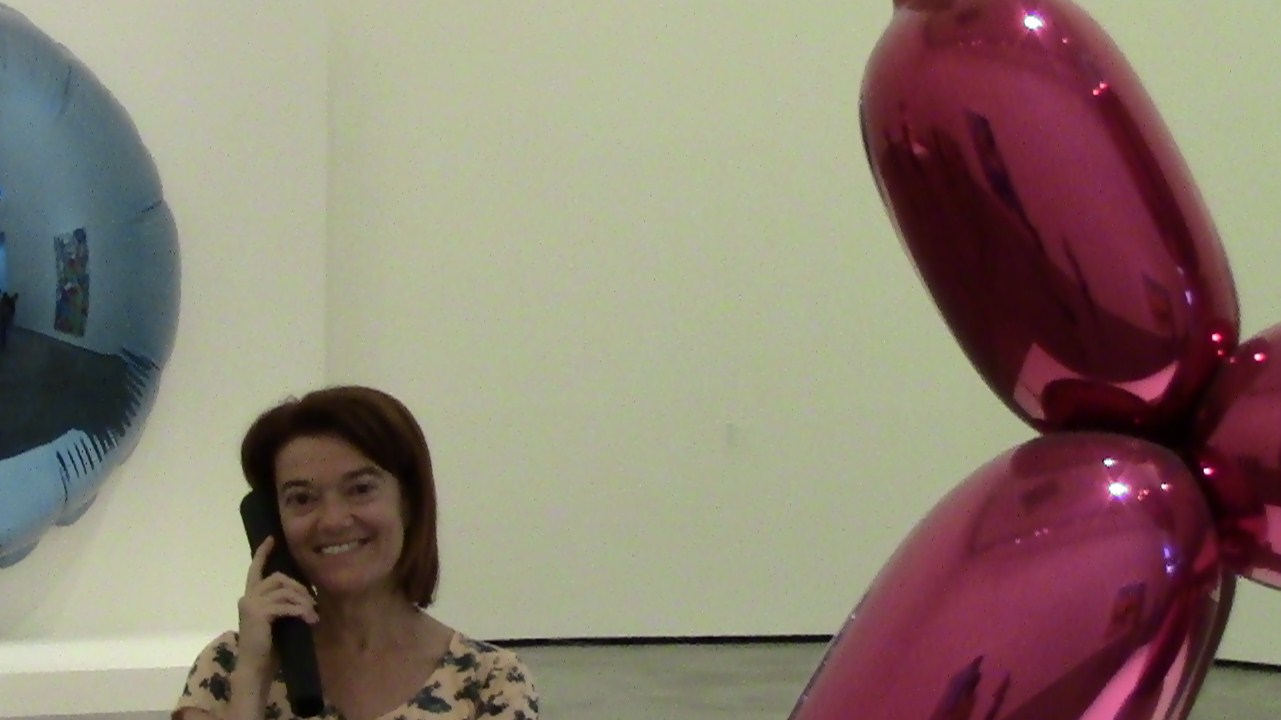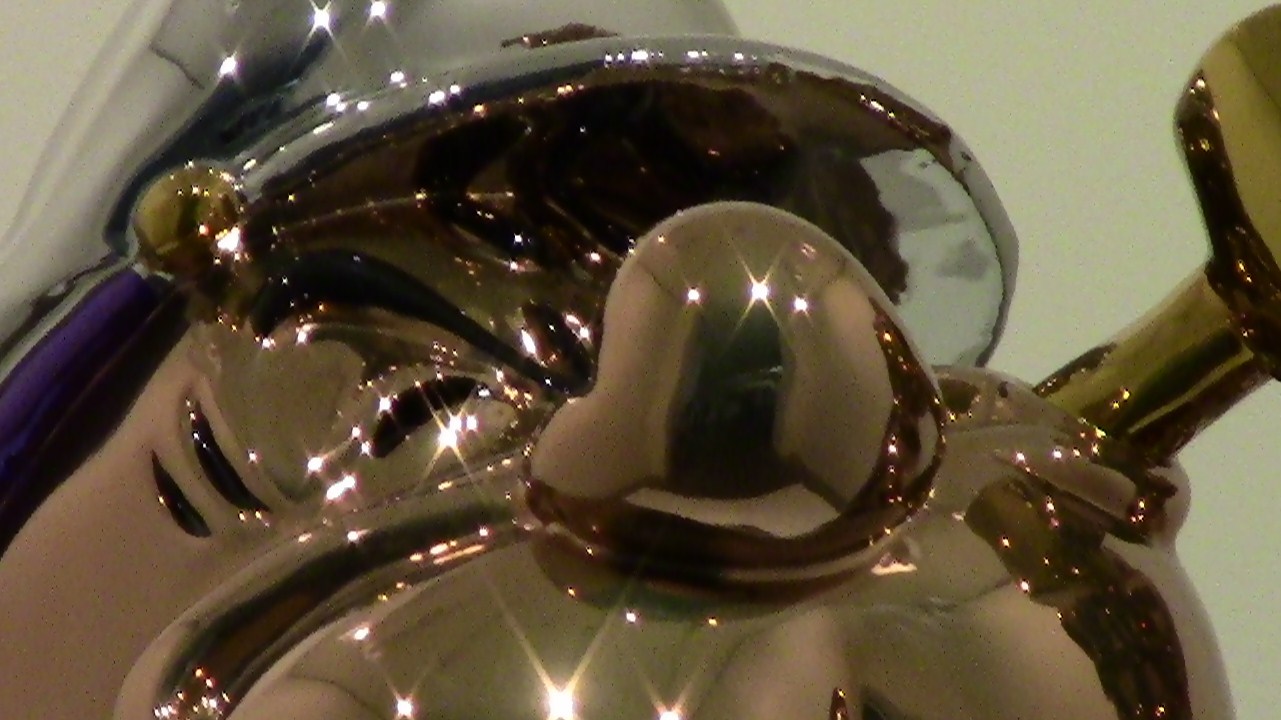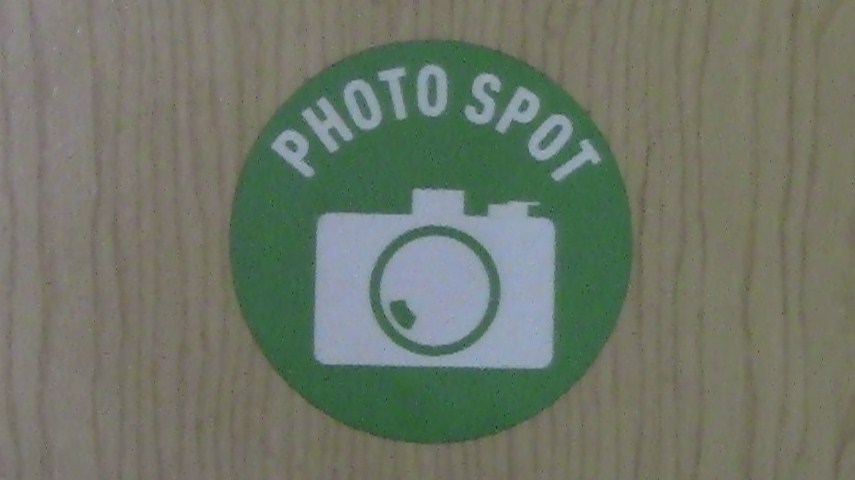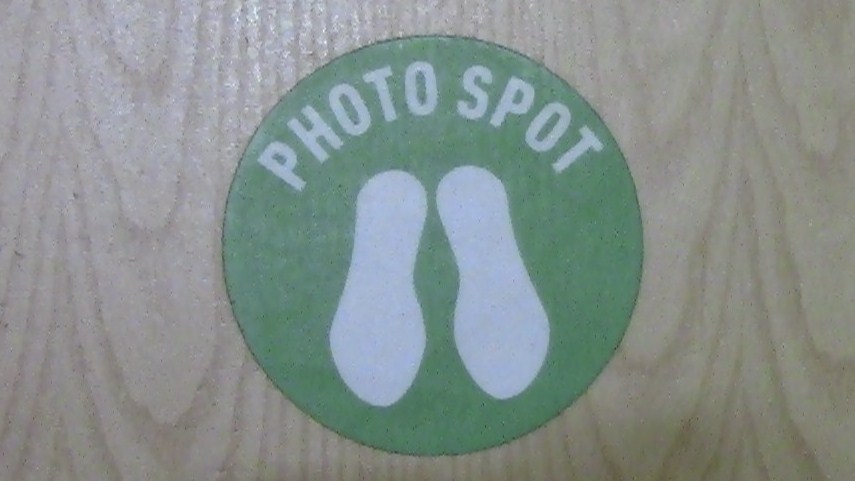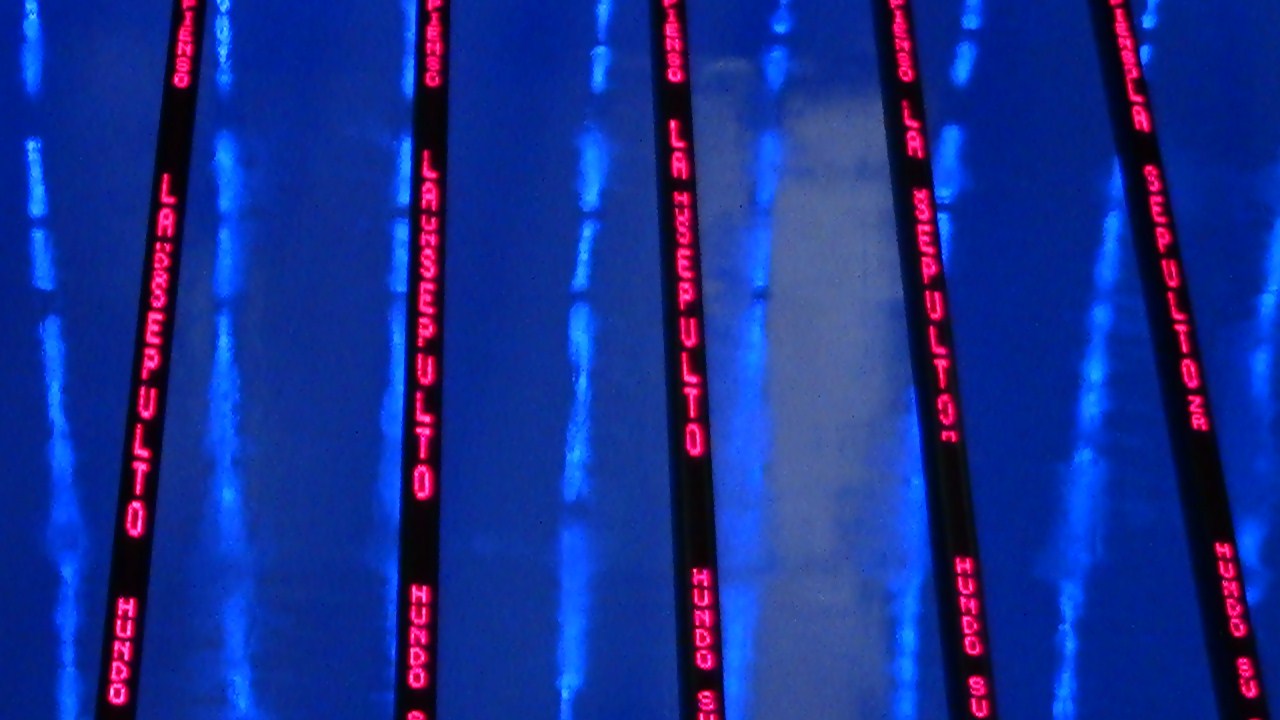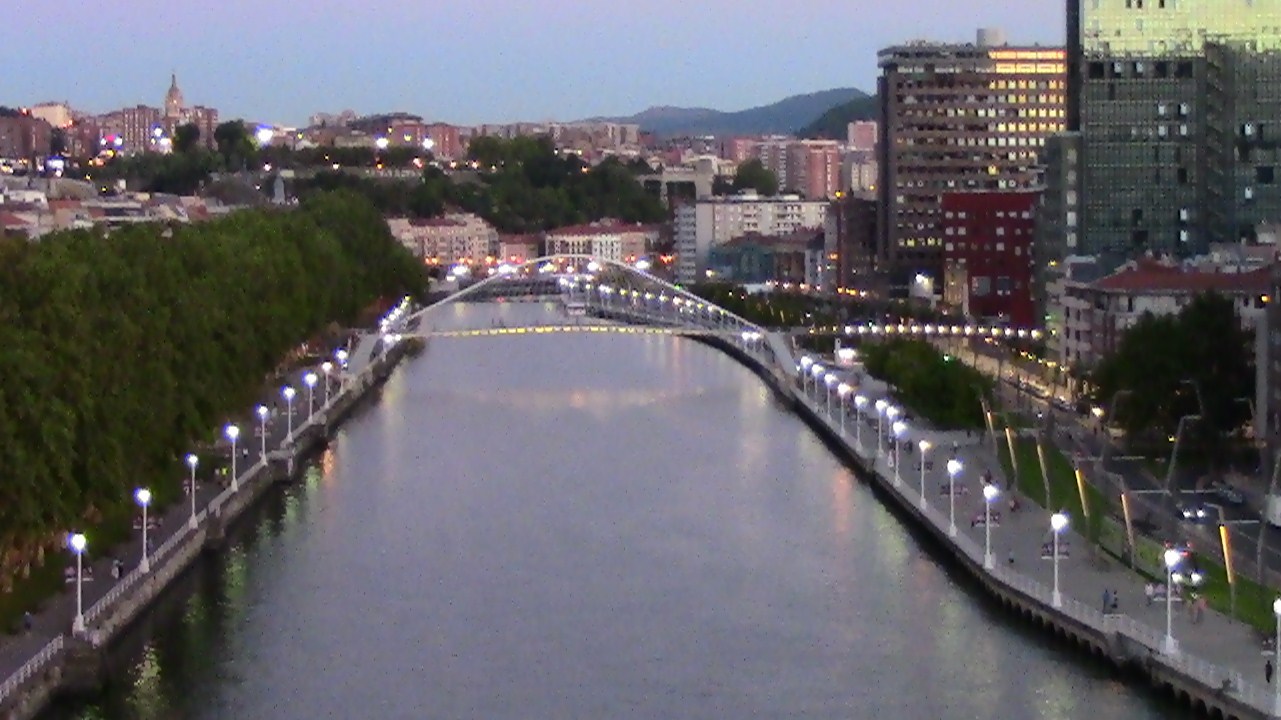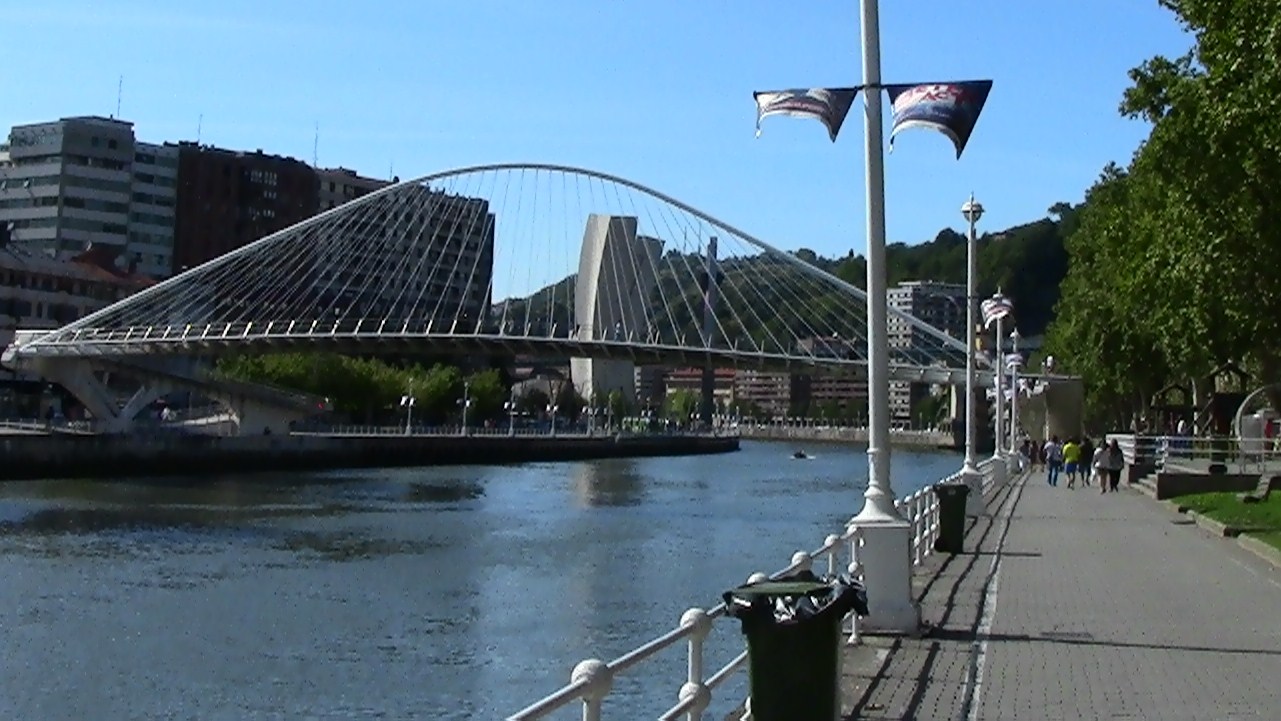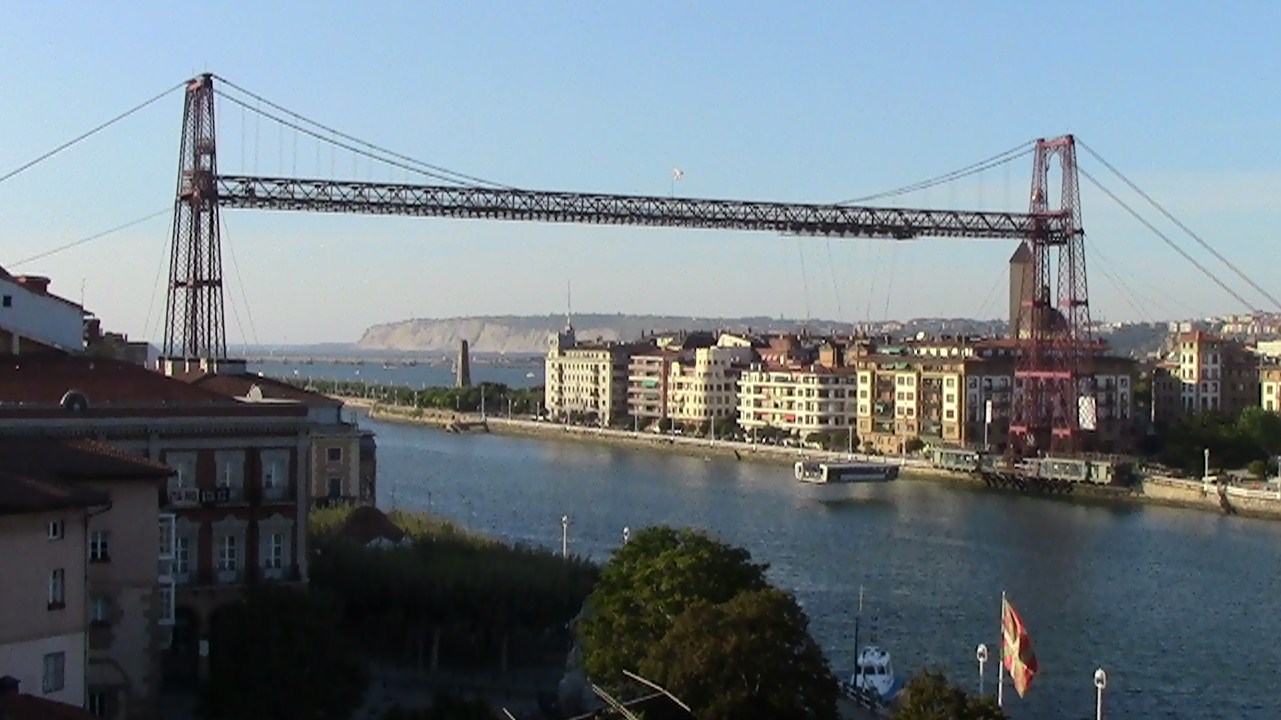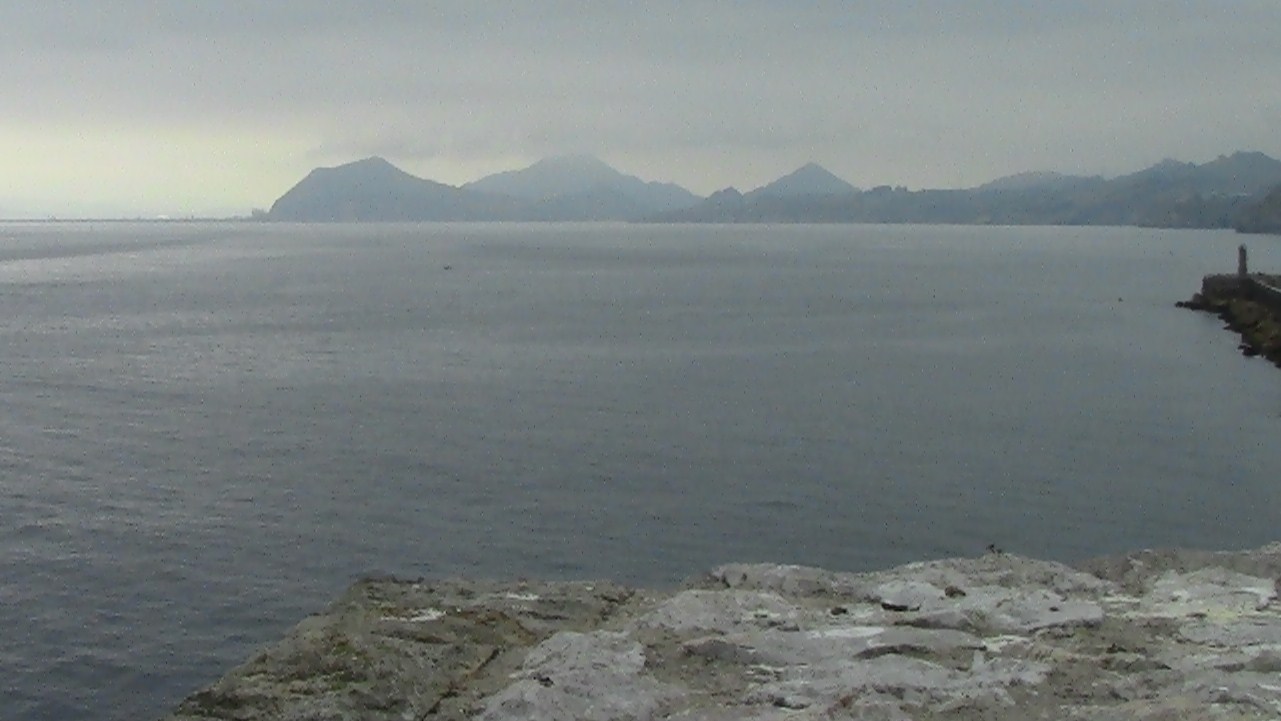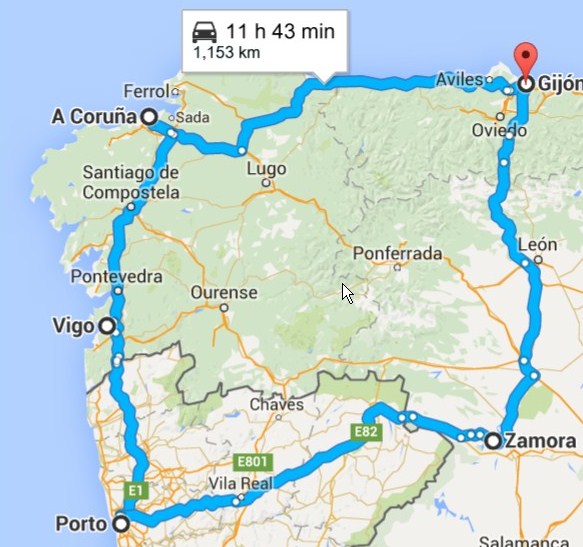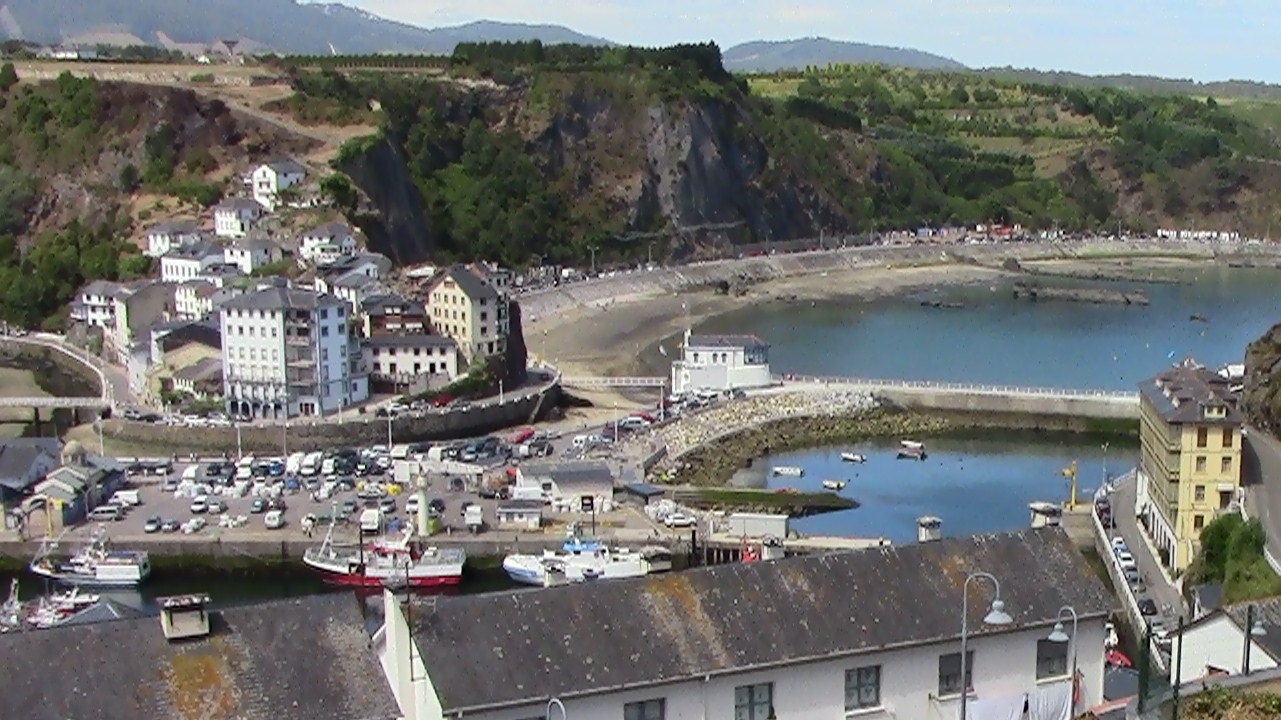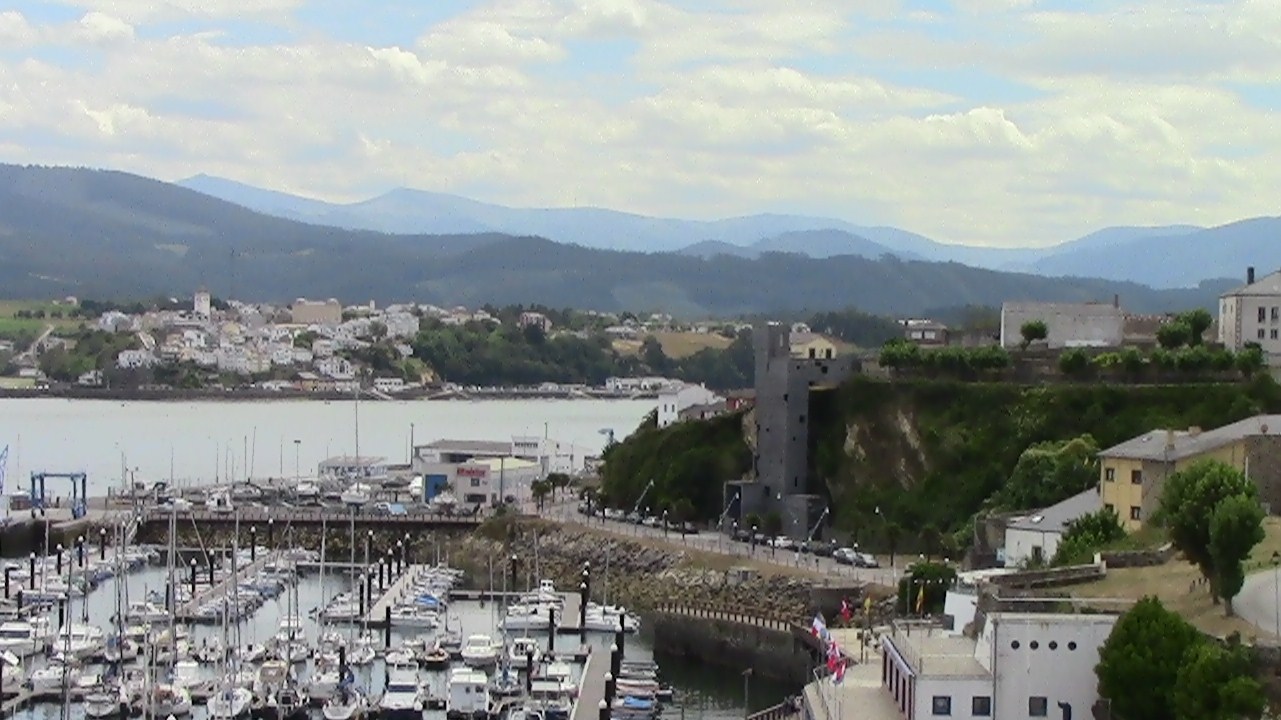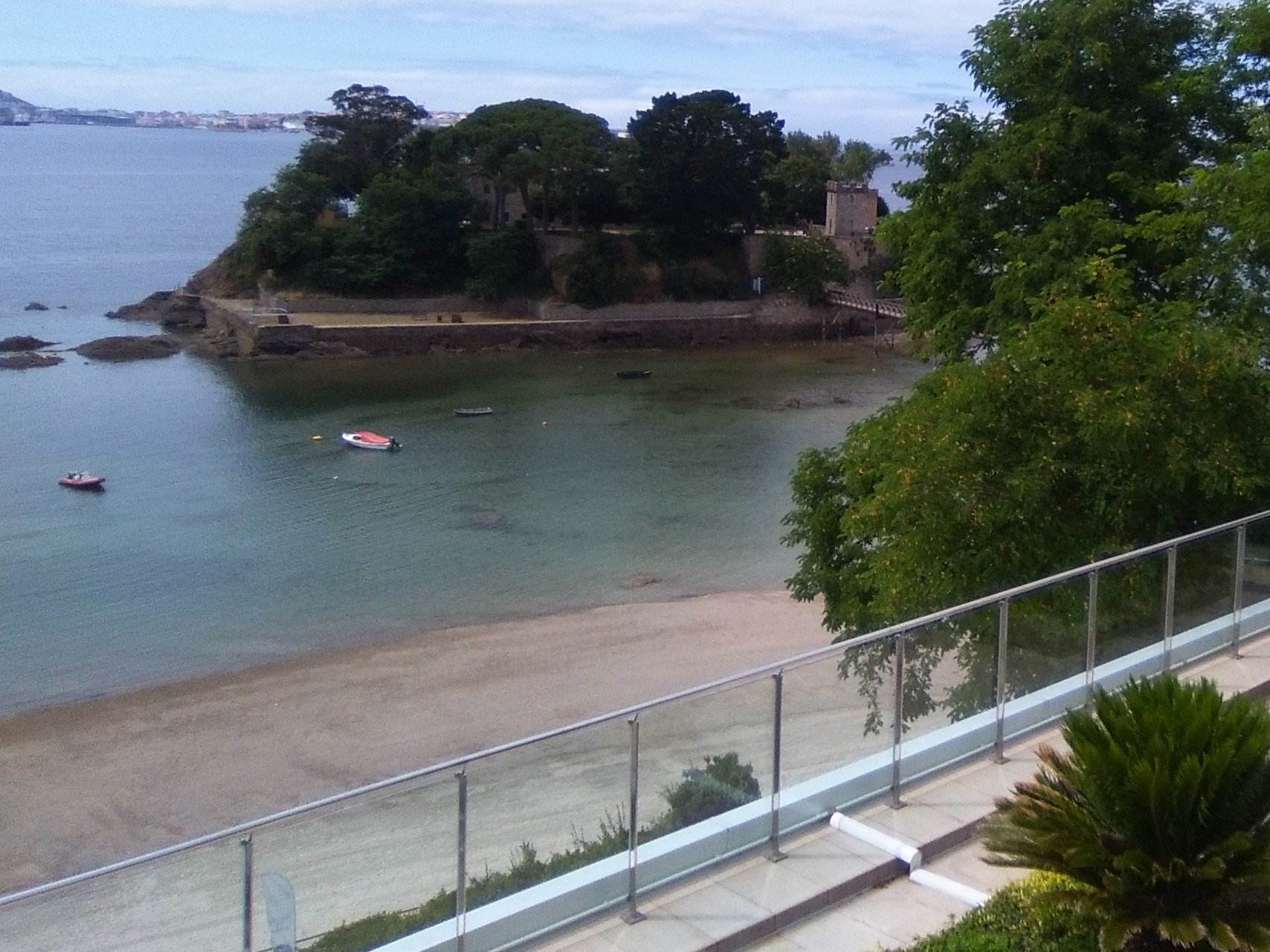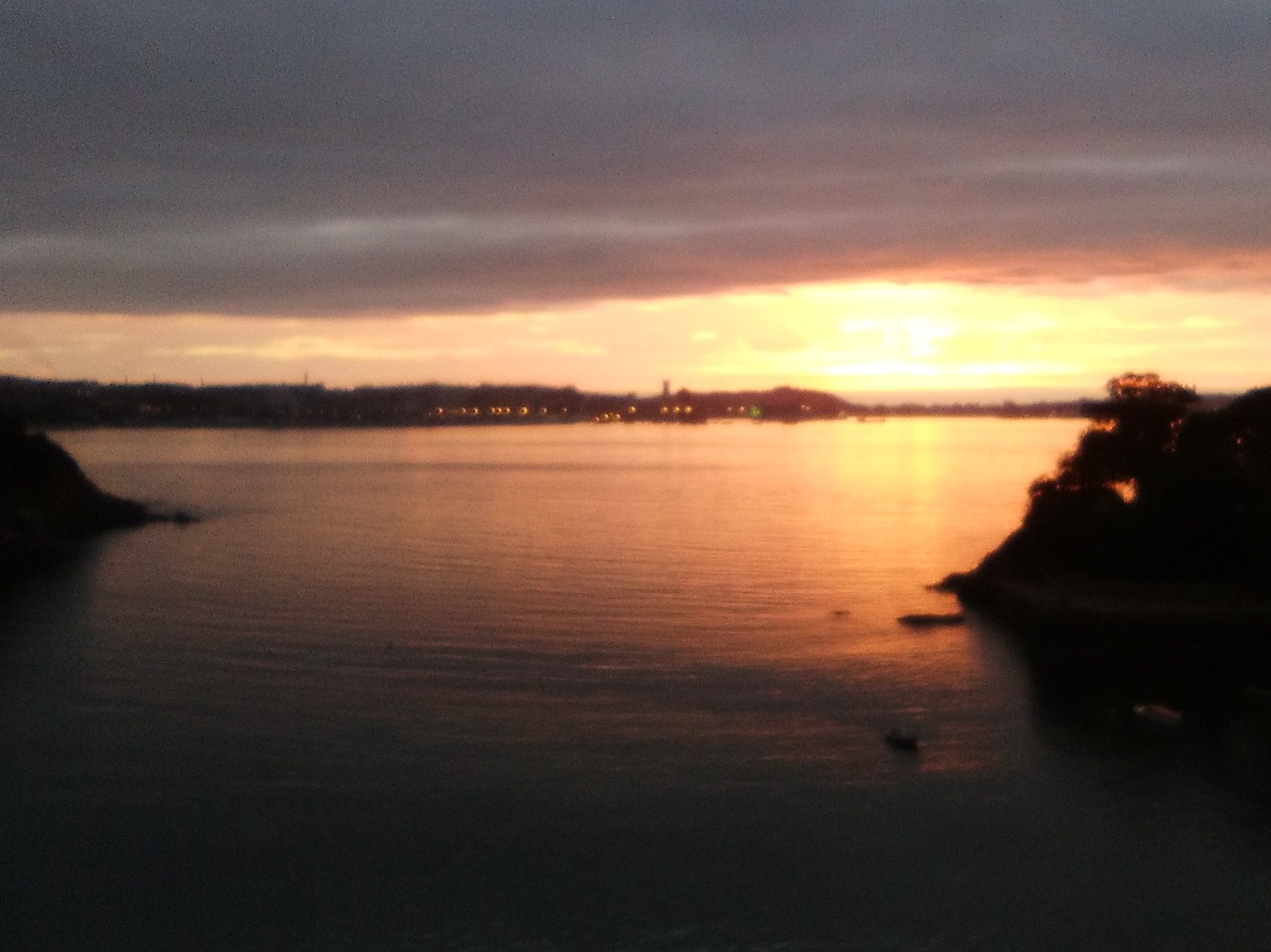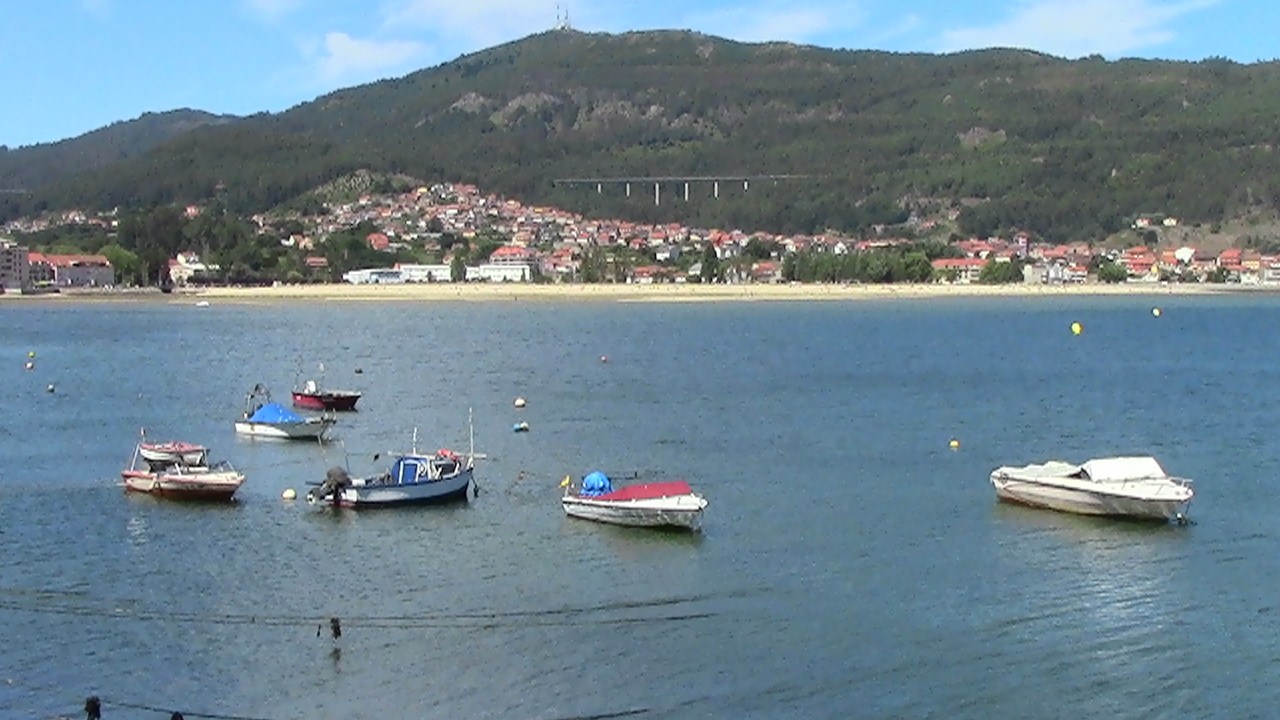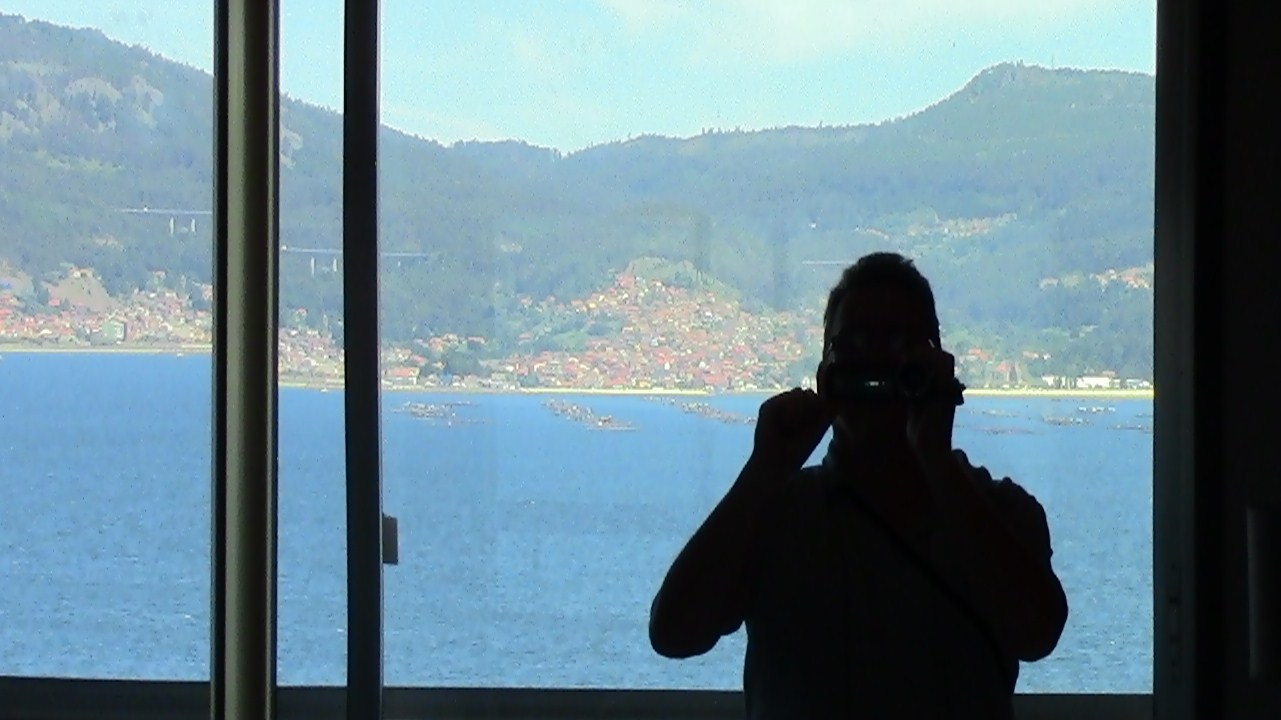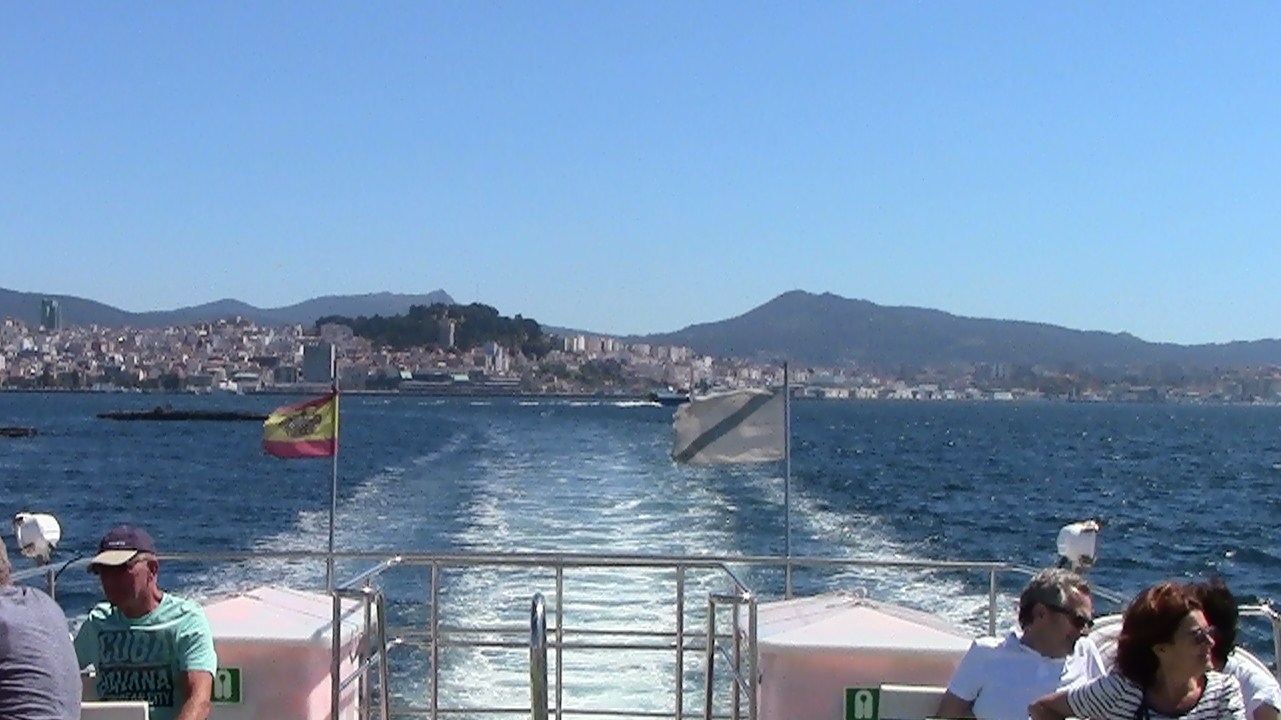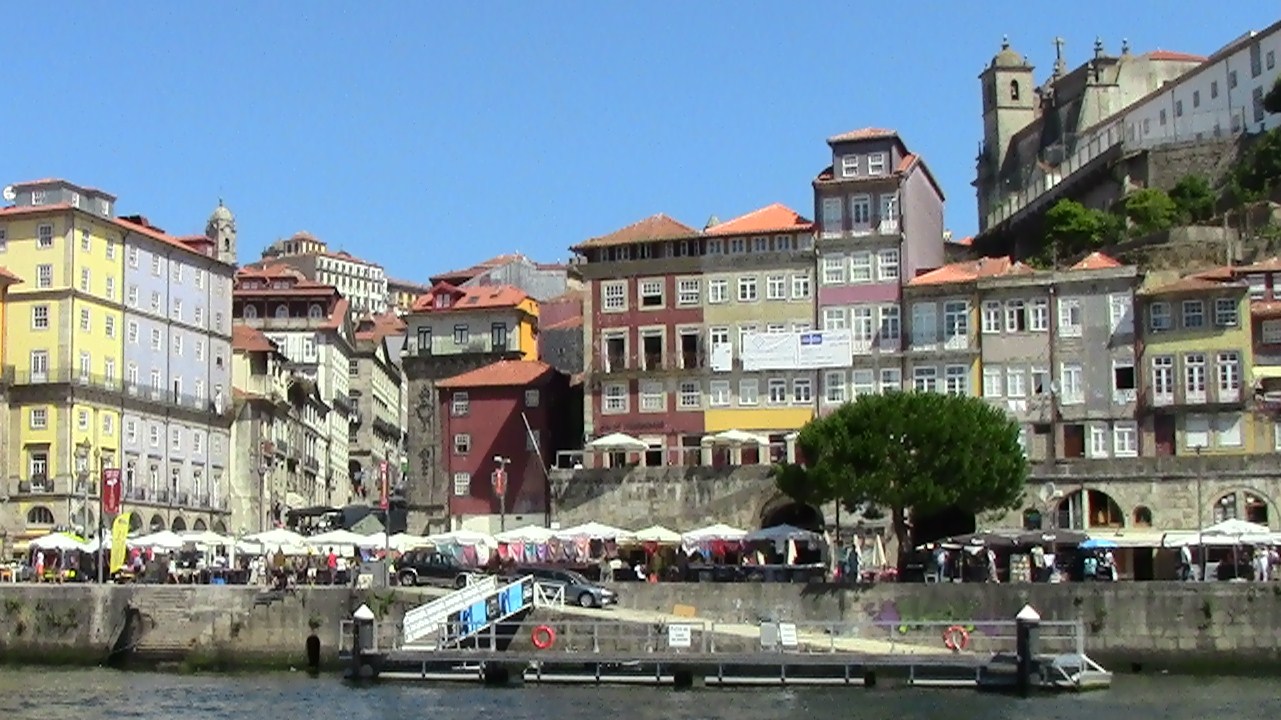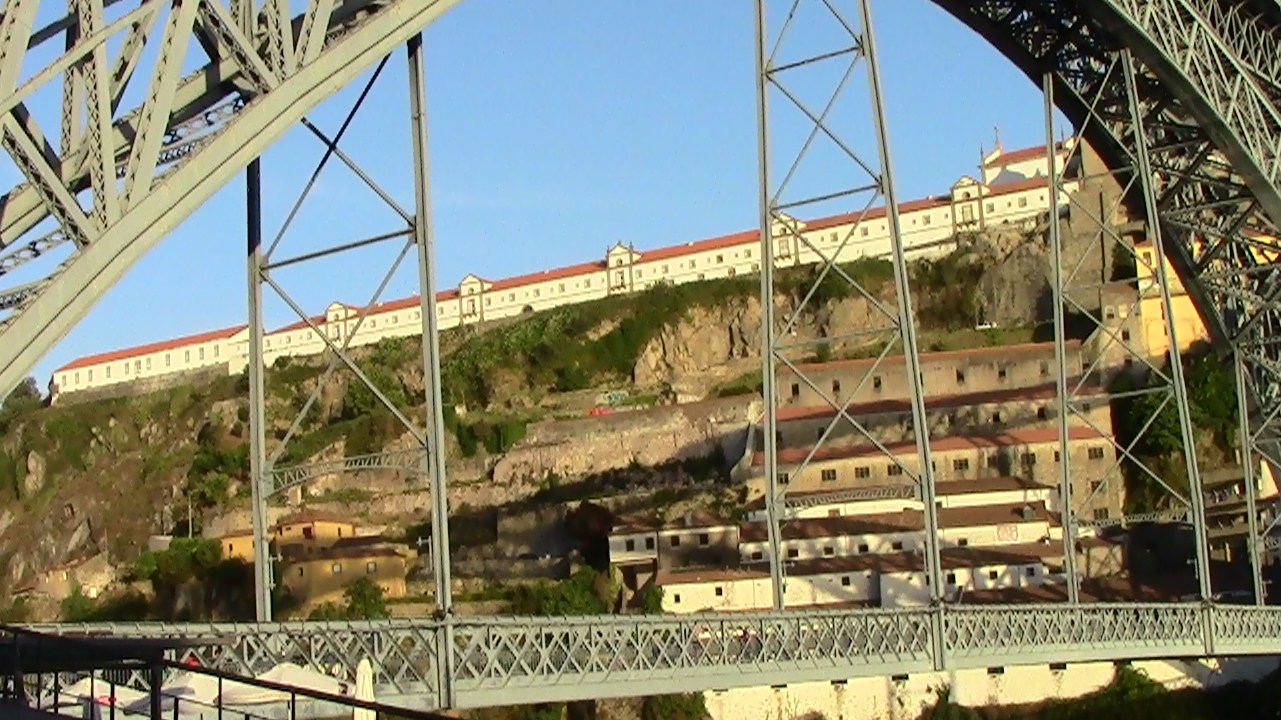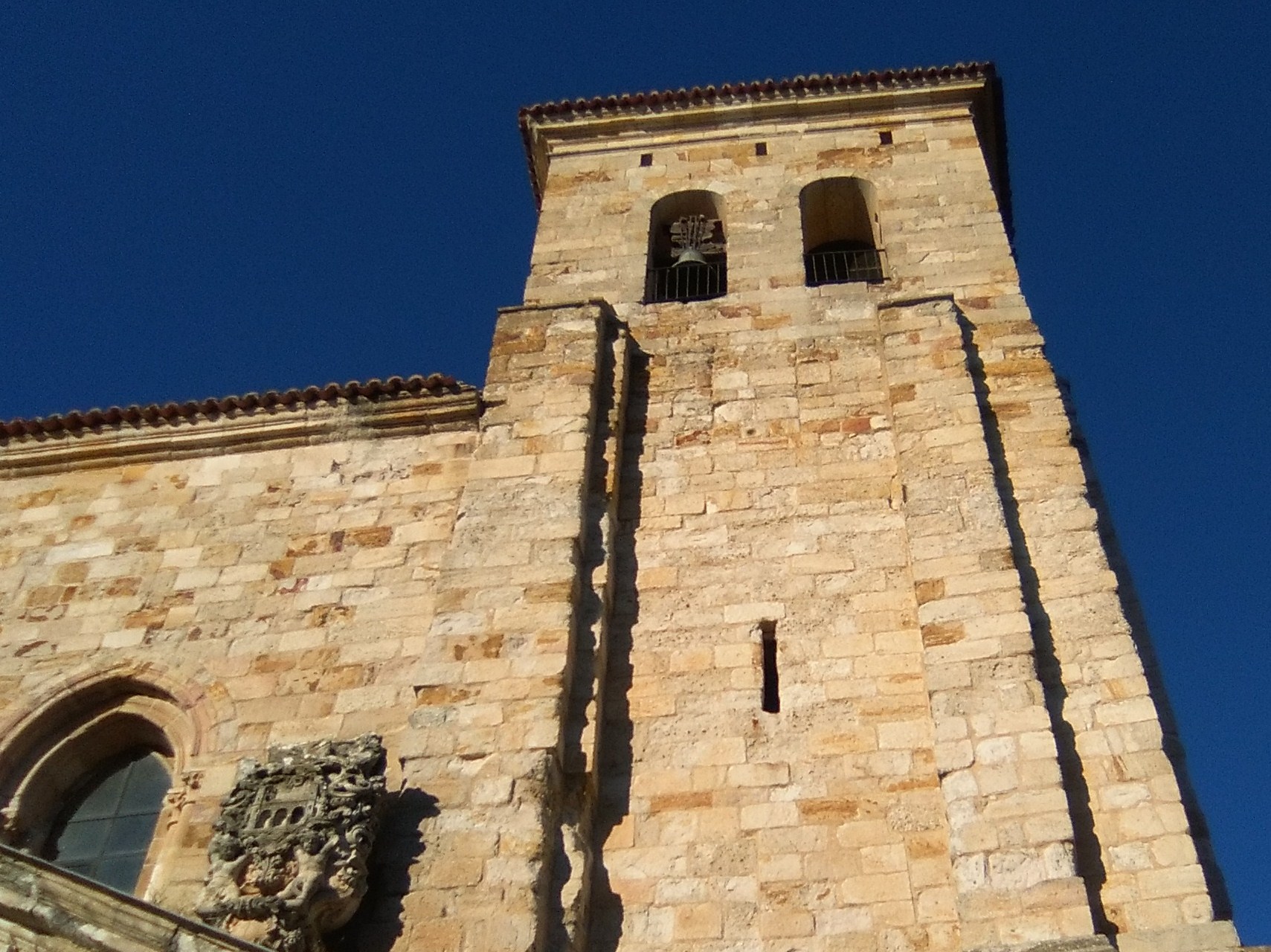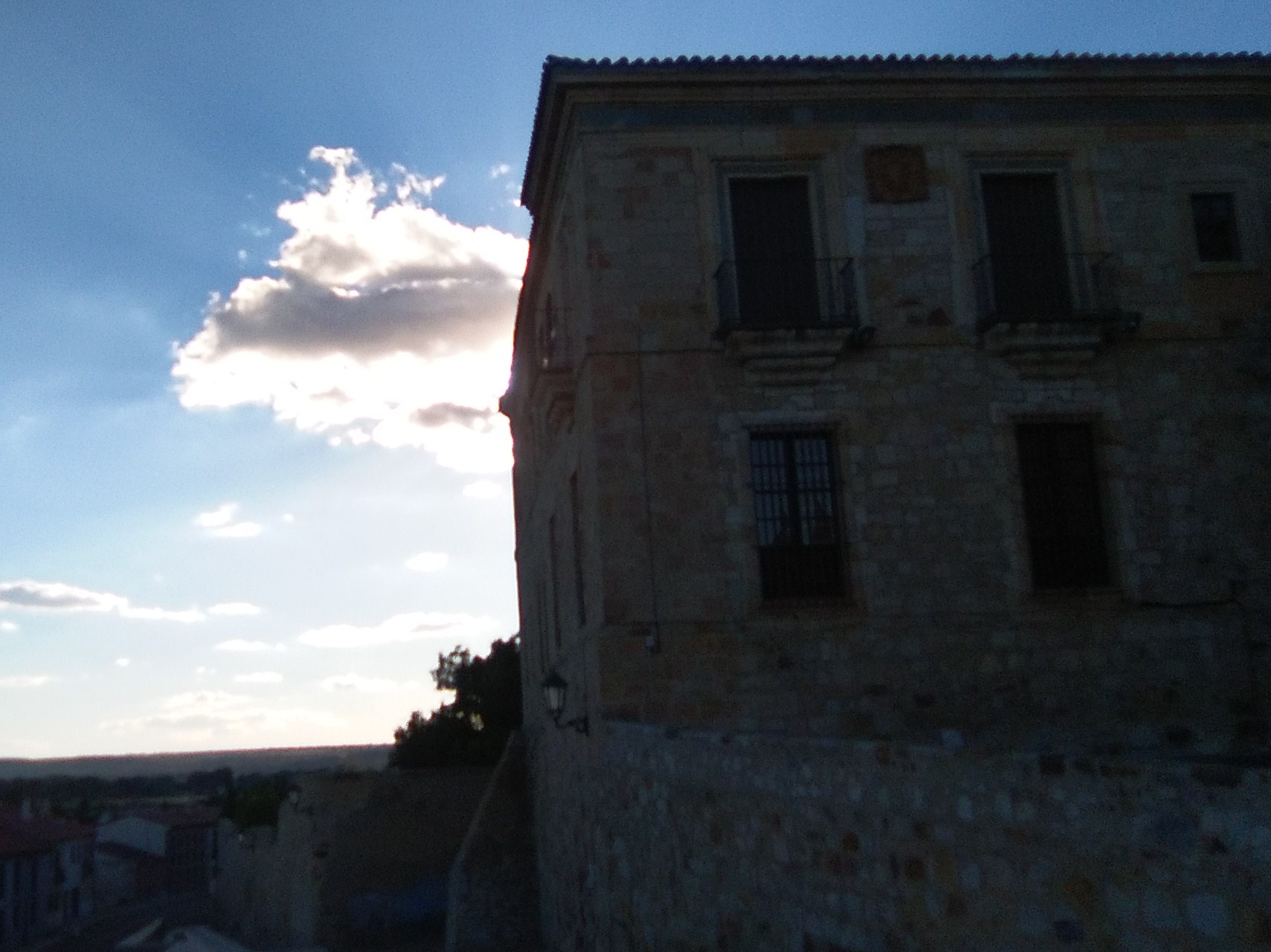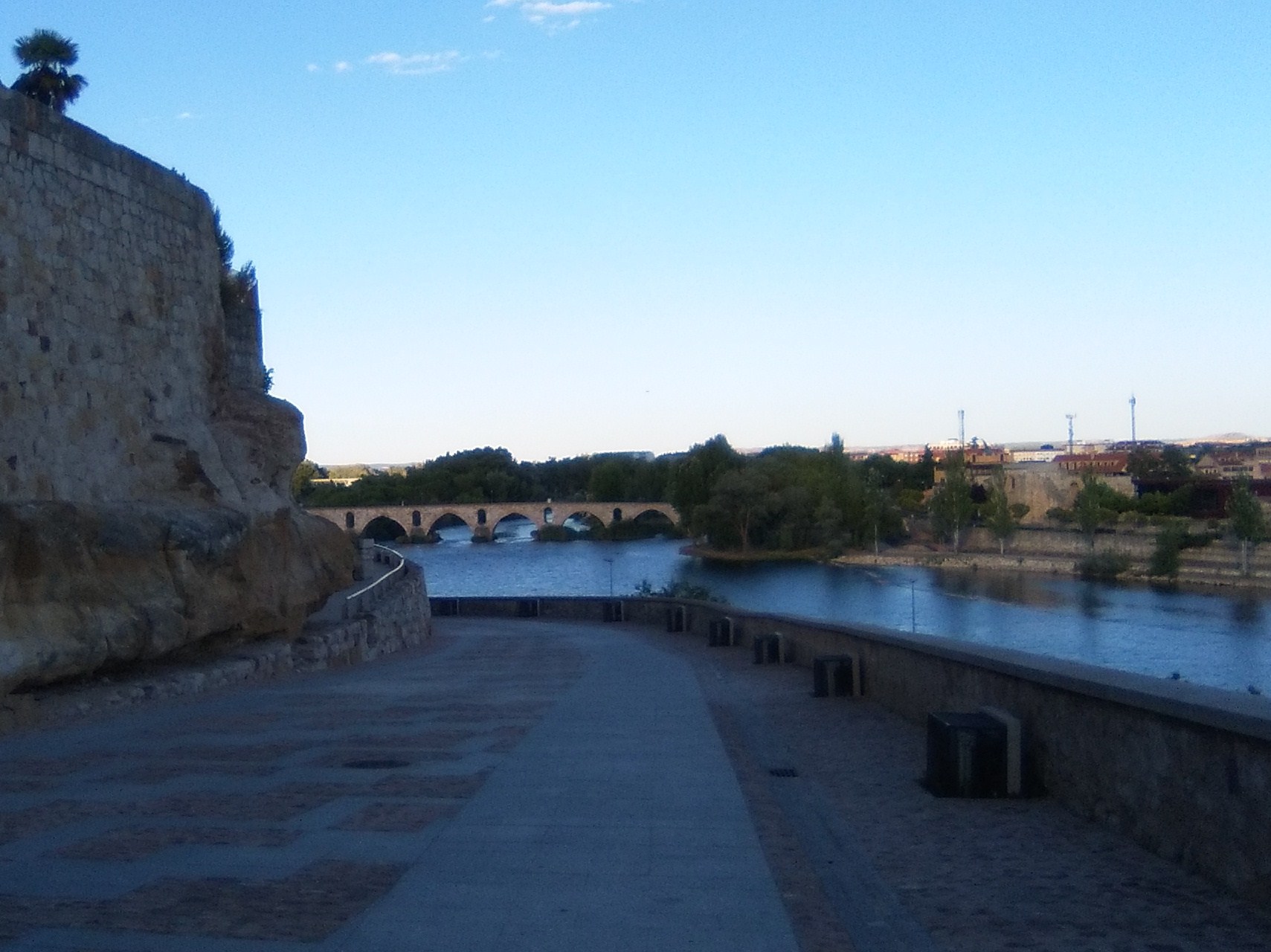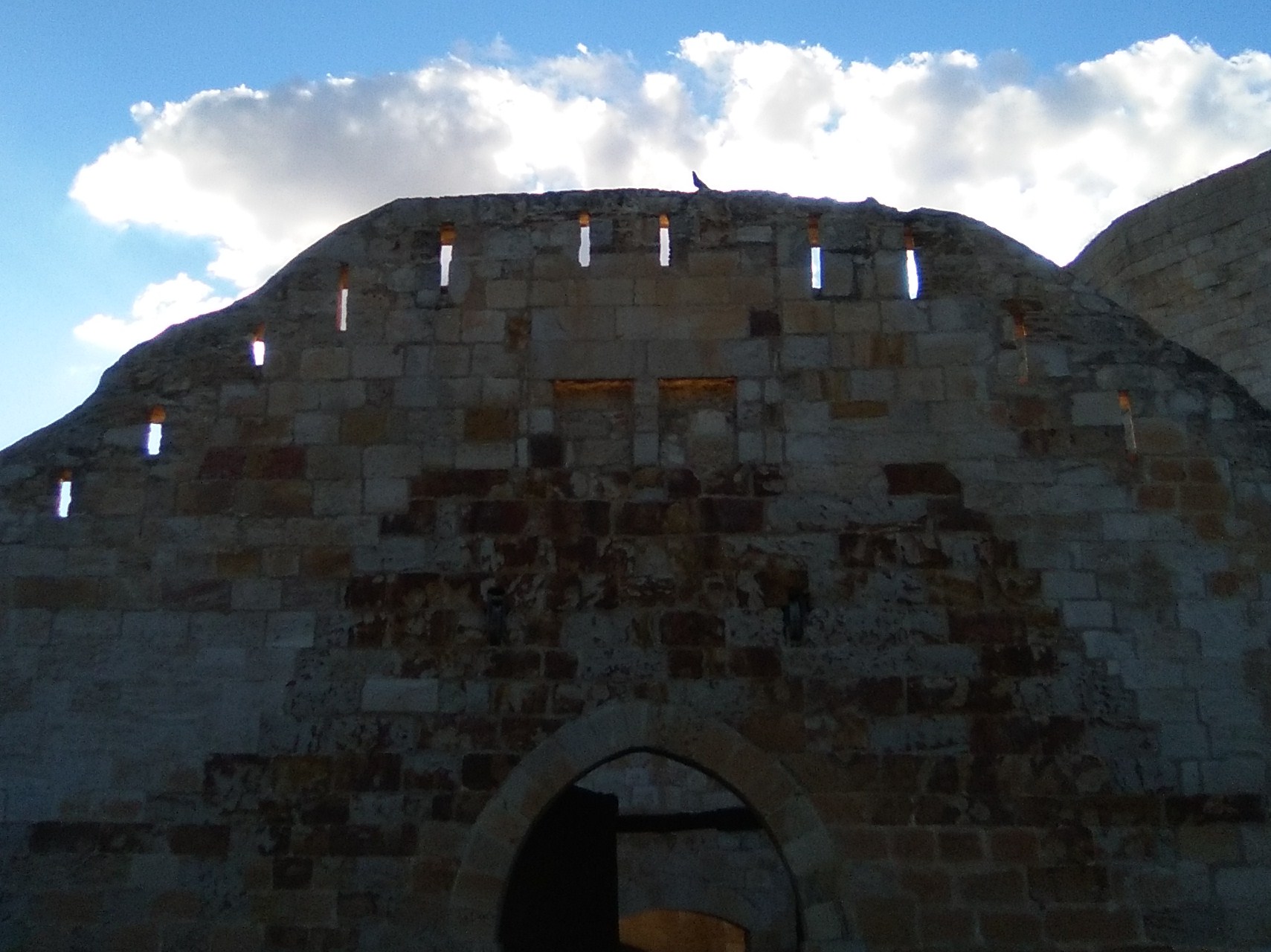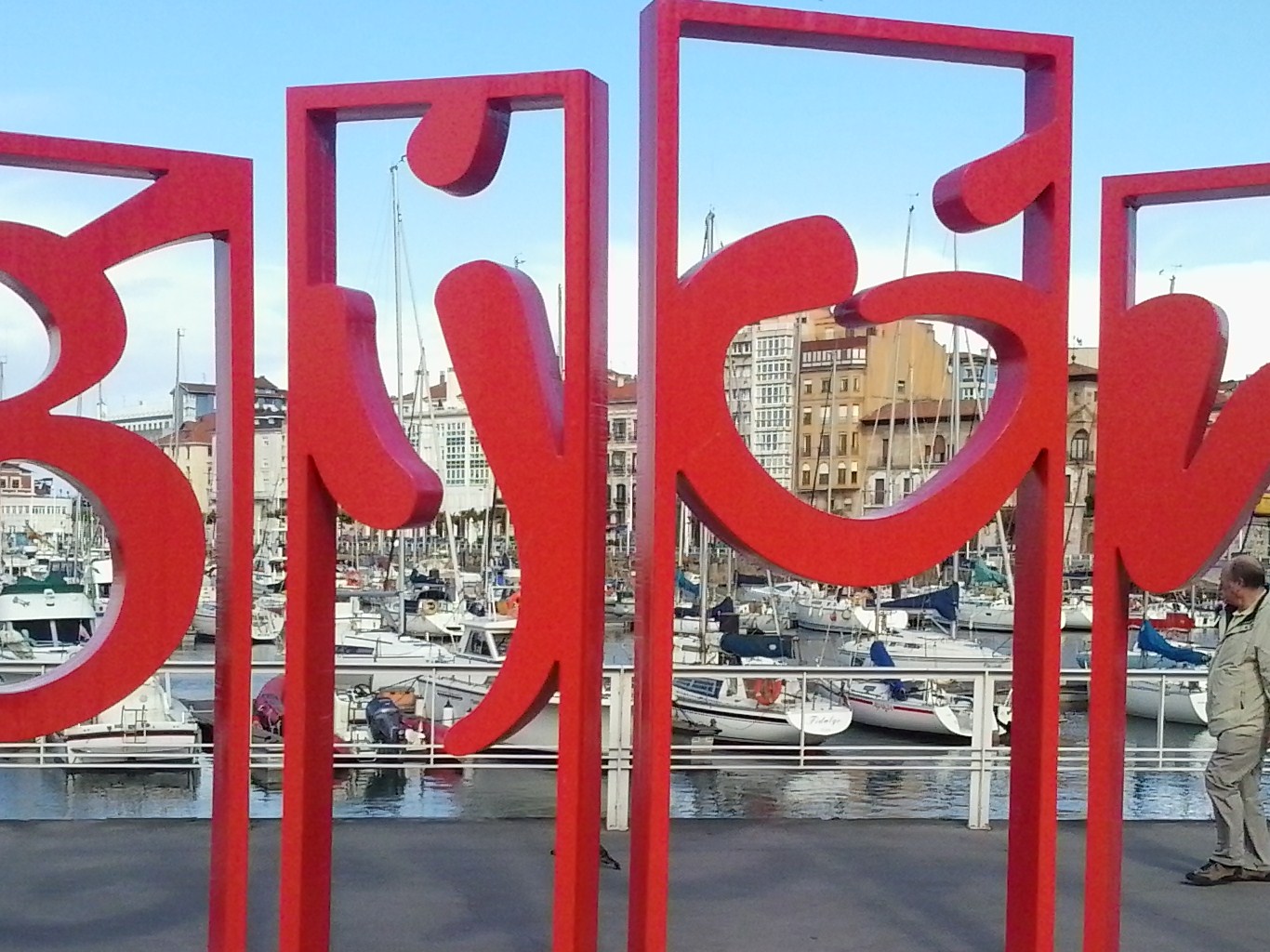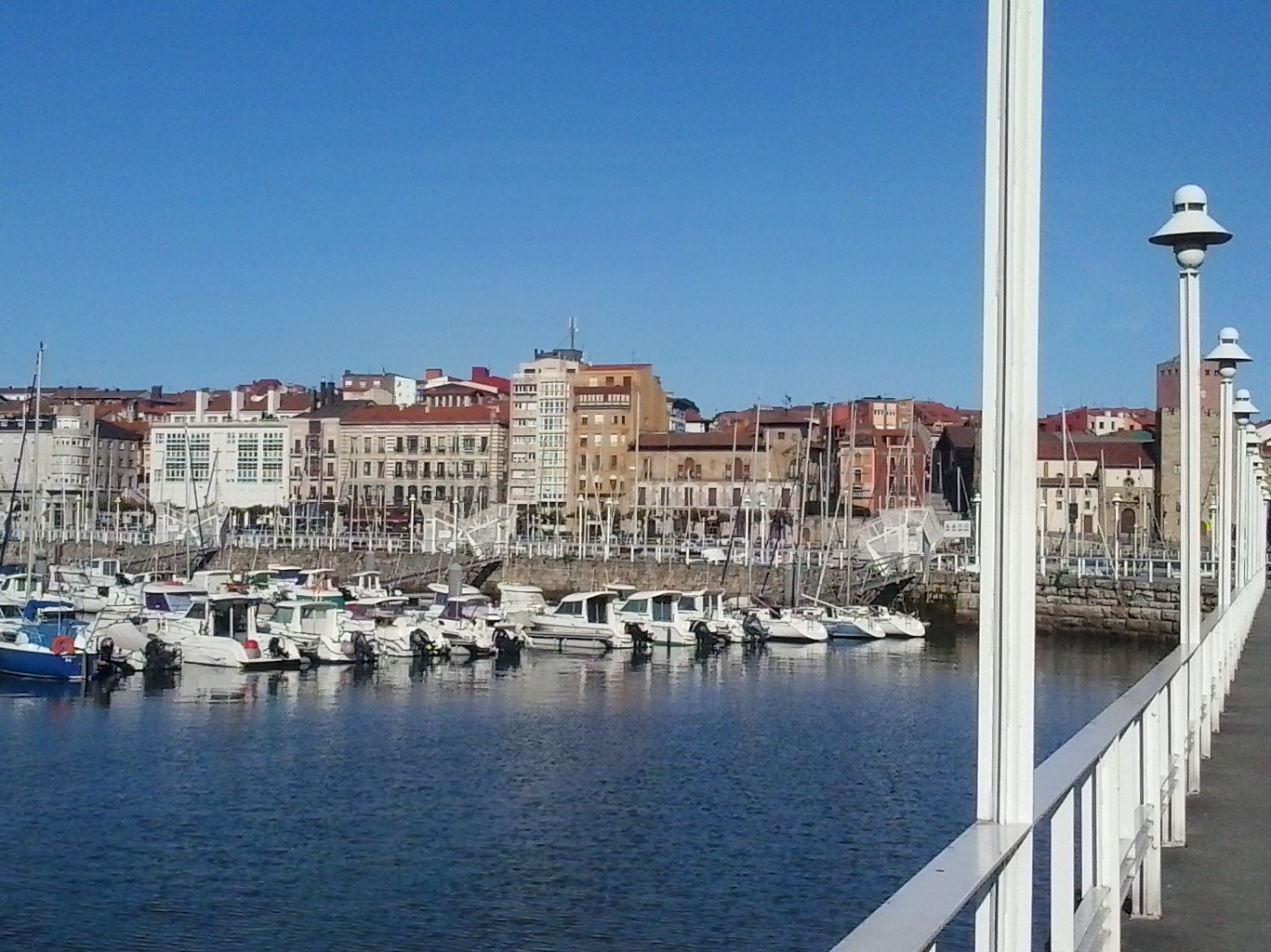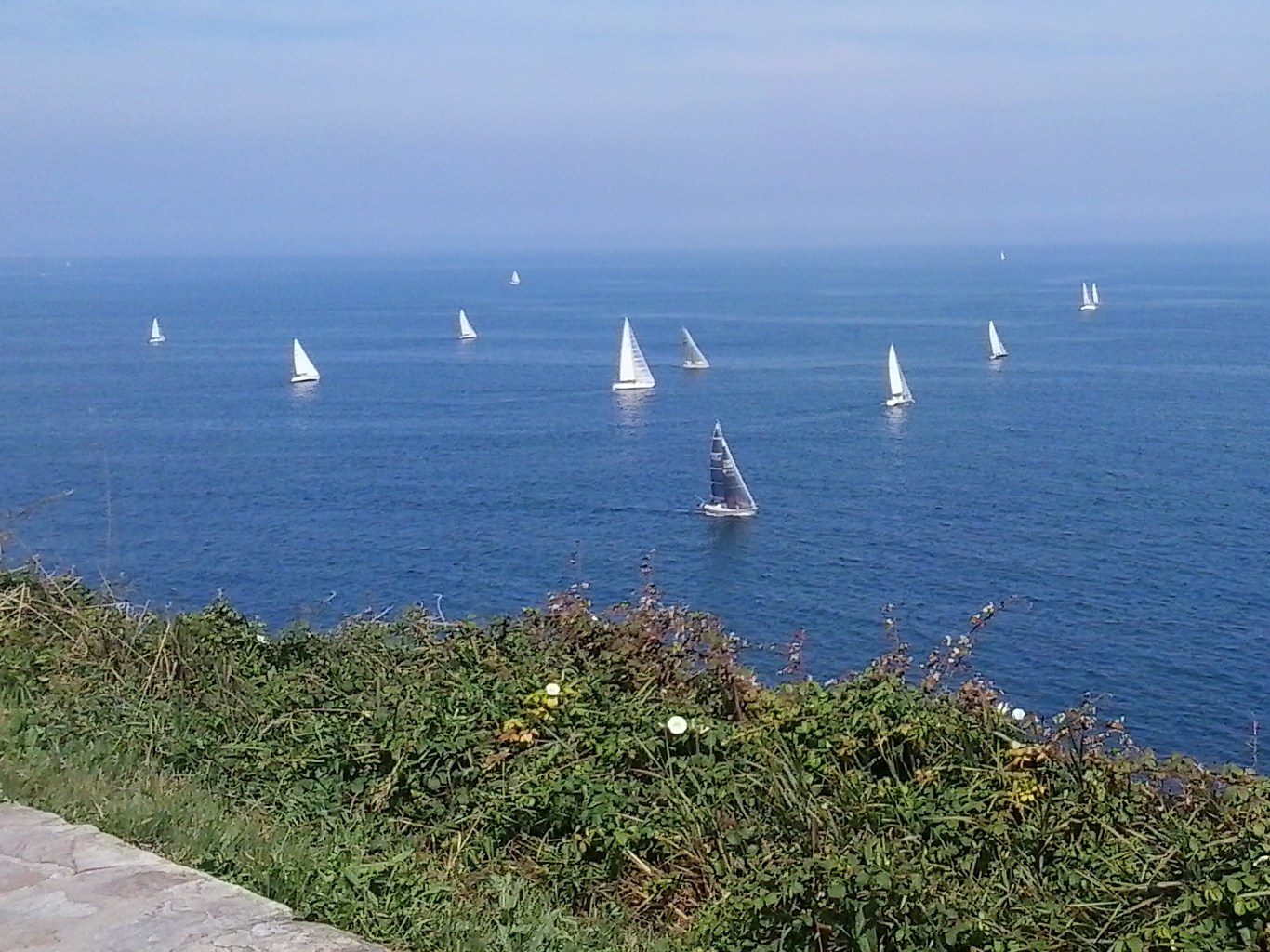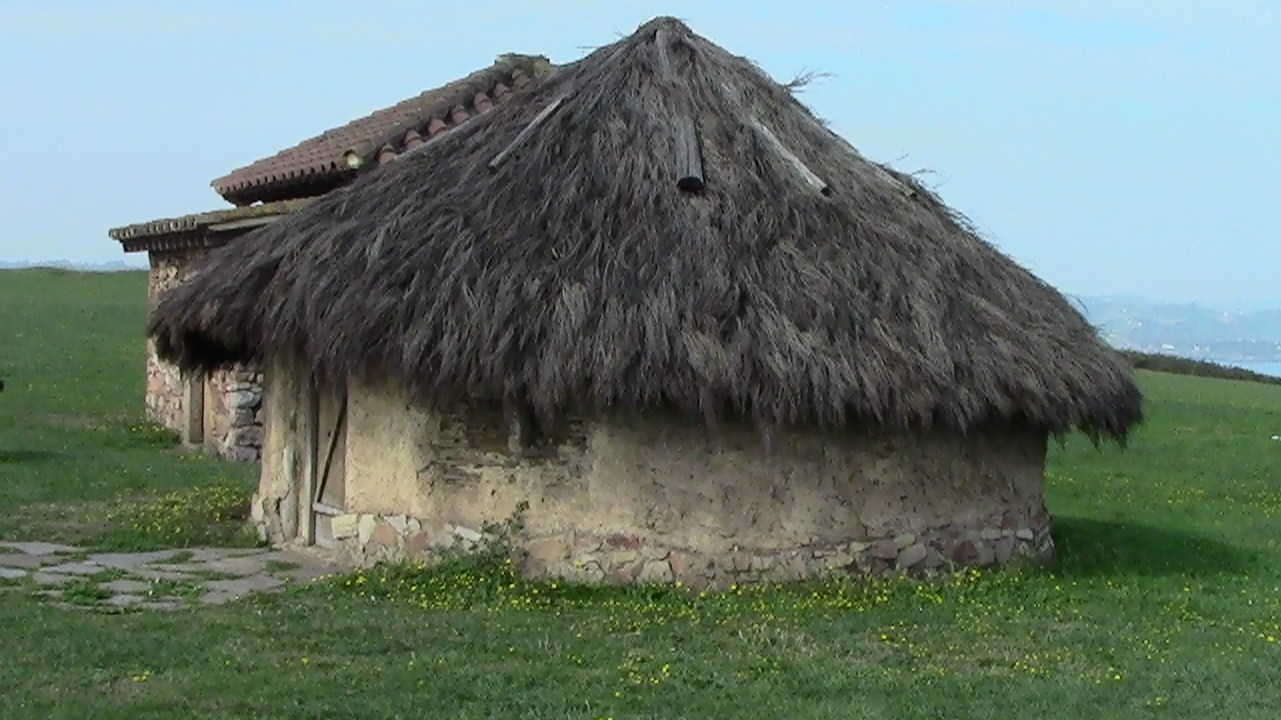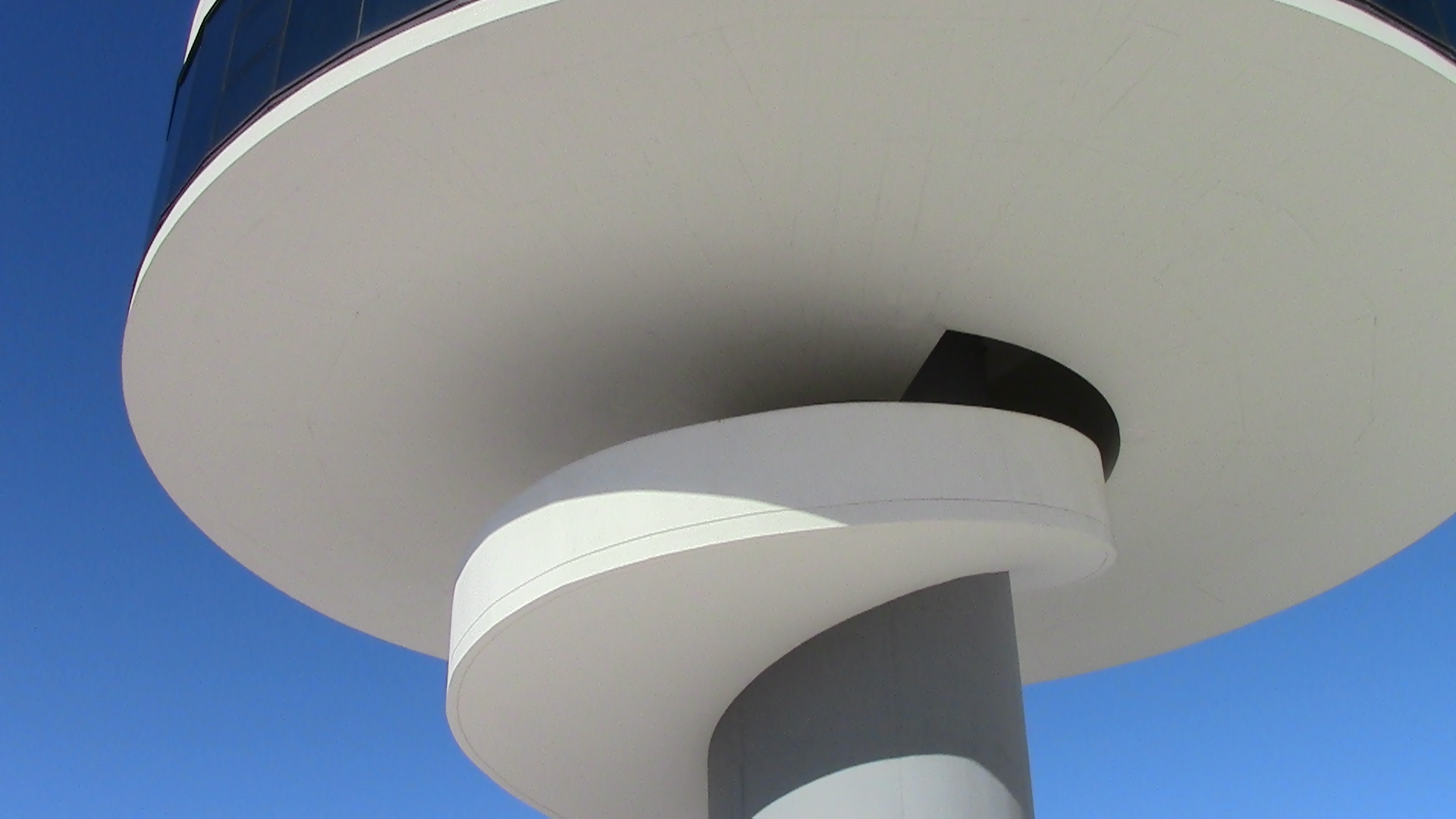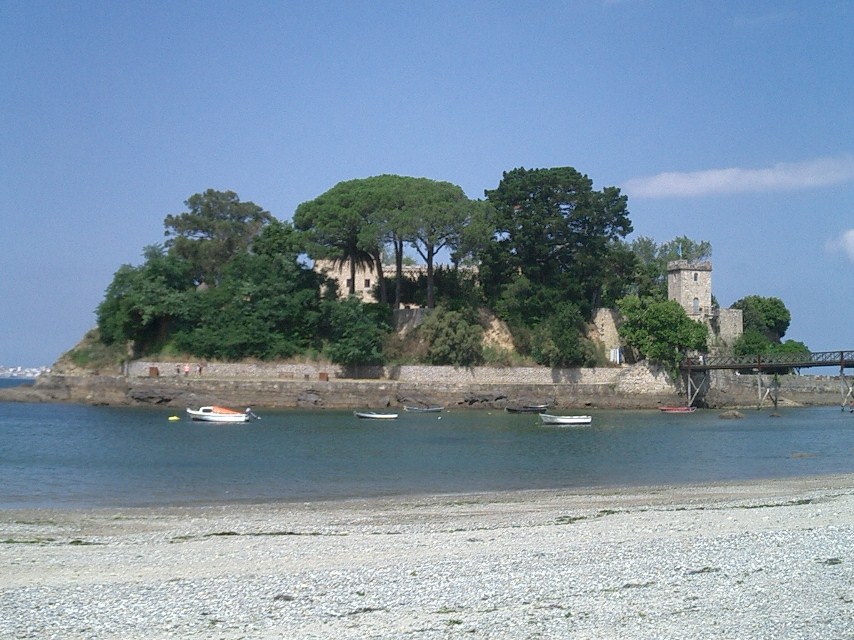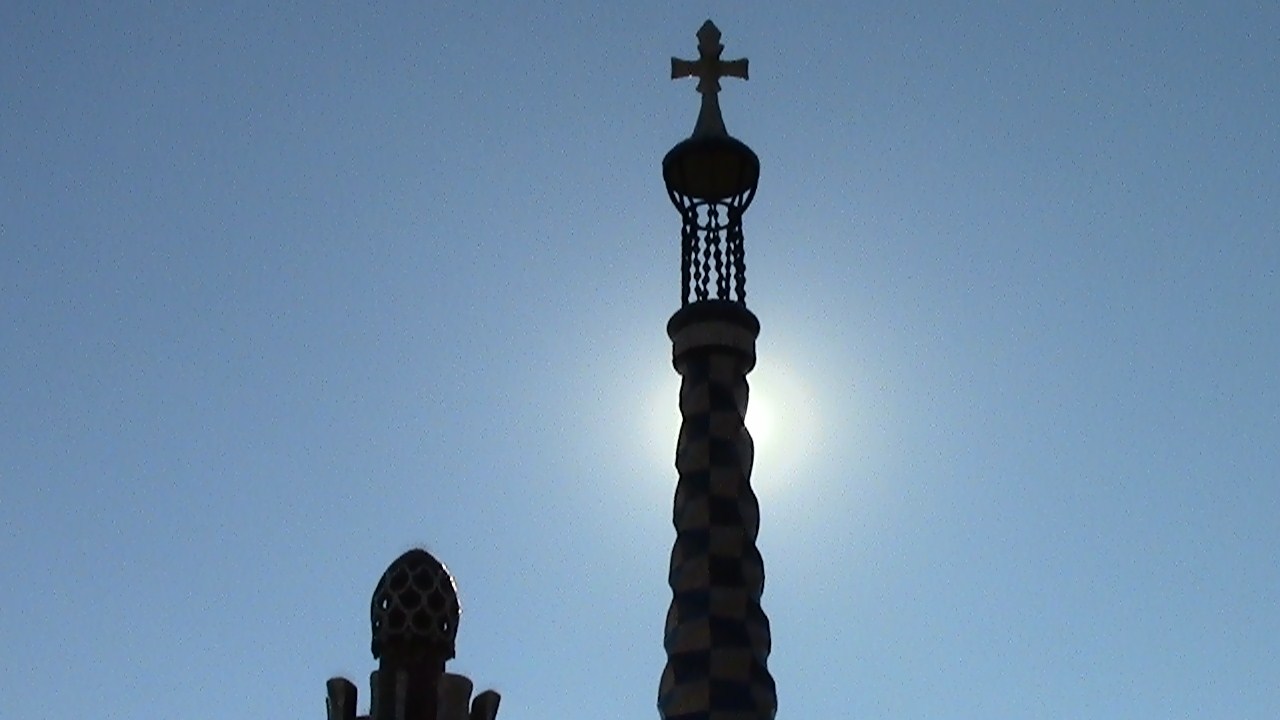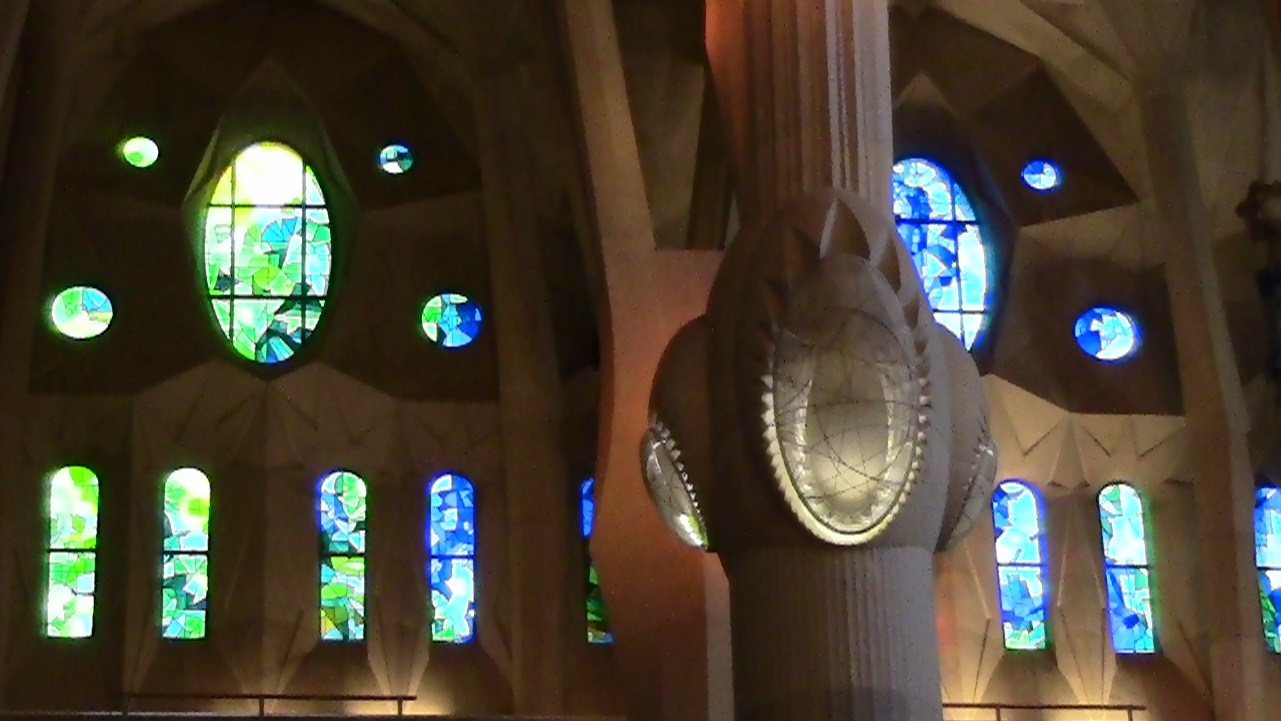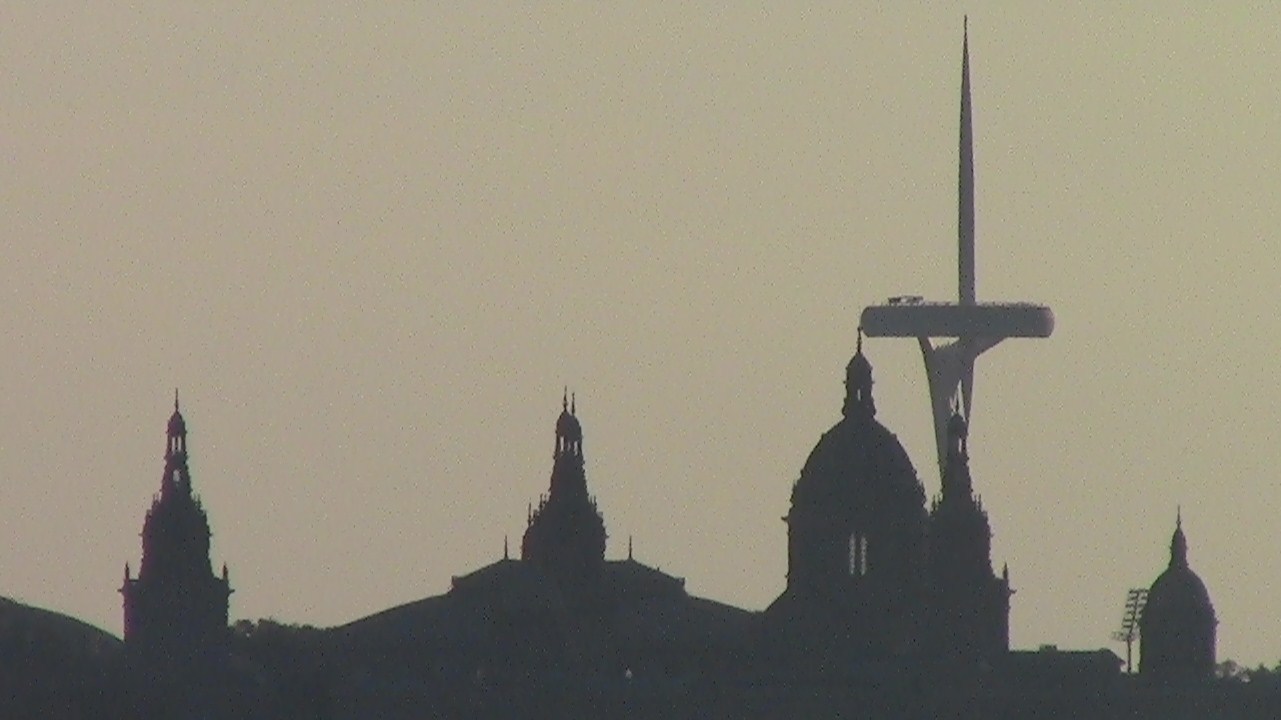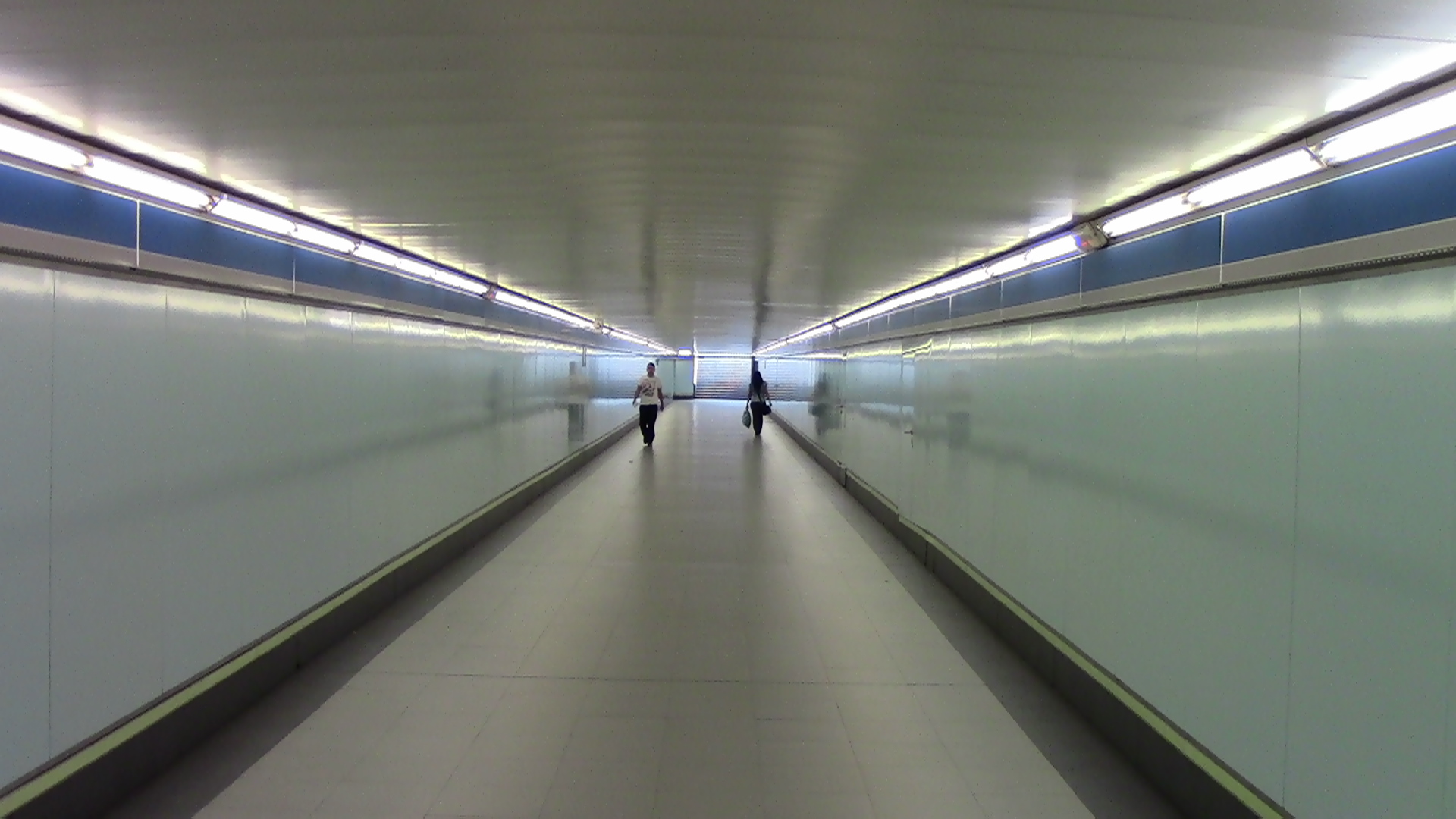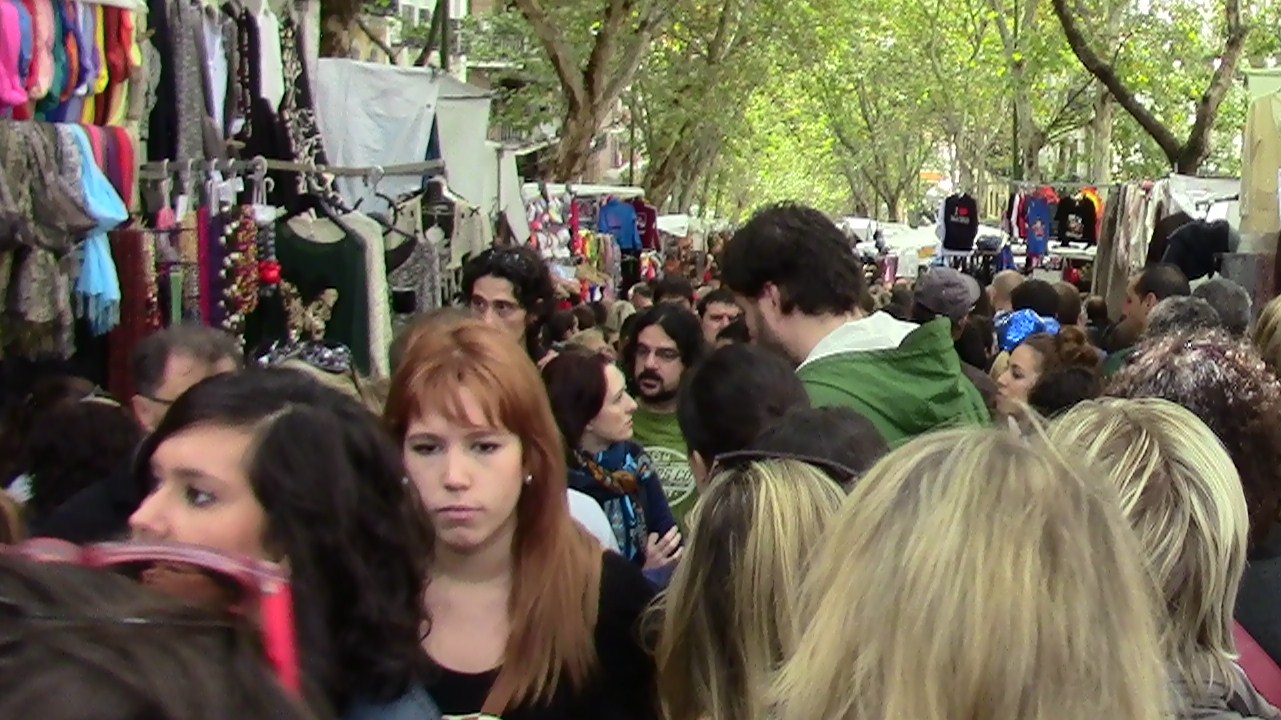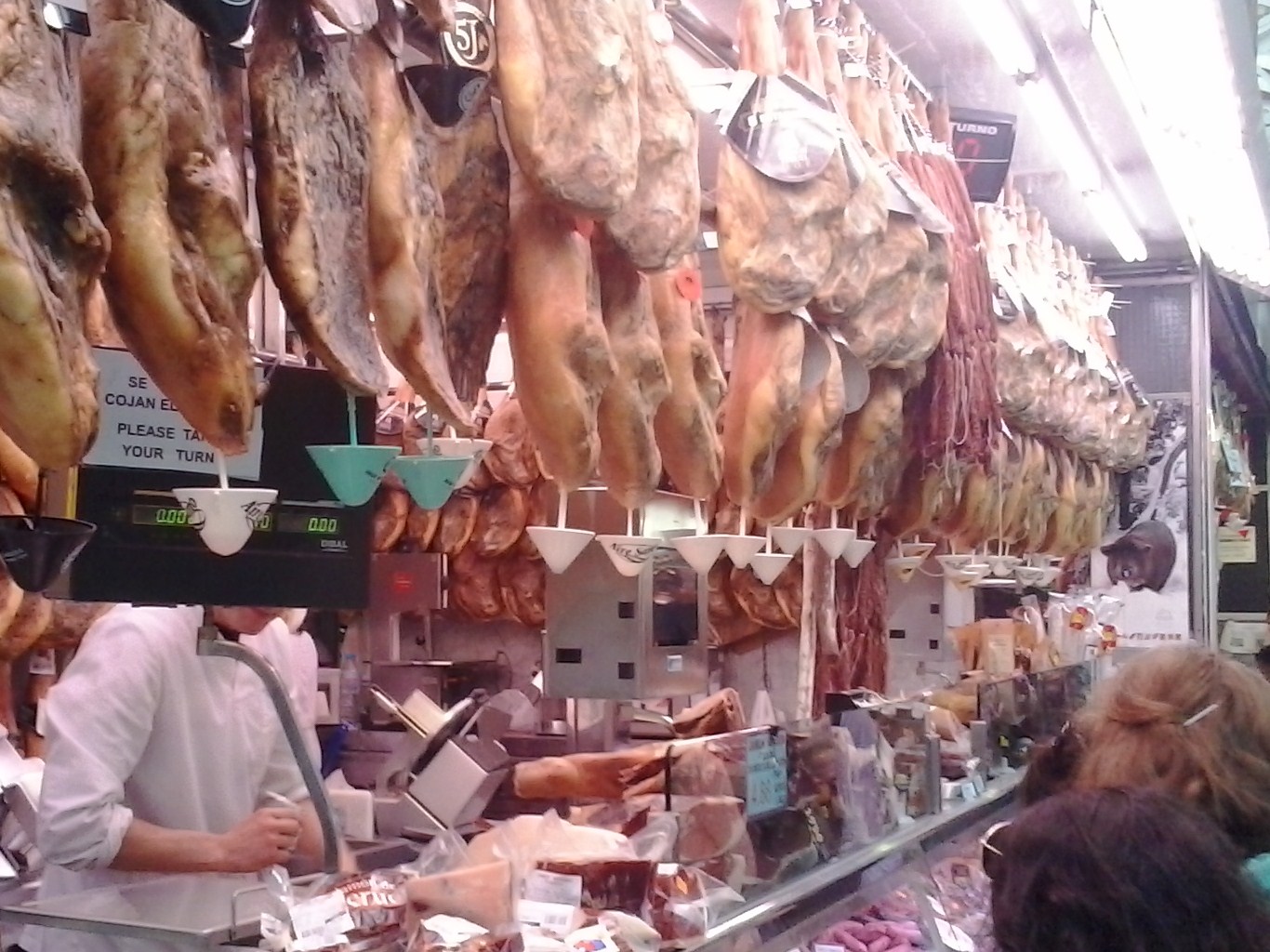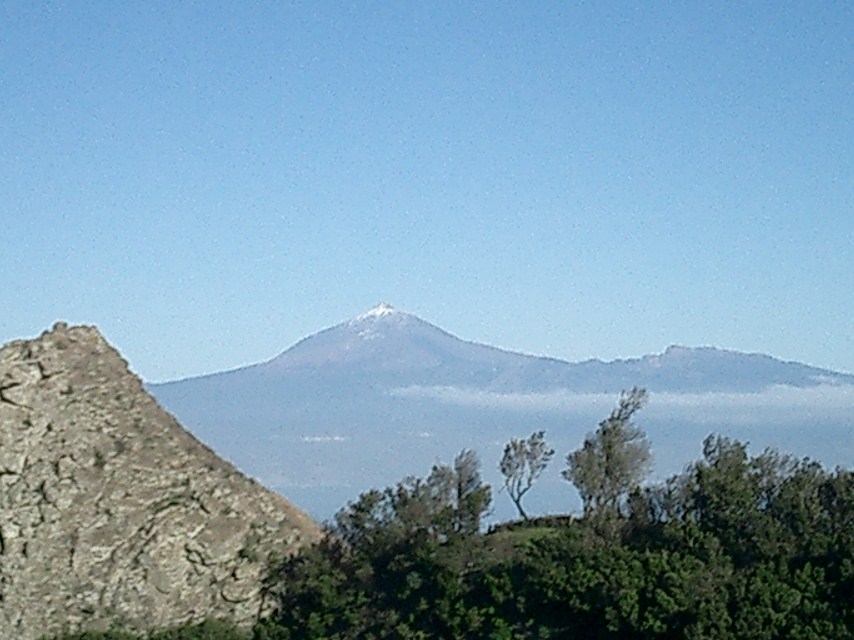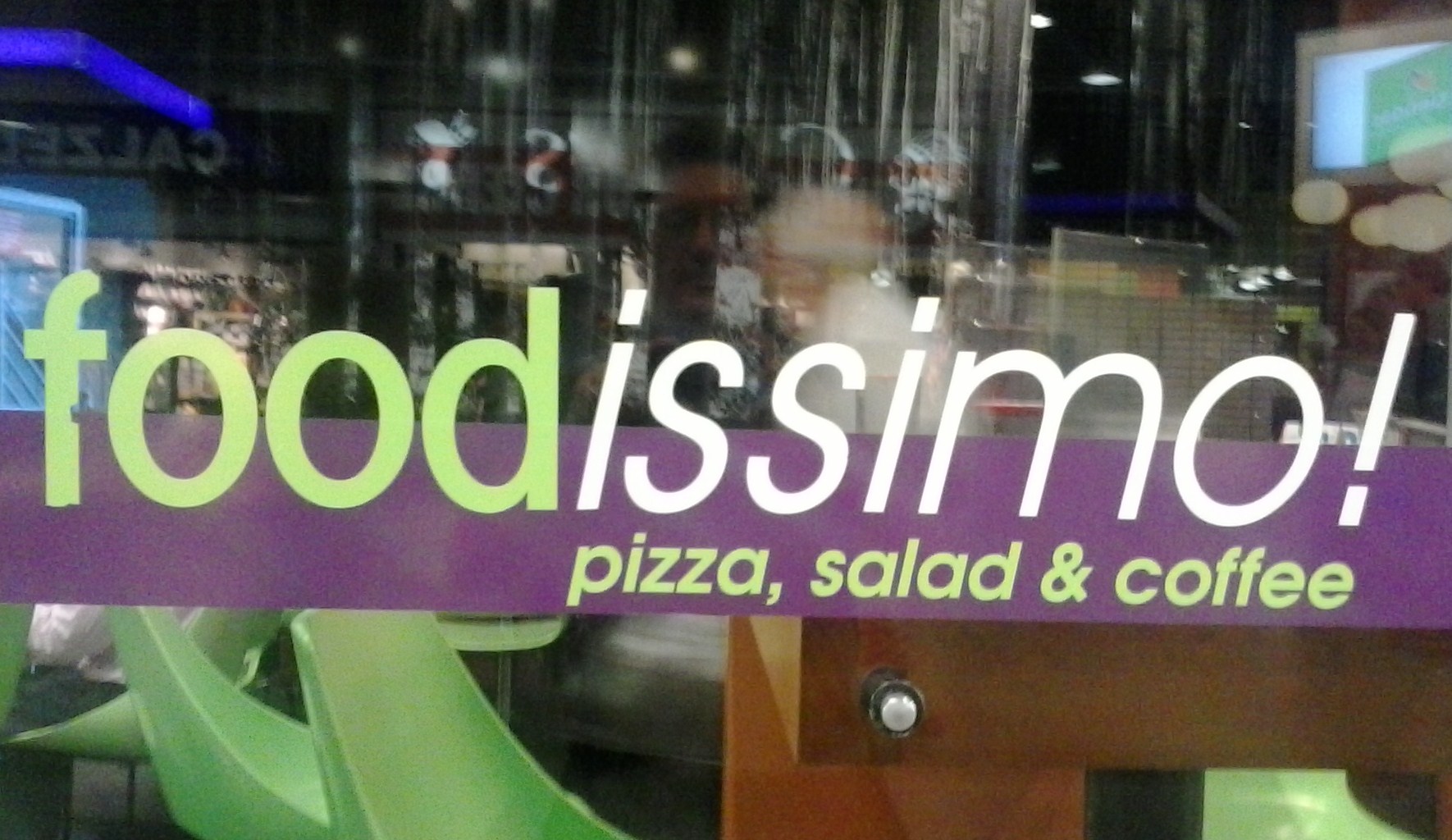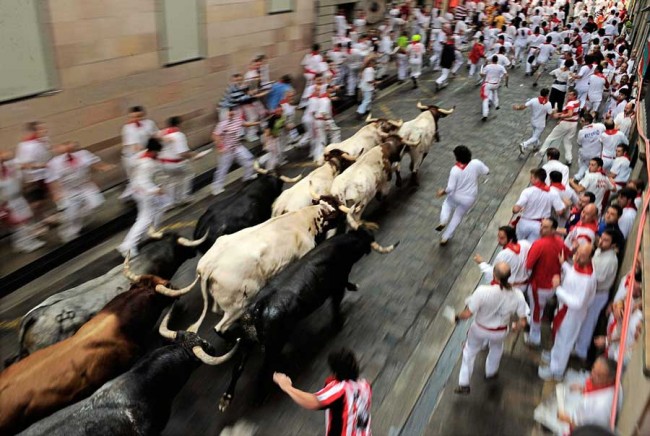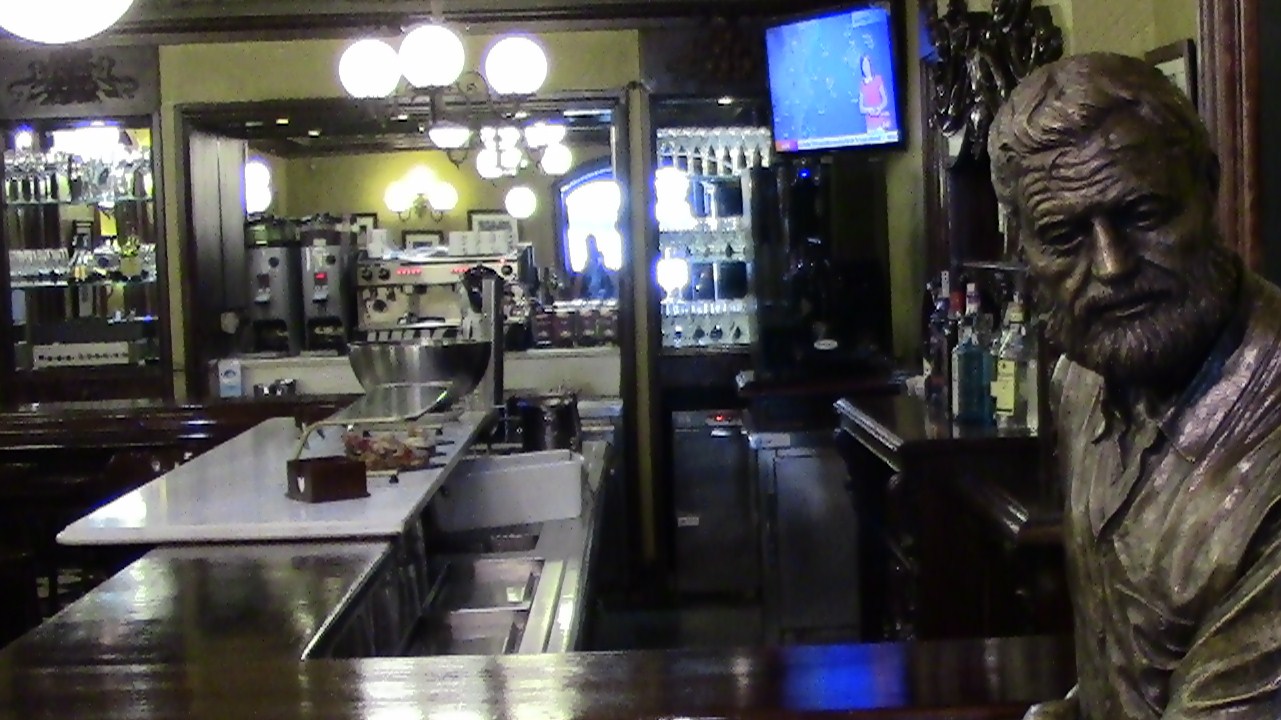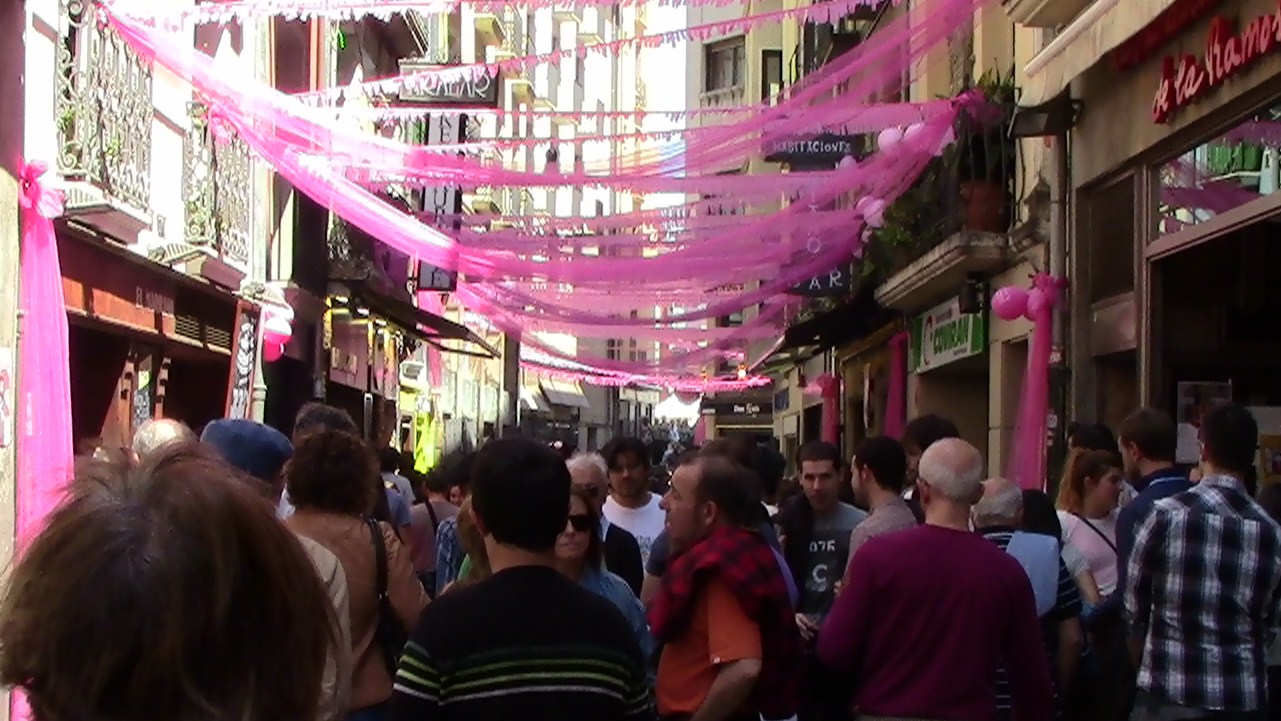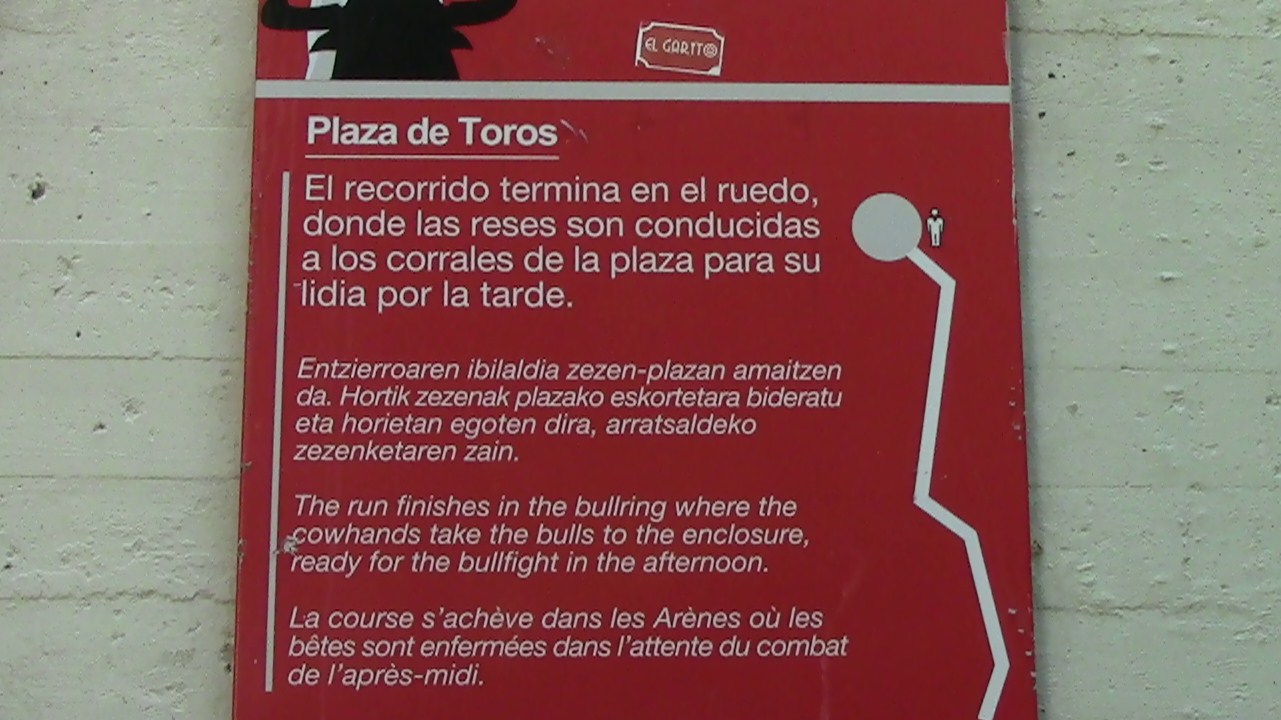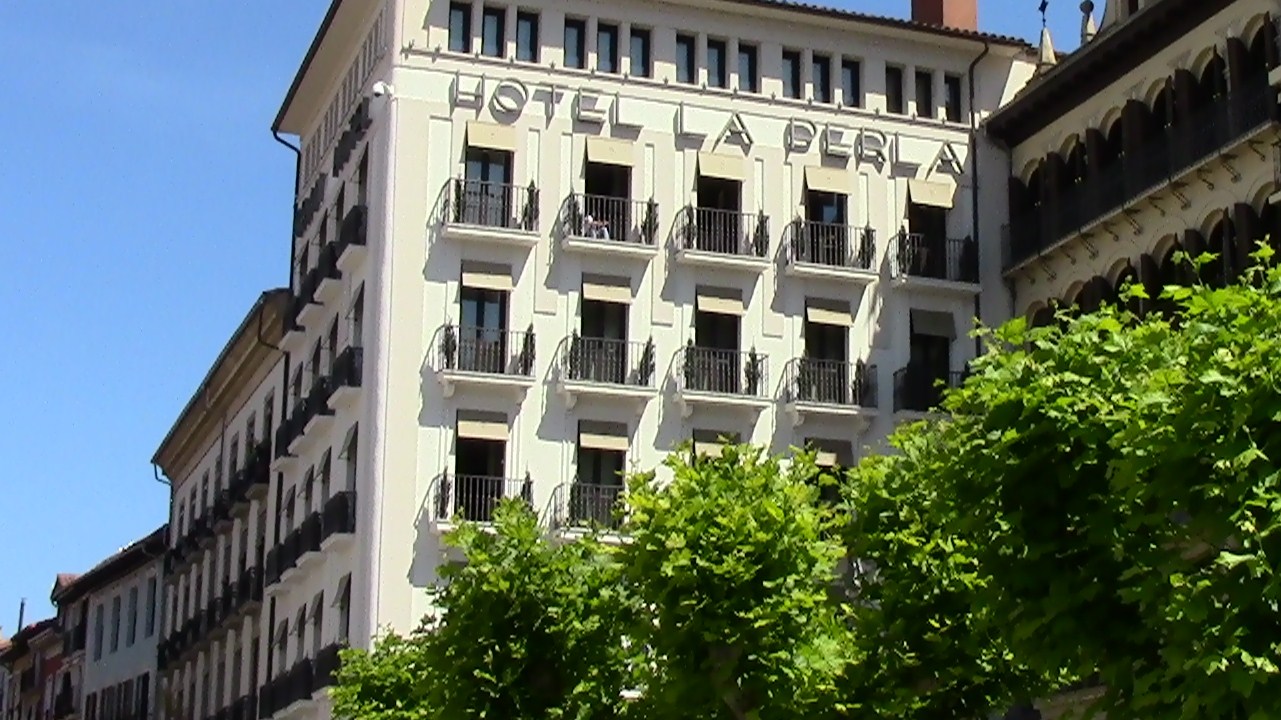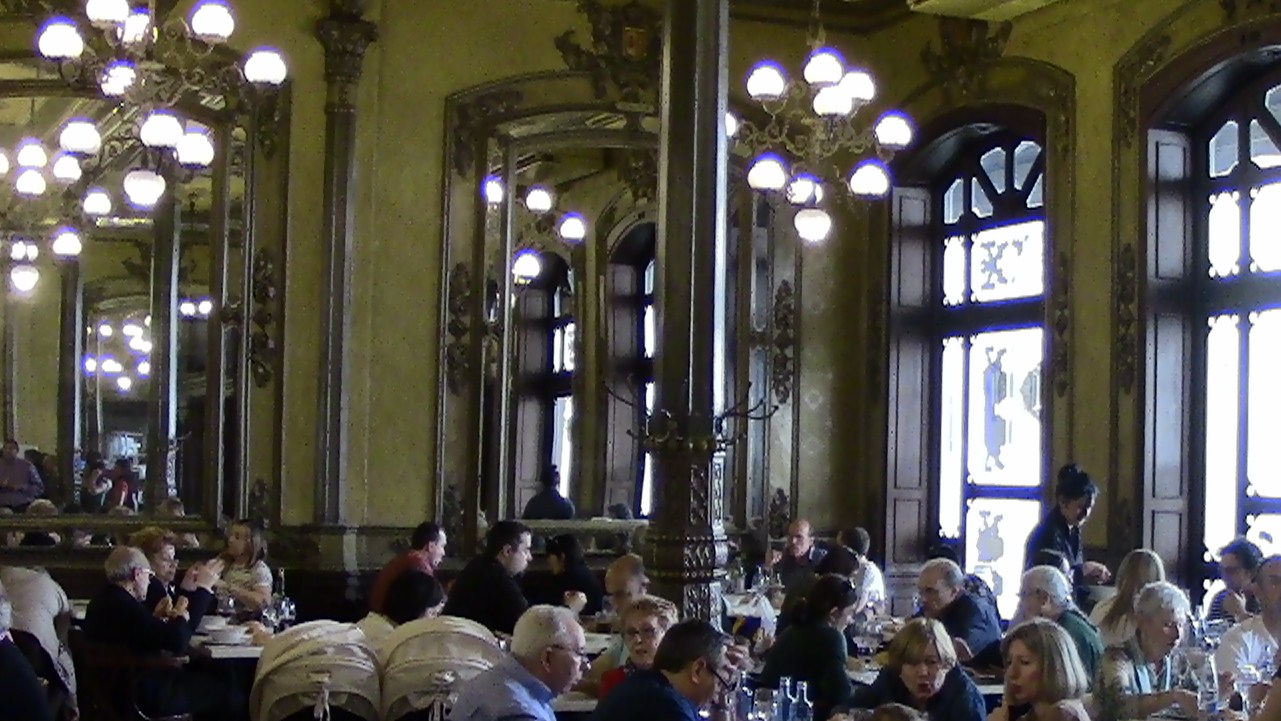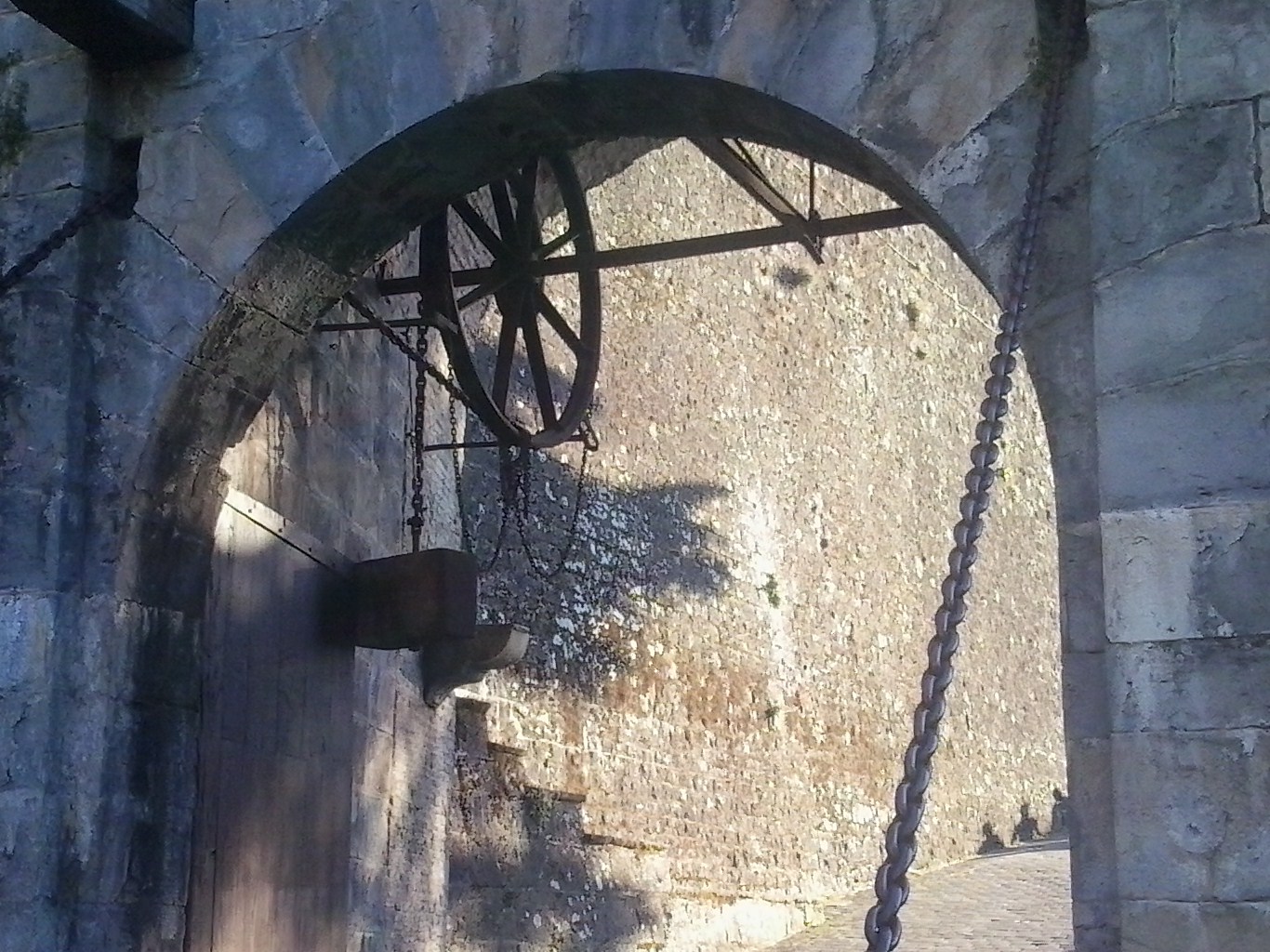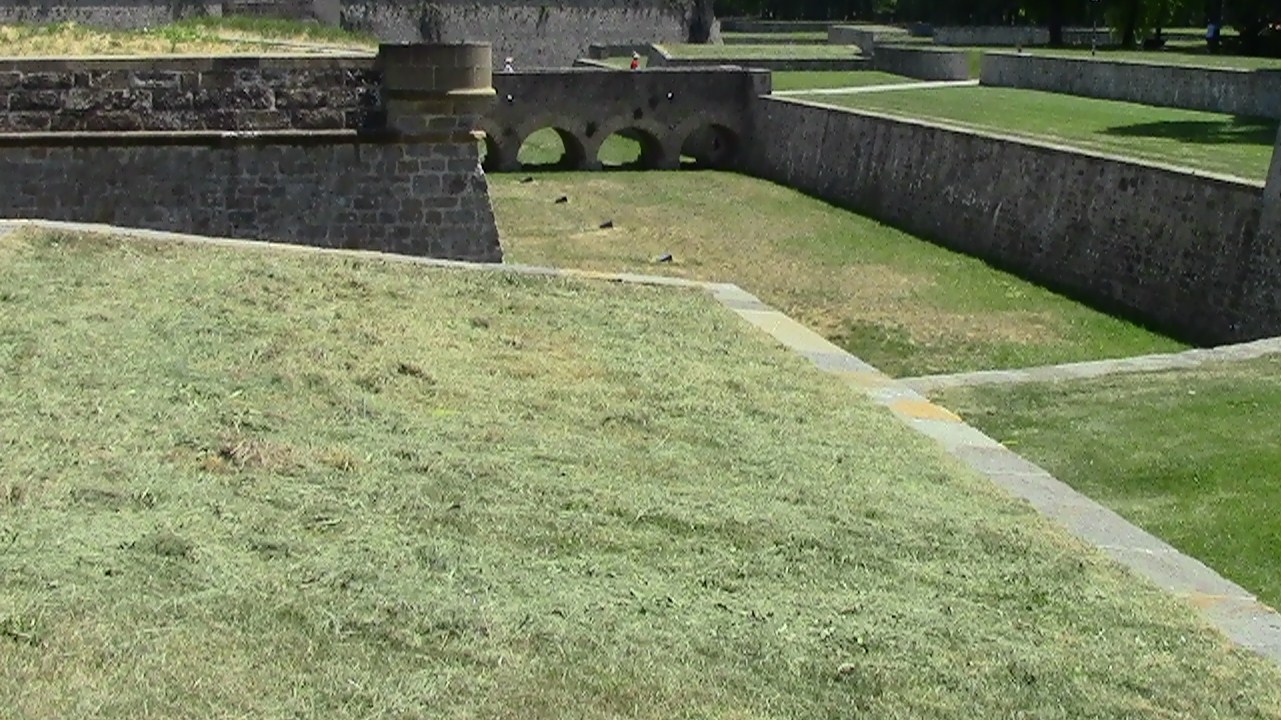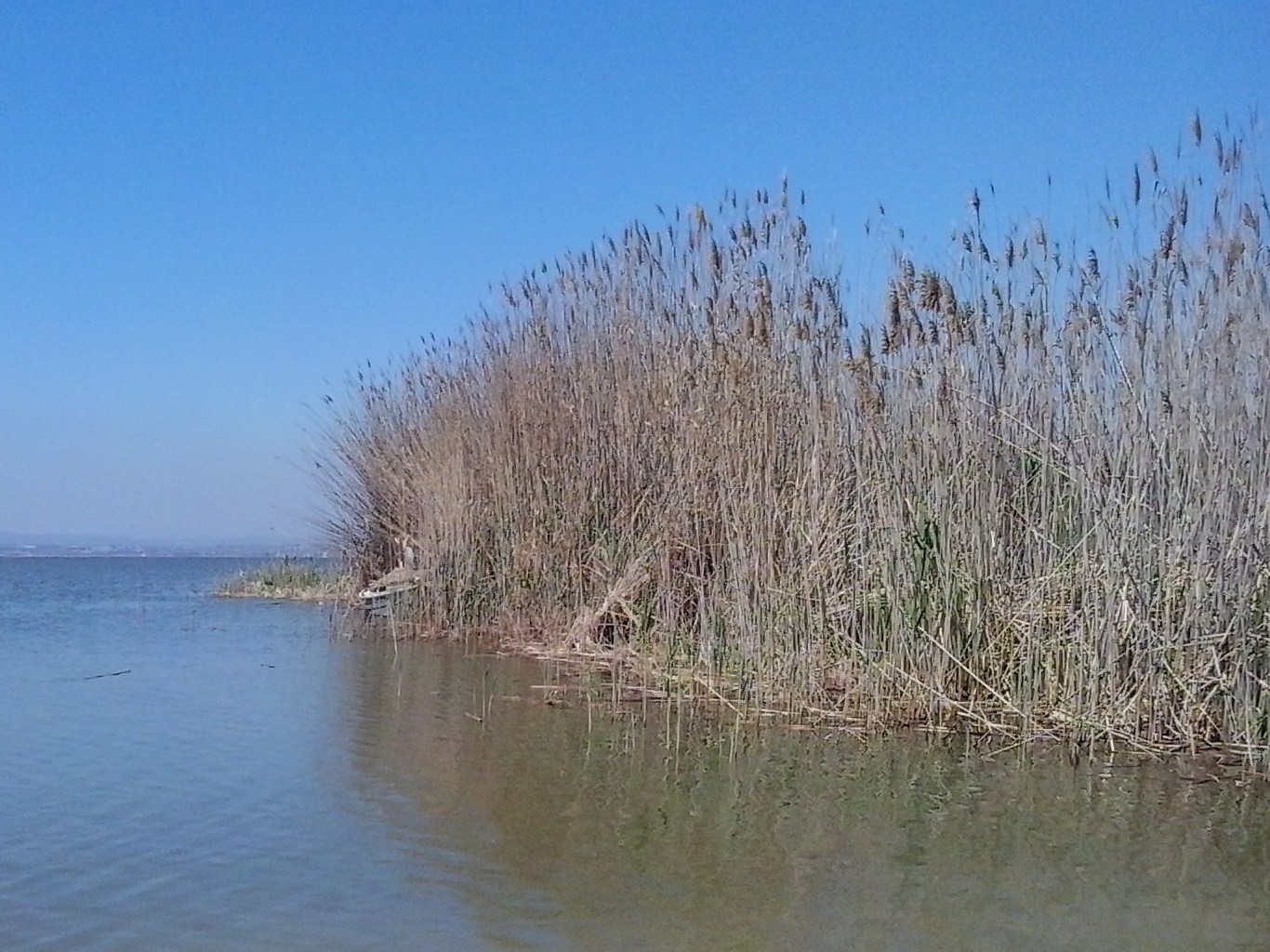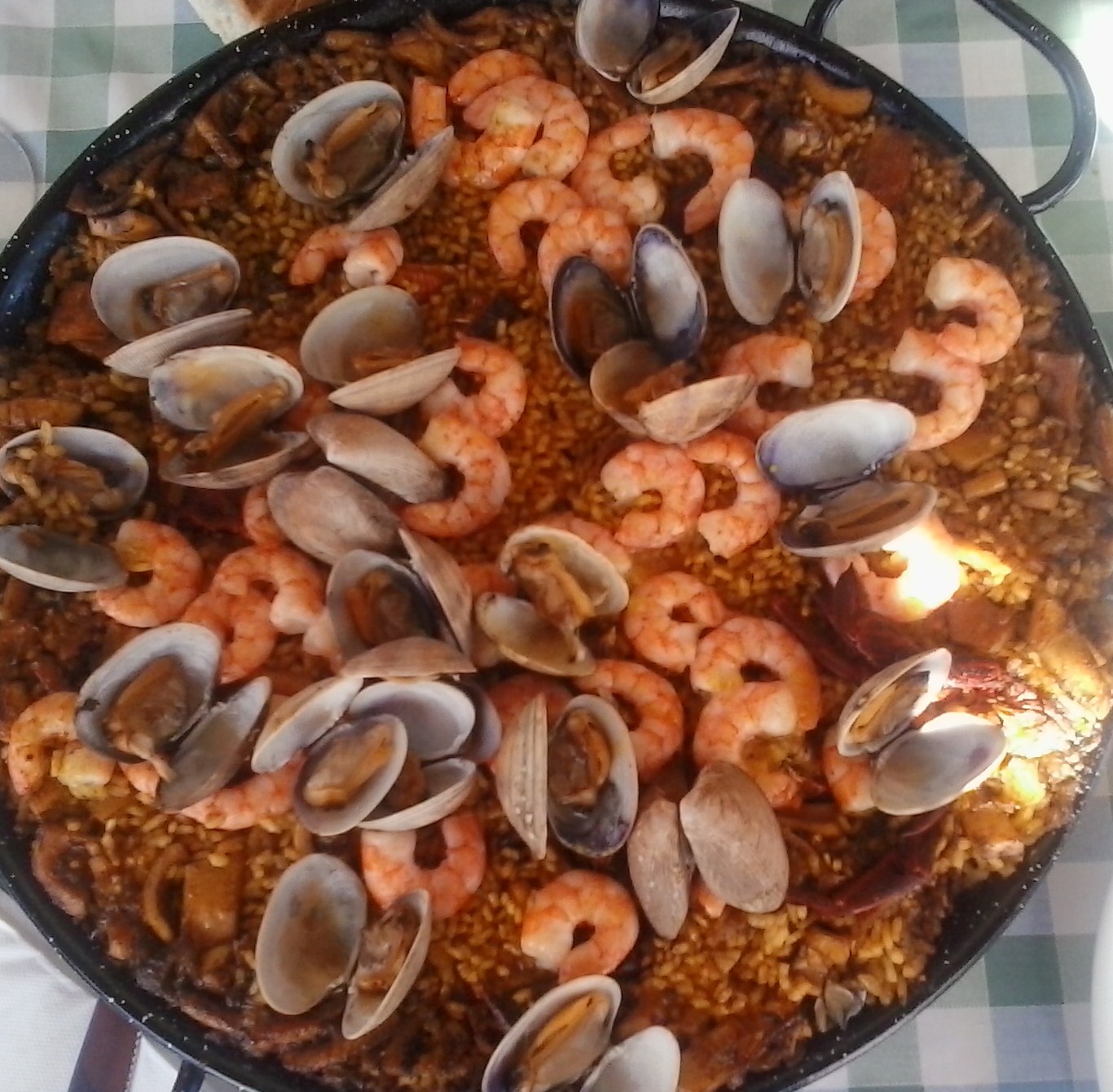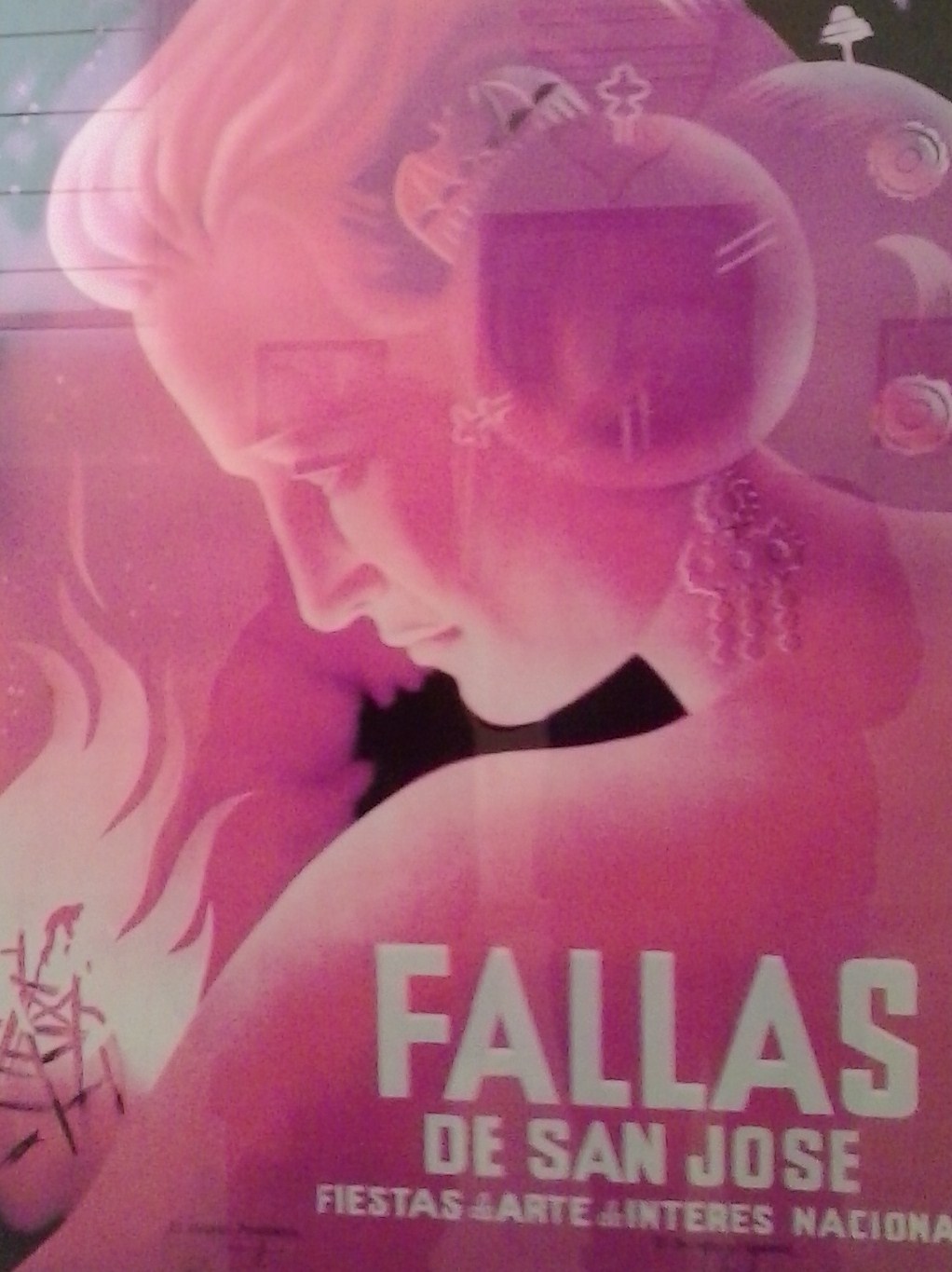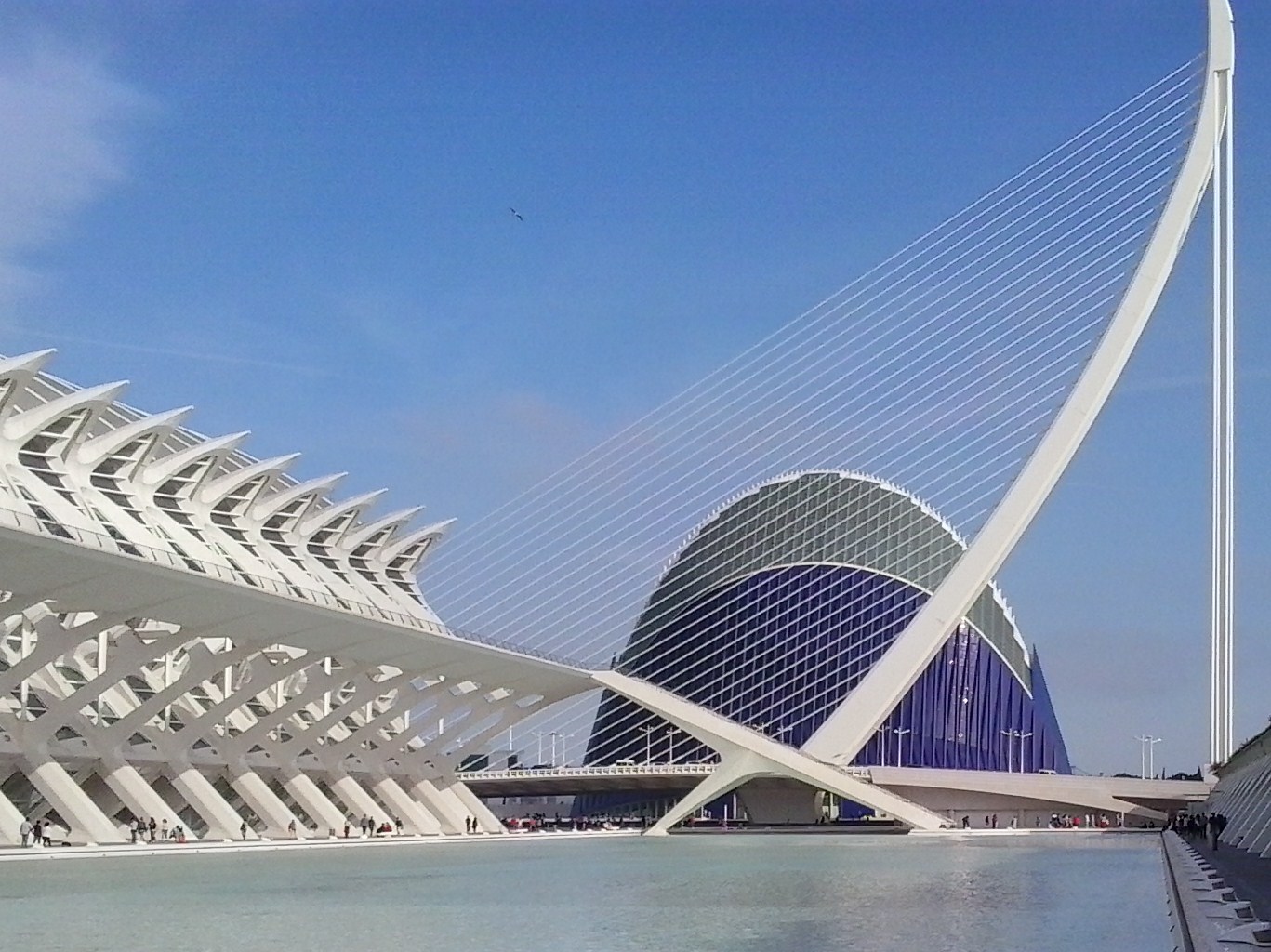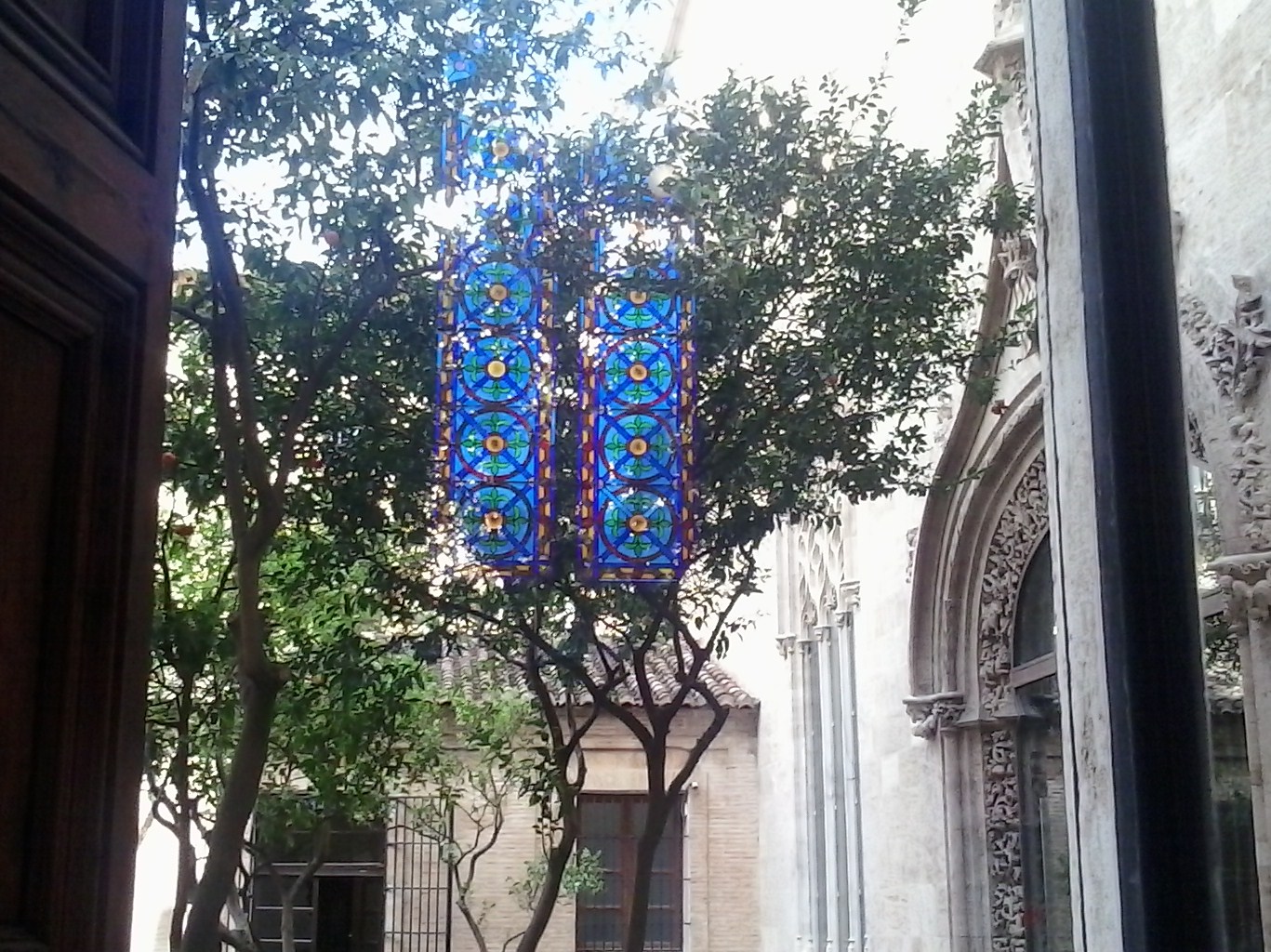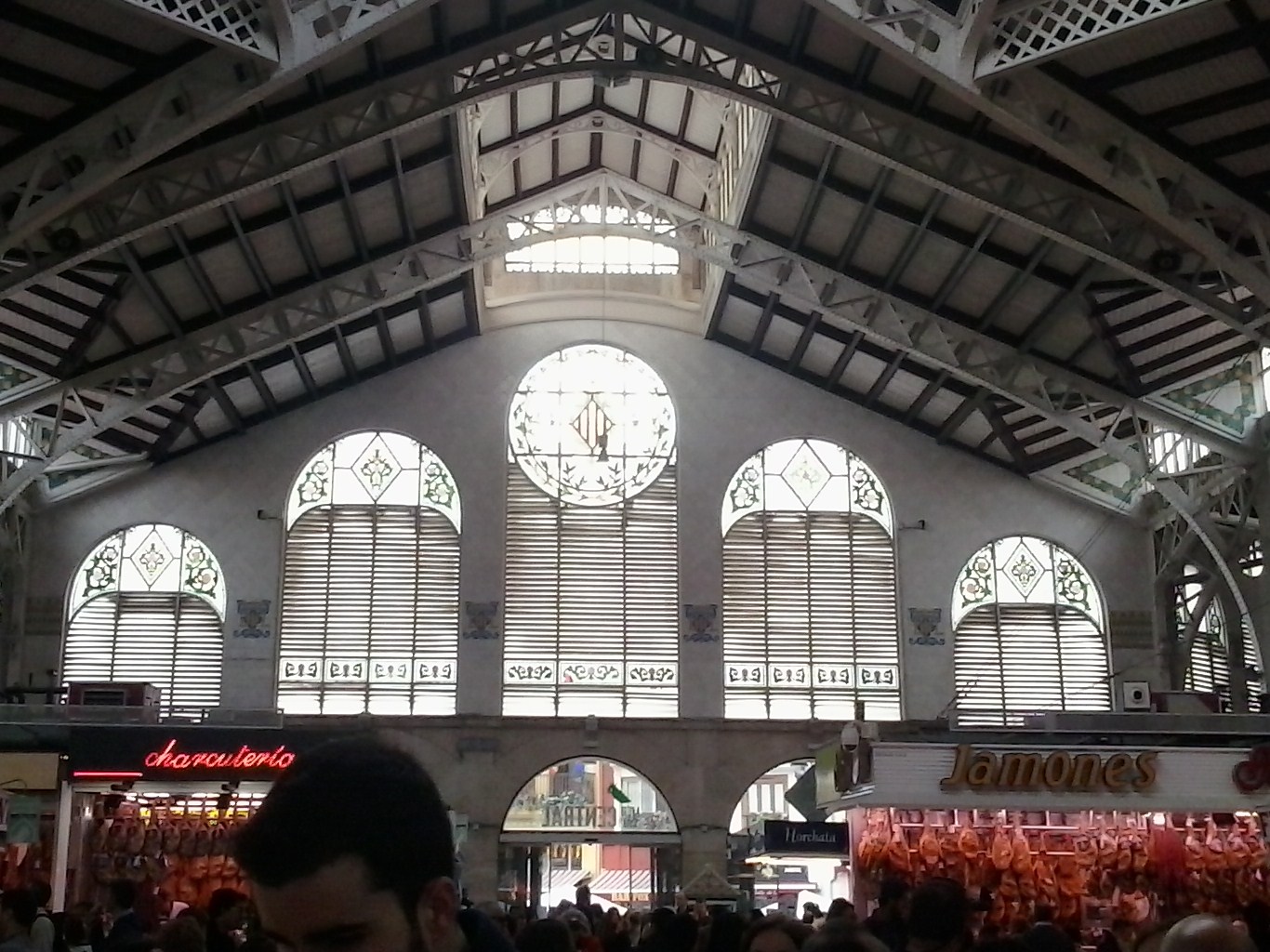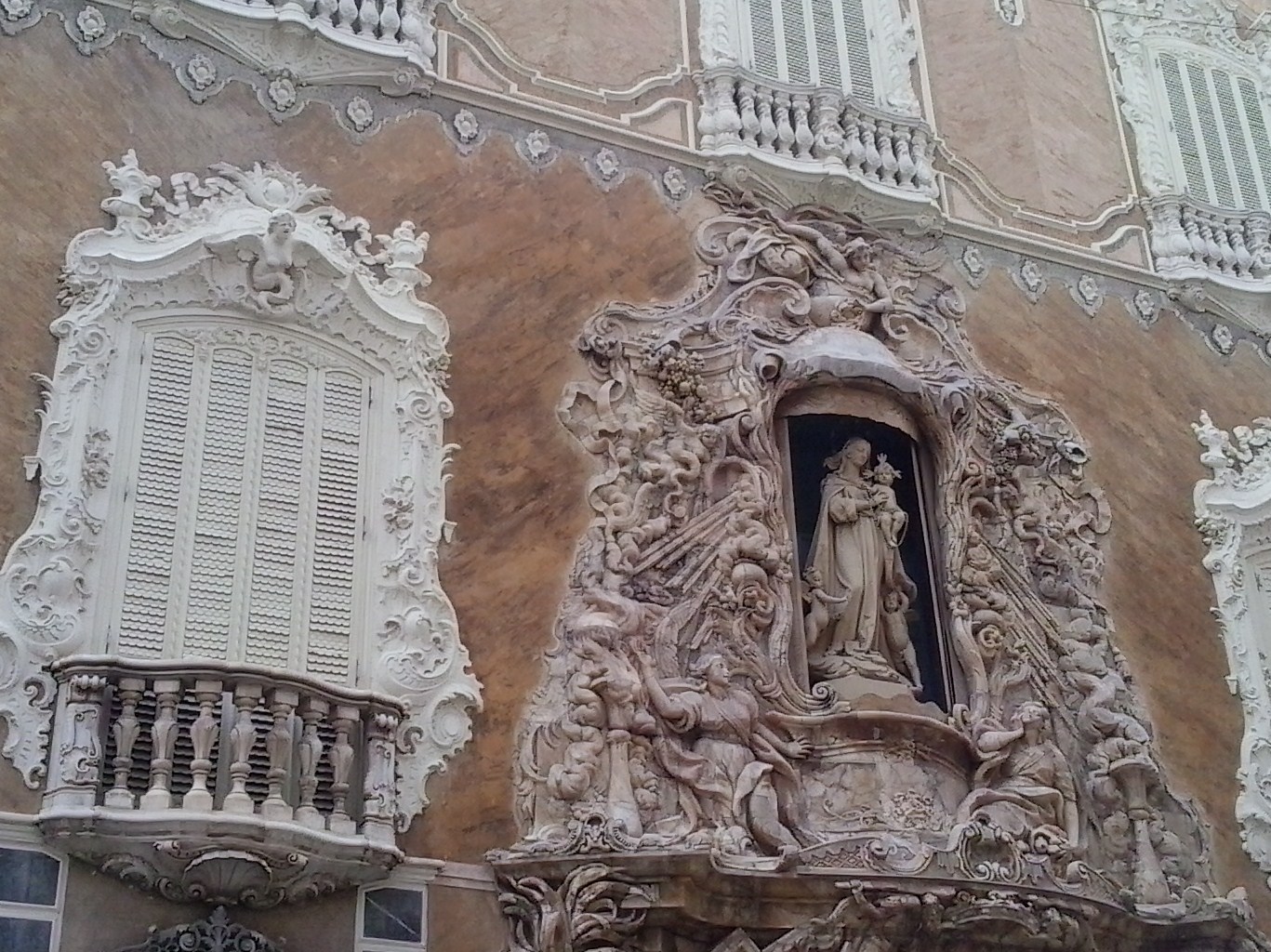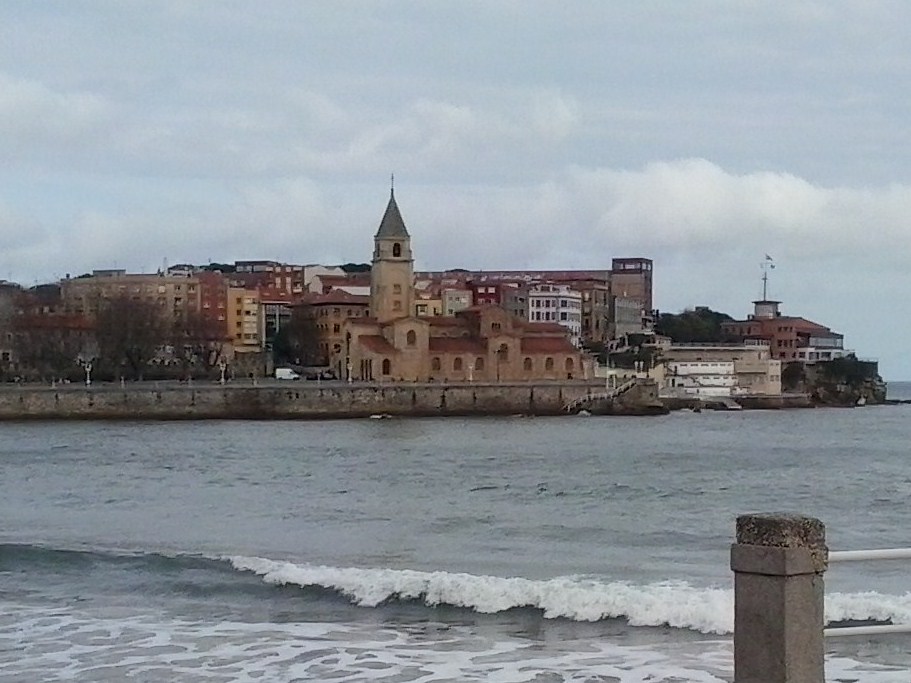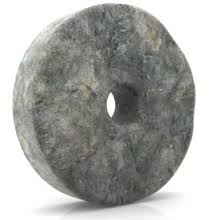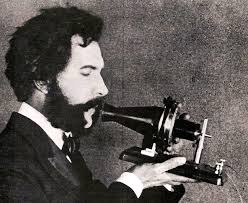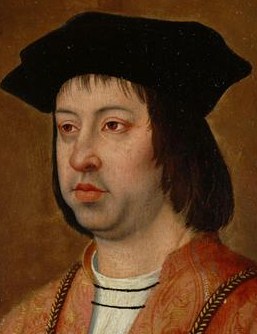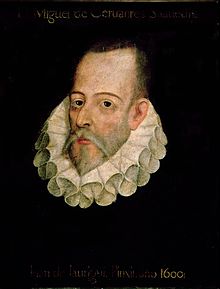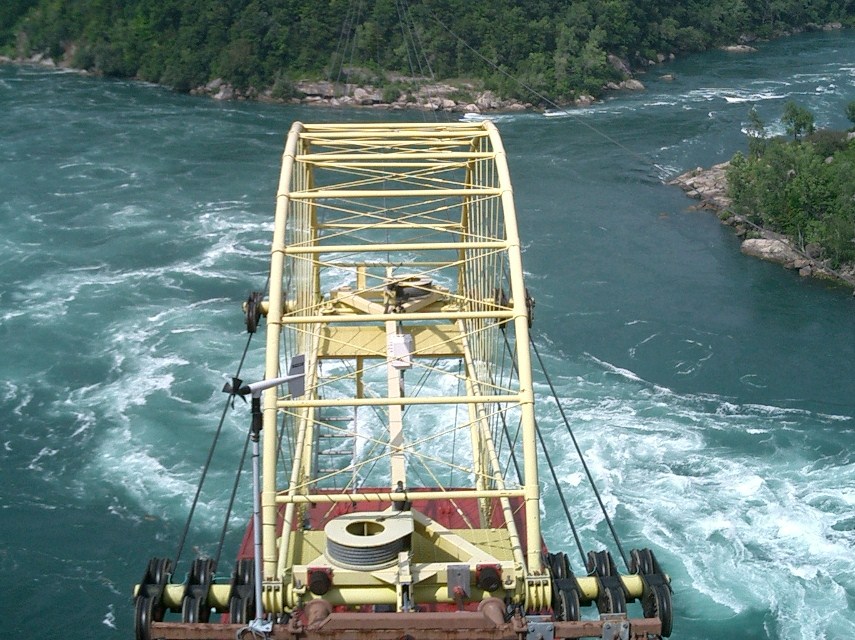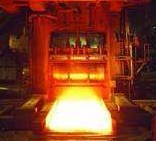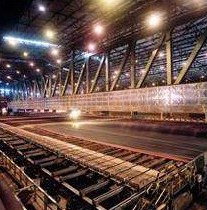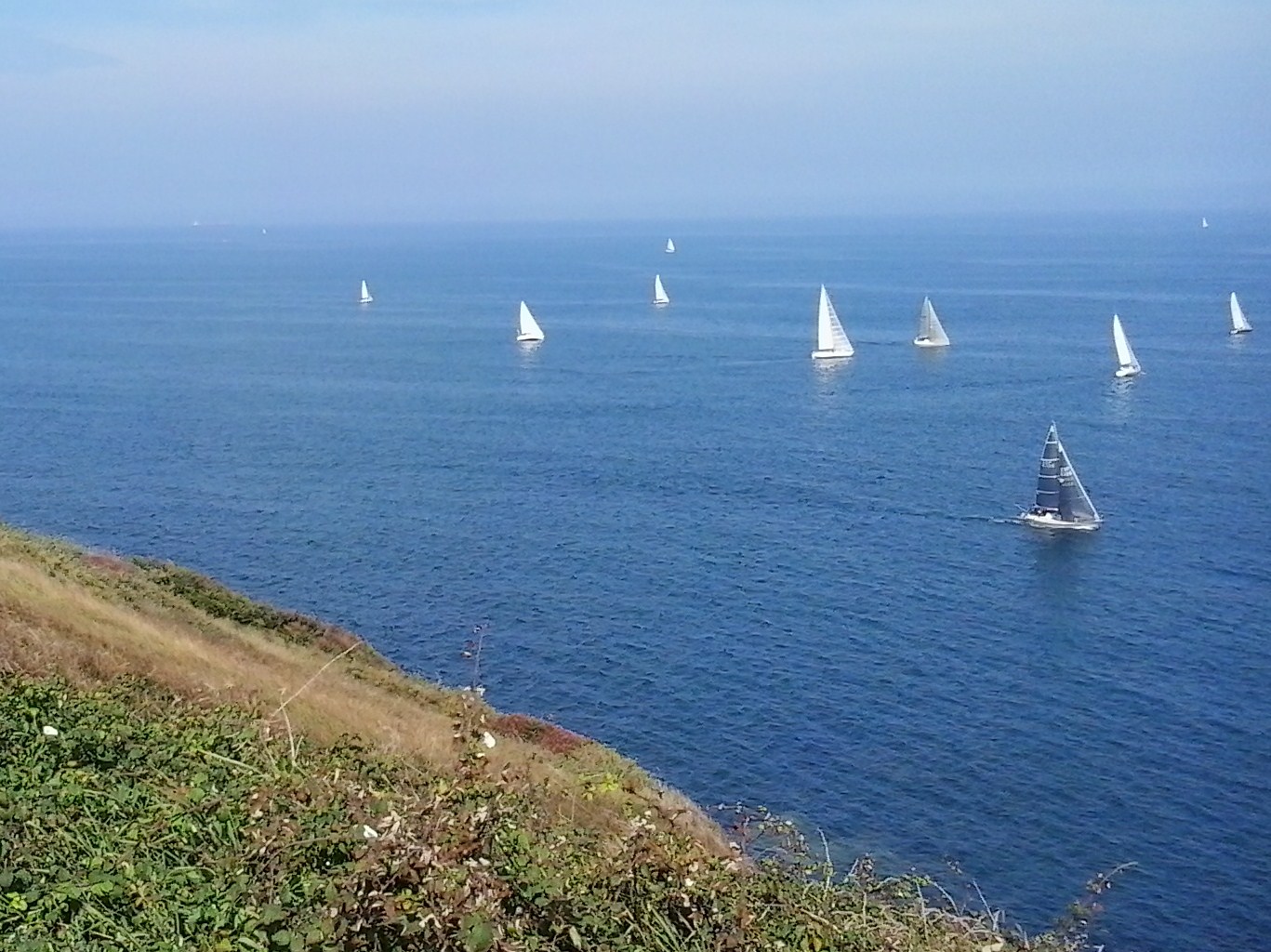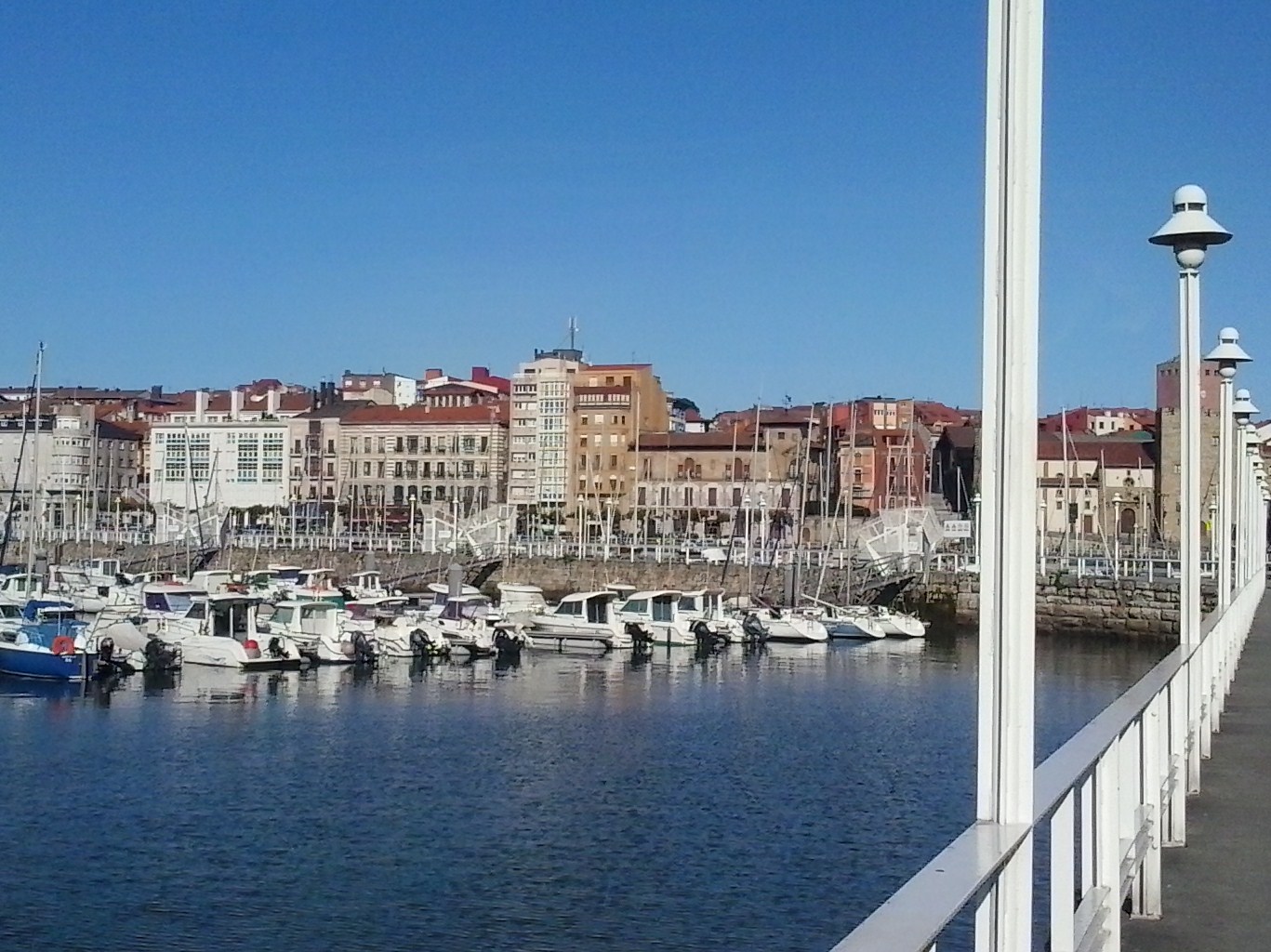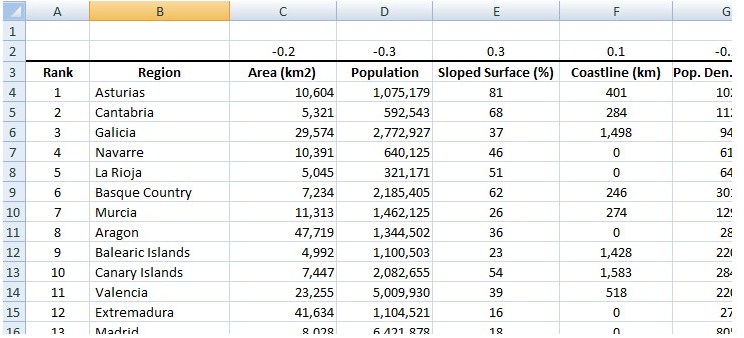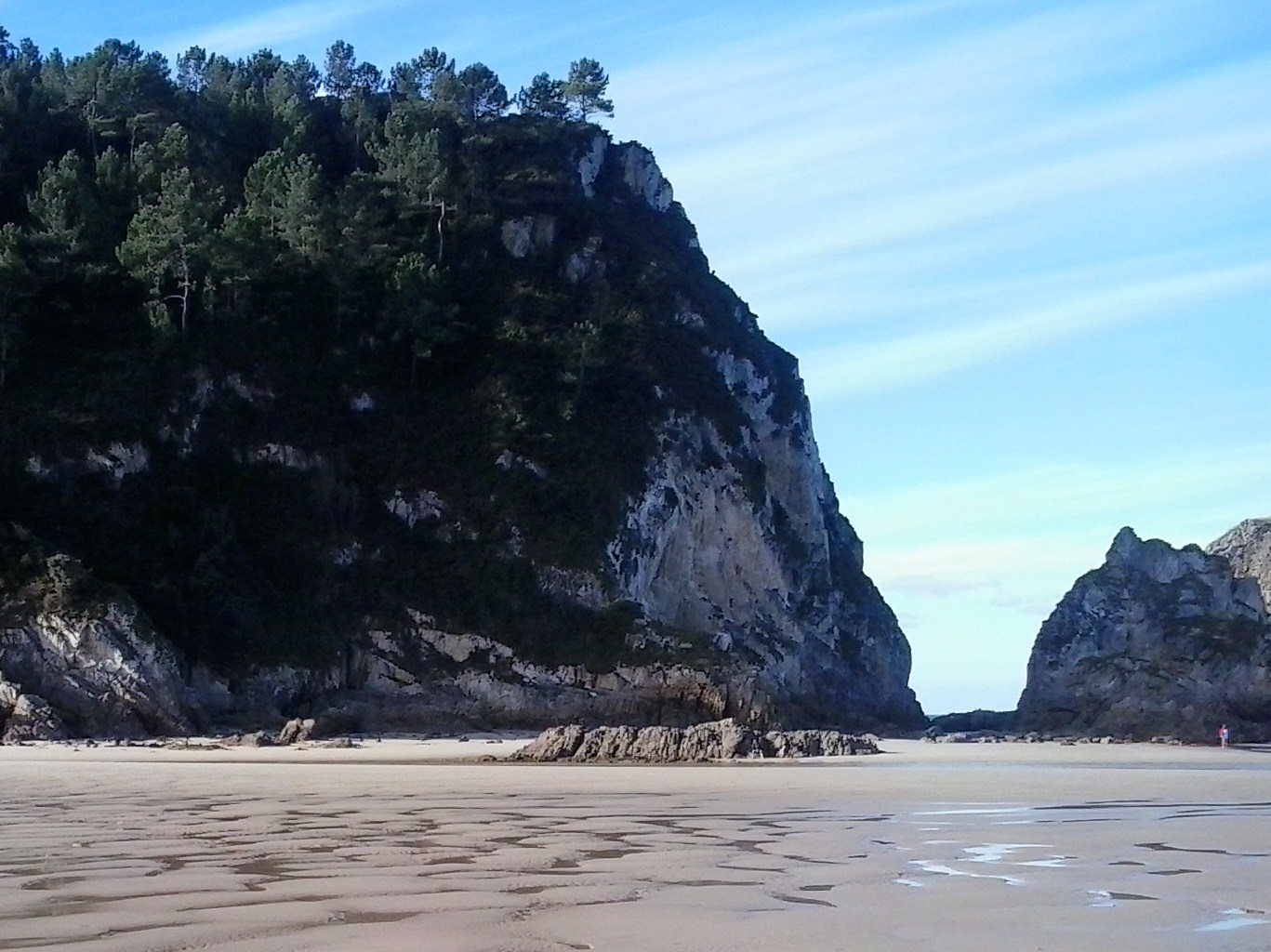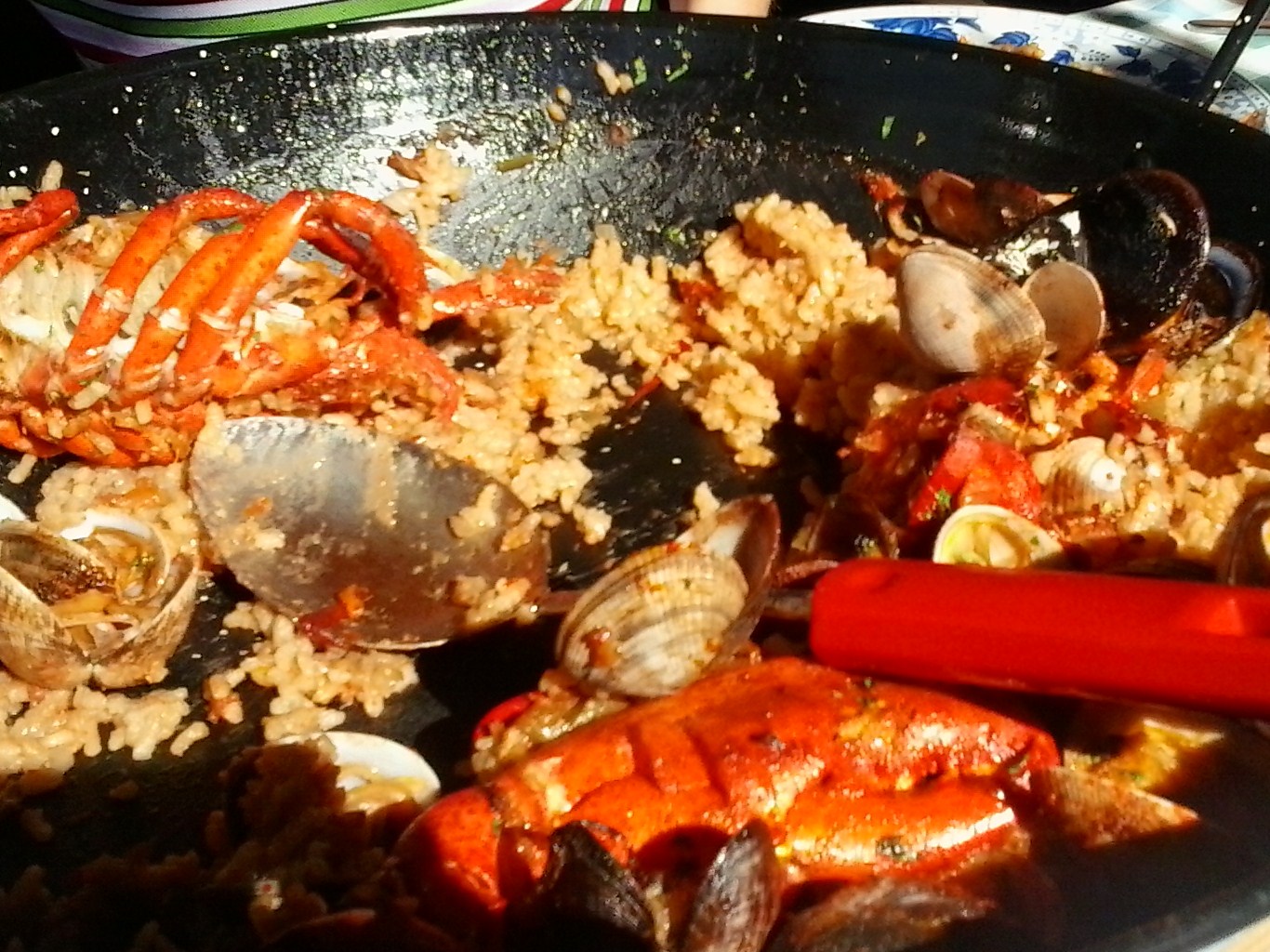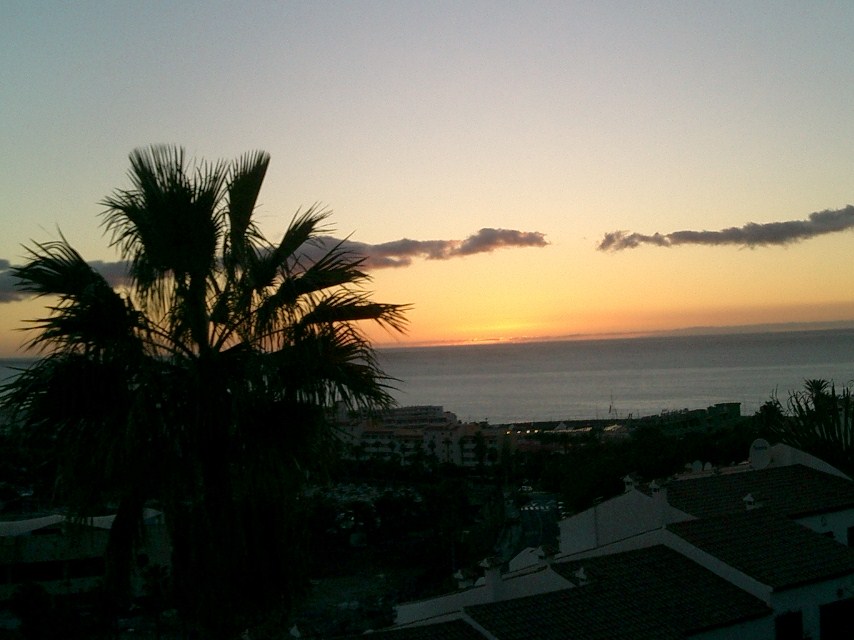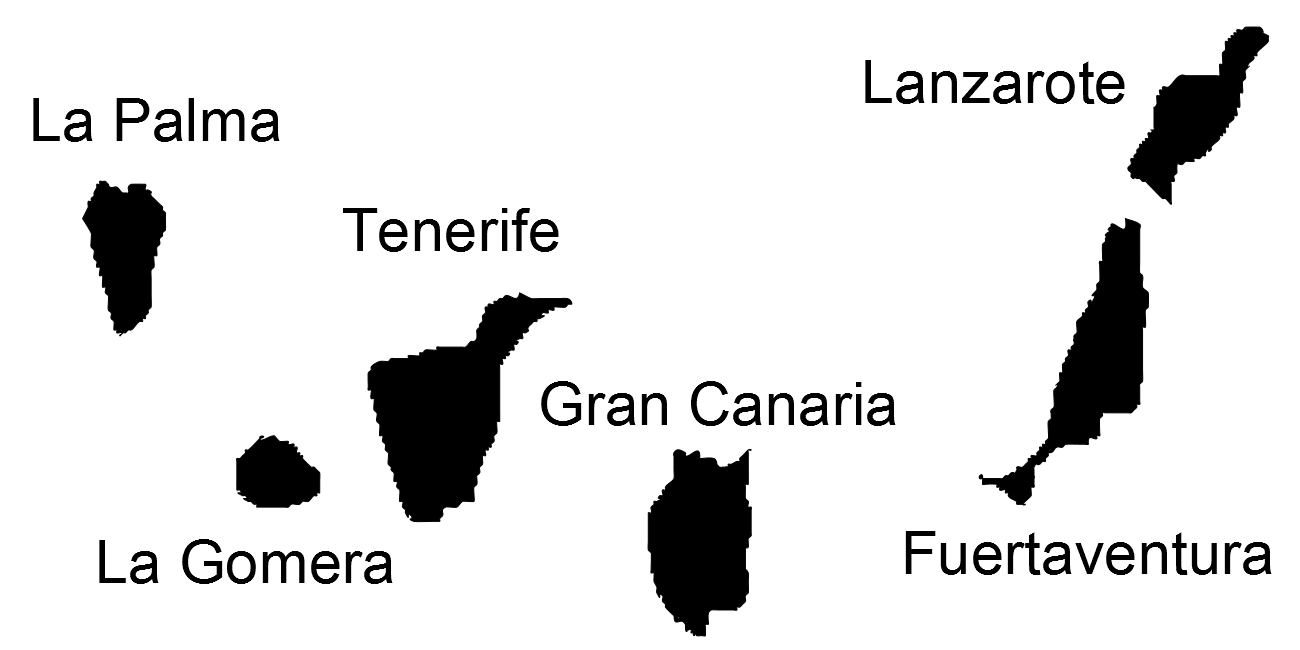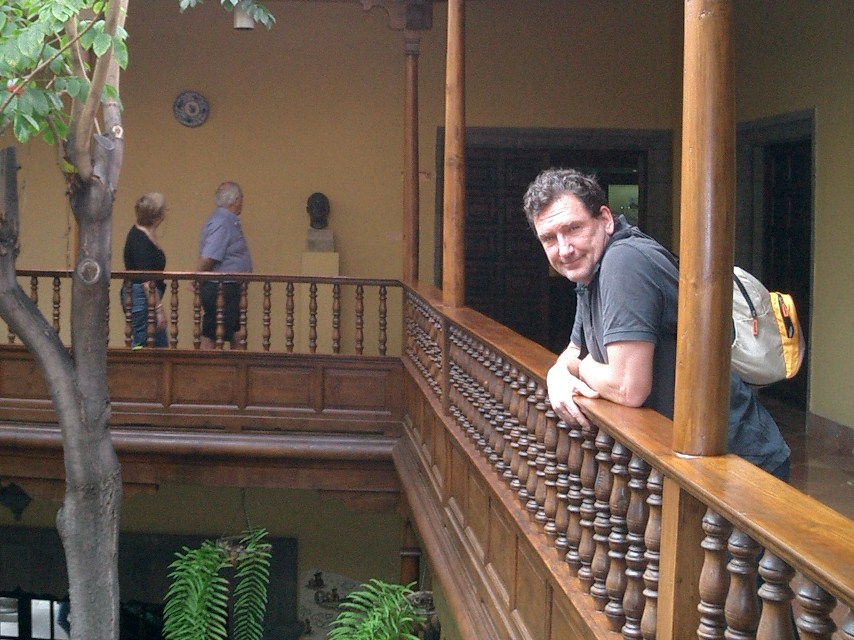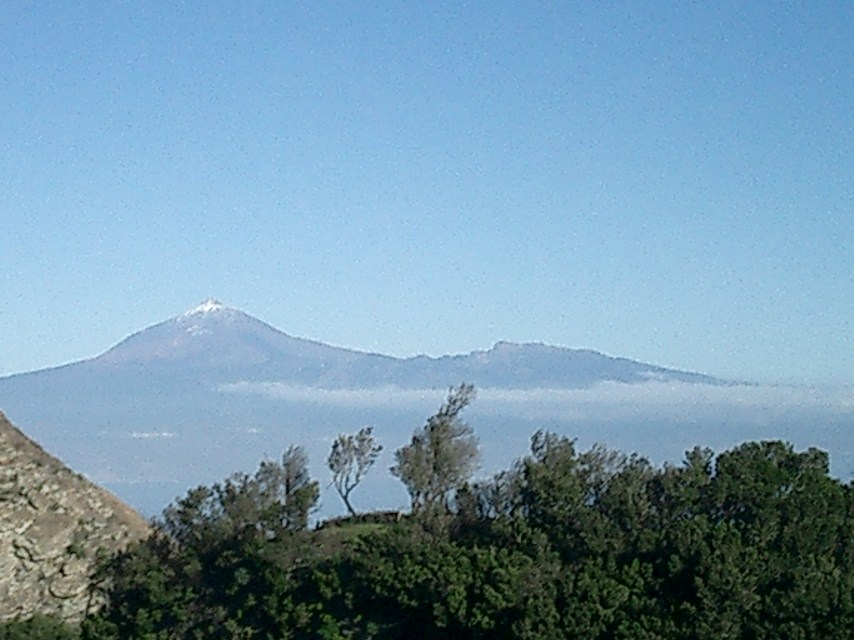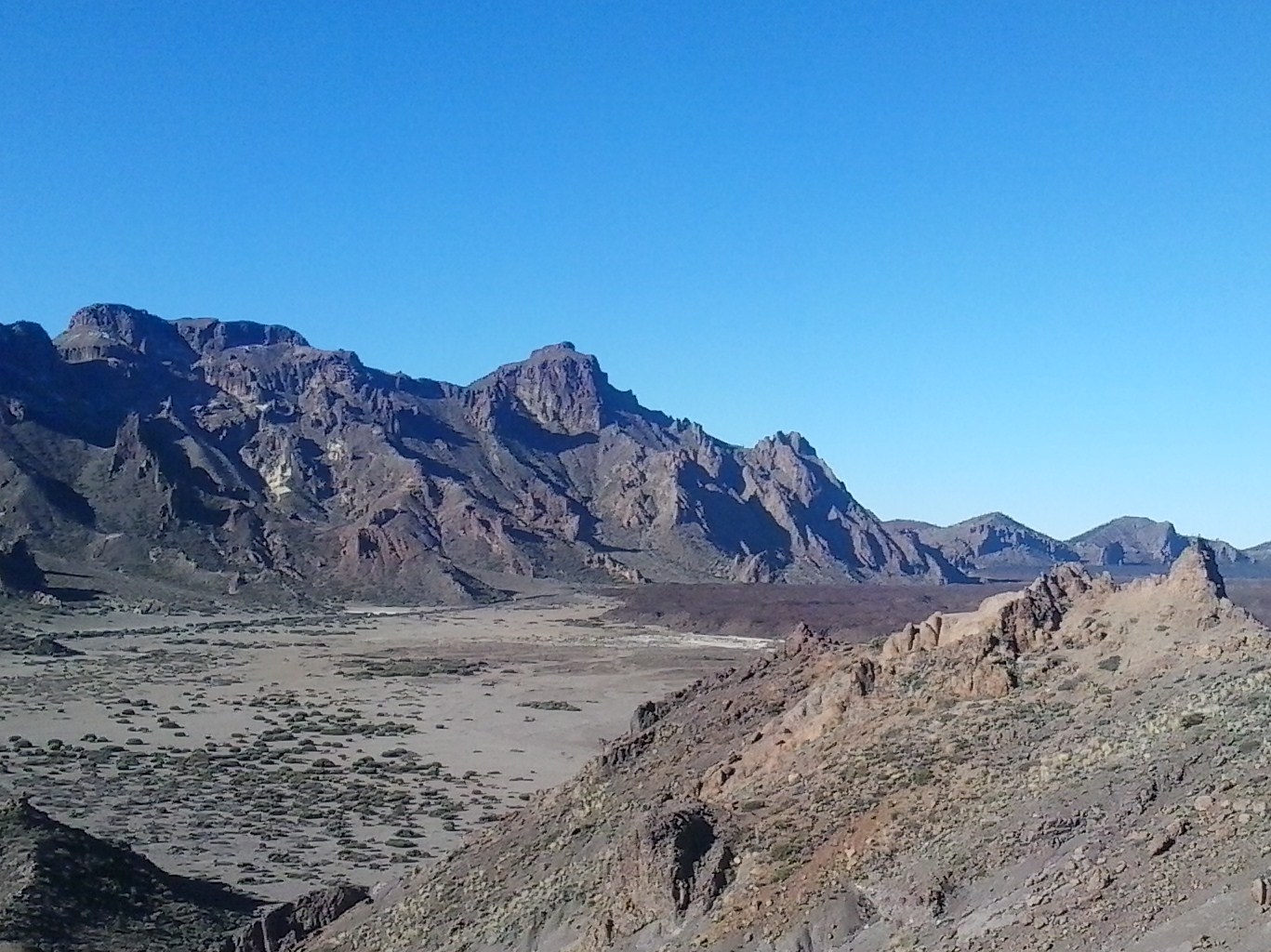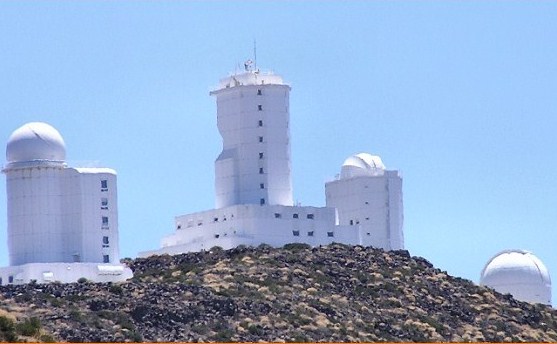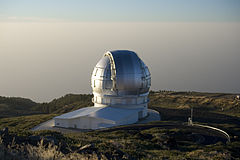It’s been a while since my last Caracola, so I thought I’d put together a few basics for living and loving in the largest city in Asturias (pop. ~ 270,000) now that we are back in Spain and friends are visiting this summer. About halfway between Bilbao in the Basque Country and Santiago de Compostela in Galicia, Gijón is perfectly situated to explore the many pleasures of Spain’s north coast and boasts the second-best city beach after San Sebastián on the Bay of Biscay (el Mar Cantábrico) for more pedestrian pursuits. Herewith, a Gijón Need to Know list: simple phrases, transport, entertainment, walks, day trips, and various miscellanea.
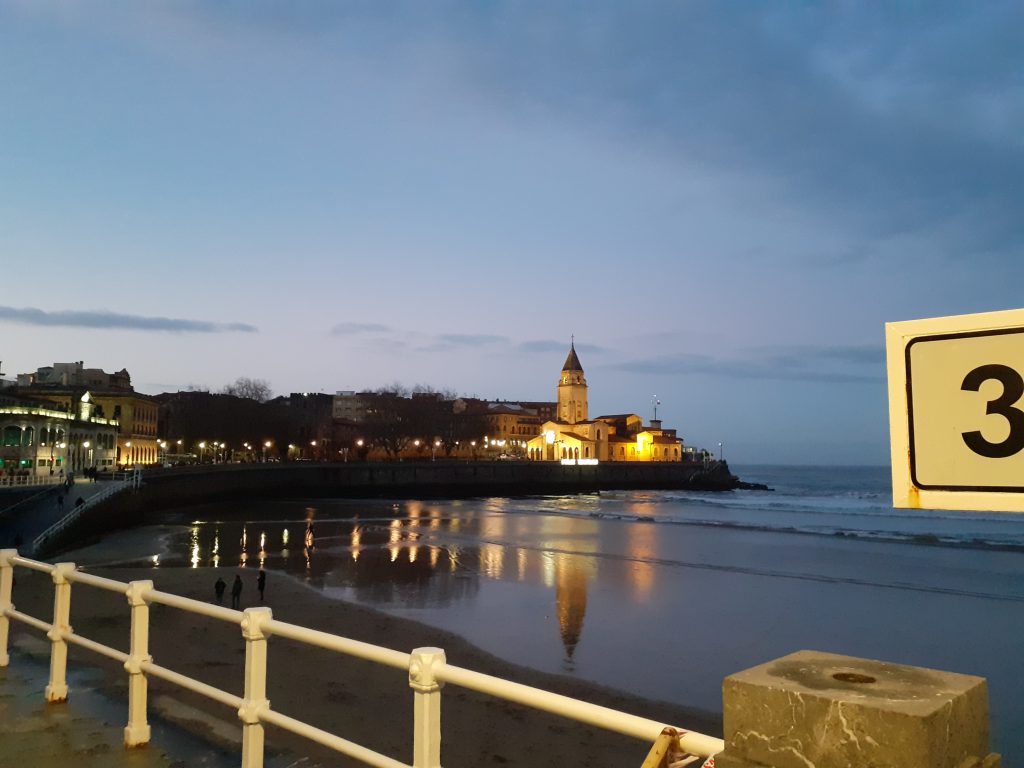
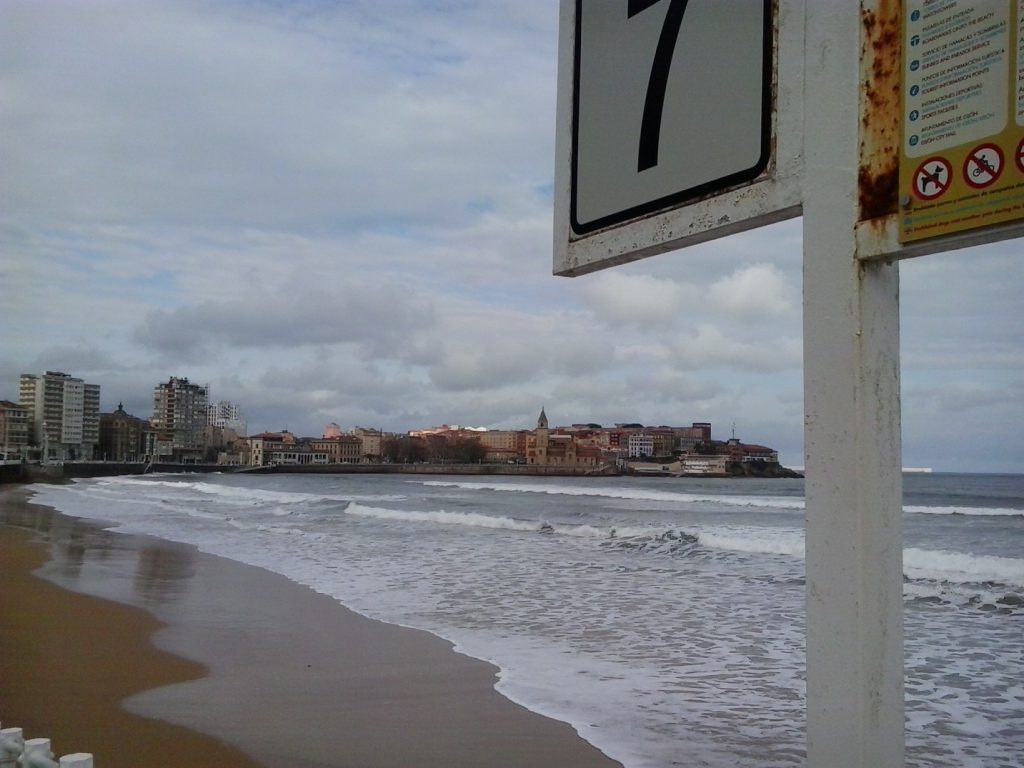
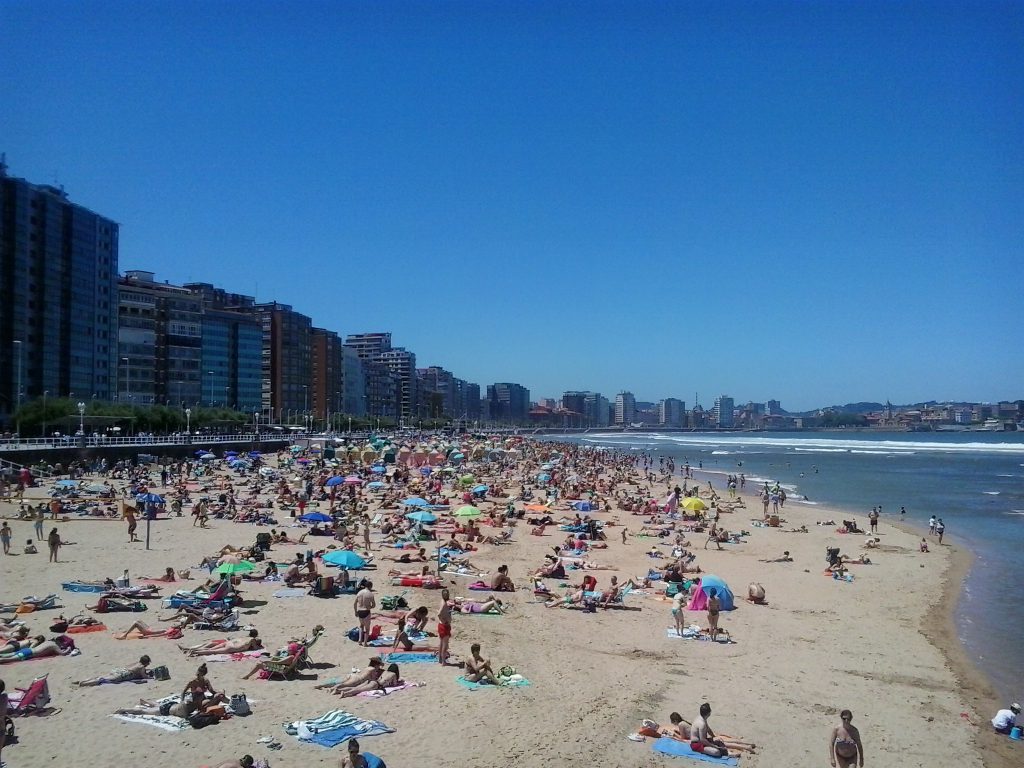
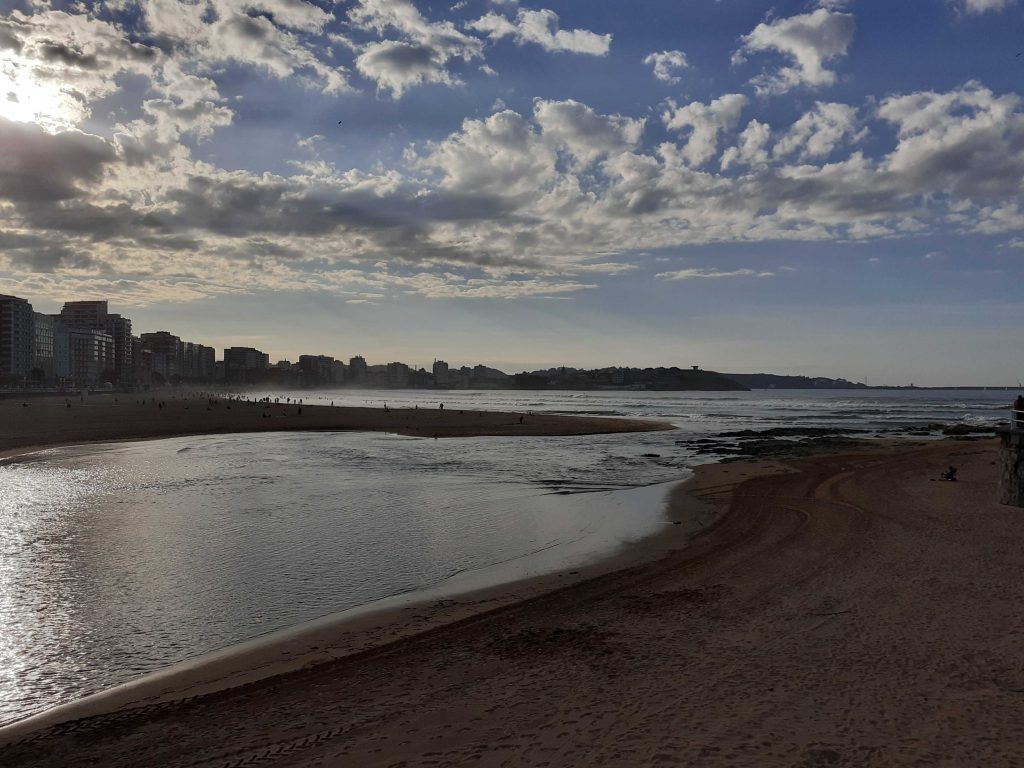
Of course, one should always start with the essentials first – food. Nothing else matters if you eat well, whether your tastes include cachopo1 or frixuelos2. And so here are 20 restaurants and cafés/bistros/bars, all within walking distance of the Plaza Mayor for your epicurean buds. Some come with a menu del día (M) or need a reservation (R), but most are reasonably priced ($$). Lunchtime serving is roughly 2:00 to 4:00 pm. Bread is extra, so if you don’t want pan (bread), tell the waiter (camarero/a) to keep it when they try to sneak a basket on the table. ¡Que aproveche!
1. Eating out in Gijón (addresses/phone at end)
Bellavista (R, M on weekdays, $$$, closed Tuesdays). Our favourite with a great San Lorenzo beach view. You can watch the water world go by through the large windows while you eat. The menu is a bargain, but is only on weekdays, while the paella3 is the best in Gijón as far as we know. Good to give them a heads-up if you fancy paella as it takes 30+ minutes to prepare. Next door Ambigú ($) is more on the snack side, but comes with the same fab view.
El Sueve (R, $$$, closed Wednesdays). Best steak in town, especially the solomillo (sirloin). A ‘50s style interior with an ambience all about grilled meat (parrilla): poco hecho (rare), al punto (medium), and bien hecho (well done). Try the Mascaradas wine, perfect with the sumptuous grilled delights and thin fries. We also recommend a simple salad.
Sidrería Tropical (M, r, $). Across from San Lorenzo beach (stairway 8). Best cachopo in town and amazing scallops (zamburiñas). You may not need a reservation if you go early (1:30), but good to book just in case. Here, you’ll need the bread to sop up the delicious salsa de zamburiñas. The sidra (cider) is poured from height in a machine (escanciador de sidra) to agitate the bubbles. ¡Salud!
Sidrería El Rincón de Celia (M, r, $) and Casa Carmen (M, $) also do great cachopos, but don’t have a dreamy beach view. No phone coverage in Celia so they won’t answer the phone, but humans do pour the sidra (se escancia la sidra). Casa Carmen has two locations, cattycorner from each other, but only one is open these days (Hurlé). El Saúco (M, R, $$, closed Thursdays) regularly wins best cachopo in Spain, but is a bit of a walk from el Centro (city centre). Ask for a table in the back room.
Here are five restaurants in el Centro all offering different charms. Zascandil (R, $$, closed Tuesdays) has amazing homemade bread. The flamenquín is yummy (and a tad spicy). Casa Manuela (M, $$) is on the edge of party town (La Ruta del Vino), Casa Rober (M, $) is in Cimavilla (the old town) and has the best salpicón4 in Spain (based on our vastly limited survey). The outdoor plaza seating is lovely. El Restallu (M, R, $$$) has the best seafood paella (arroz con bugre) along with Bellavista. La Galana (M, R, $$) is on the Plaza Mayor and does traditional Asturian food (fabada, blue cheeses). Be sure to ask for a seat in the back if you don’t like outside crowd noise.
The following all offer staple type foods if you don’t want to think too much. Carbone di Vesuvio ($, closed Mondays) has a wide view of Gijón’s western water side, overlooking the port (el Muelle) and the Playa Poniente a bit further on. Great Italian fare with the tastiest bread in town after Zascandil, though you may have to ask for it. Asador Lúpulo (r, $) and Tierras Gallegas ($, closed Mondays) are both located on the ground floor of the football stadium el Molinon (the big windmill) near Gate 11. Lots of parking, unless it’s game day or the Sunday flea market (el rastro) is on. Lúpulo specializes in grilled meat, but they also do lovely sandwiches if you just want a snack and a drink or a pre-lunch “vermut” (technically vermouth but can be any aperitivo drunk during la hora de vermut before a meal), while Tierras Gallegas is famous for their Galician food, especially pulpo (octopus). Take your time at Tierras Gallegas, because the food comes fast.
If you crave sushi, My Sushi (M, $) is the best in town (Calle Libertad, 2, parallel to Calle Corrida, Gijón’s high street). They do menus Monday to Thursday (and deliveries). Doce Más Uno (M, $, closed Sundays) specializes in gourmet burgers (beef and chicken). The first drink is free on weekdays. Cervecería Vor is an authentic beer pub with a variety of Belgian beers and tasty chicken wings and burgers. If you like beer, you’ll like Vor.
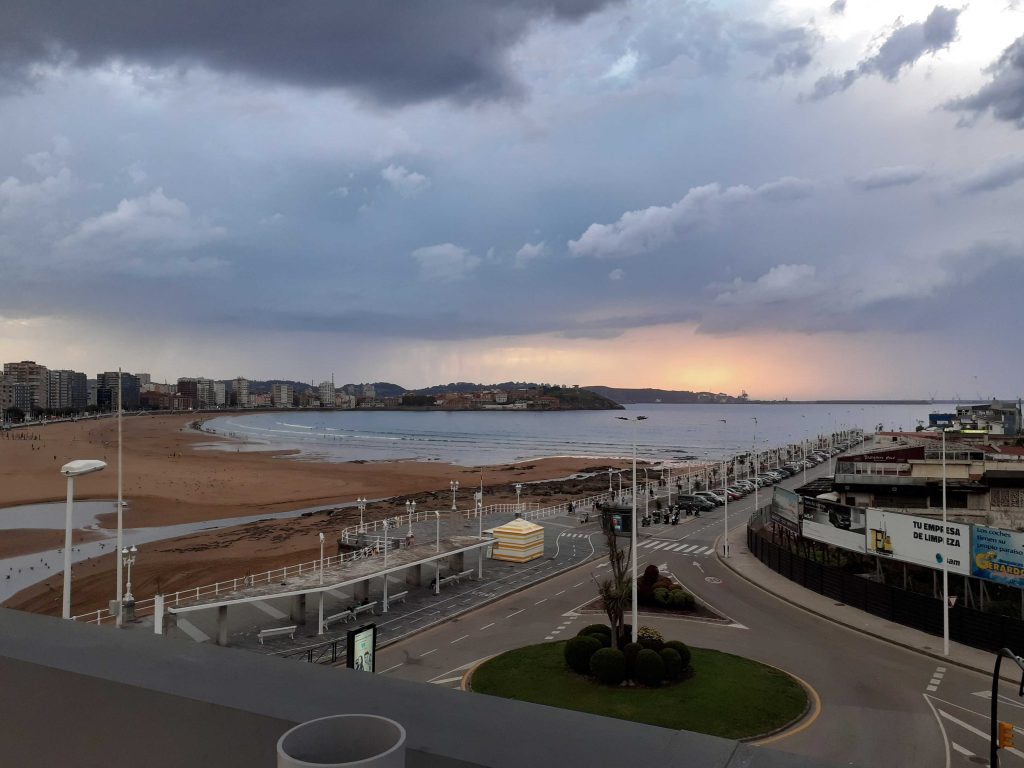

Snacking/drinking
They don’t do tapas in Gijón, but pinchos are similar (sort of like an hors d’oeuvre). If you order a beer or wine in a bar, you will usually get a free pincho on the side. Some are better than others. La Ruta del Vino is full of bars and cafés with lots of pinchos on offer. Fill yourself up while you drink. You may not have to eat afterwards.
Dindurra (M, $$, try the scrumptious Cubano montadito5 with ham, Gouda cheese, mustard, and sweet pickle), La Plattea ($, great teas), and Tomate Bistró ($$, r, closed Mondays) are all on Paseo de Begoña, a lively pedestrian walkway. Dindurra also make the best churros (air-fried) – nothing beats a chocolate-dipped churro for la merienda (evening snack) – and is on the Historic Café Route. I have no idea what that means, but the interior is steeped in old charm and tradition.
Varsovia (west) and Hotel Abba (east) both have bars overlooking San Lorenzo beach. Varsovia specializes in gin. Abba has a great rooftop view, but bring a sweater just in case the wind turns. Café Gregorio (Calle Ezcurdia, 60) does a fabulous Irish coffee, decaffeinated if you want. Better yet, ask for an Irish coffee without cream or coffee. For a Guinness, the best is at Café Trisquel under the arches near Playa Poniente (Calle Marqués de San Esteban, 34). I don’t know why Trisquel is called a café as it is a Celtic style pub with friendly staff and a banner showing flags from all the Celtic regions. I am told the area is also a hopping late-night scene, but I haven’t made it past Trisquel yet. I can’t vouch for the coffee, but the Guinness travels well. Slaínte!
If you fancy fresh pastries or individual chocolates, Balbona Pasteleros (C. Cabrales, 90) is the best for taste and value. Nothing else compares, including great dessert cakes. For a quick chocolate hit, bag some florentinas at Confitería La Fe (C. Periodista Adeflor, 3). For any occasion (and a great present!), try the Moscovitas de Rialto, which are sold in the tiniest of shops just off Calle Corrida on Calle Tomás Zarracina called Salas & Gayol. They are the tastiest, thinnest-crusted chocolate and almond cookies in the world according to our well-exercised chocolate palate. The name is a bit of a mystery, but apparently has nothing to do with Moscow. I am told you can make your own. I want to try. My badly home-cooked Moscovitas may still be better than any other well-made cookies. Florentinas, however, did get their start in Florence.
Supermarkets
The main chains are basically the same and scattered everywhere: Alcampo, Alimerka, Arco, Día, Lidl, El Mercado, Supercor. There is one every couple of blocks or so in the city. Most have a meat/fish counter at the back. No fish on Mondays. We go to Supercor underneath El Mercado del Sur off Plaza Europa and Opencor for an afterhours fix on the corner of Munuza and San Bernardo (open until 2 am). There is also a small Carrefour Express open until 9:30 pm on Paseo de Begoña. Lidl has the only decent muesli. Most supermarkets do fresh bread, but Panrís has a fine selection (next to the tiny Moscovitas shop). (El Rincón de) La Masa Madre in El Mercado del Sur is a great panadería artesenal (artisanal bakery) that does lovely fresh bread (three yummy buns for €1.50). Bring your own reusable shopping bag.
Okay, I spent most of my energy on food for the Gijón Need to Know list, so the rest is a bit of a gloss, but I have included links to more. Let me know any suggestions, food or otherwise. The adventure is ongoing. I know there are many more sidrerías to discover.
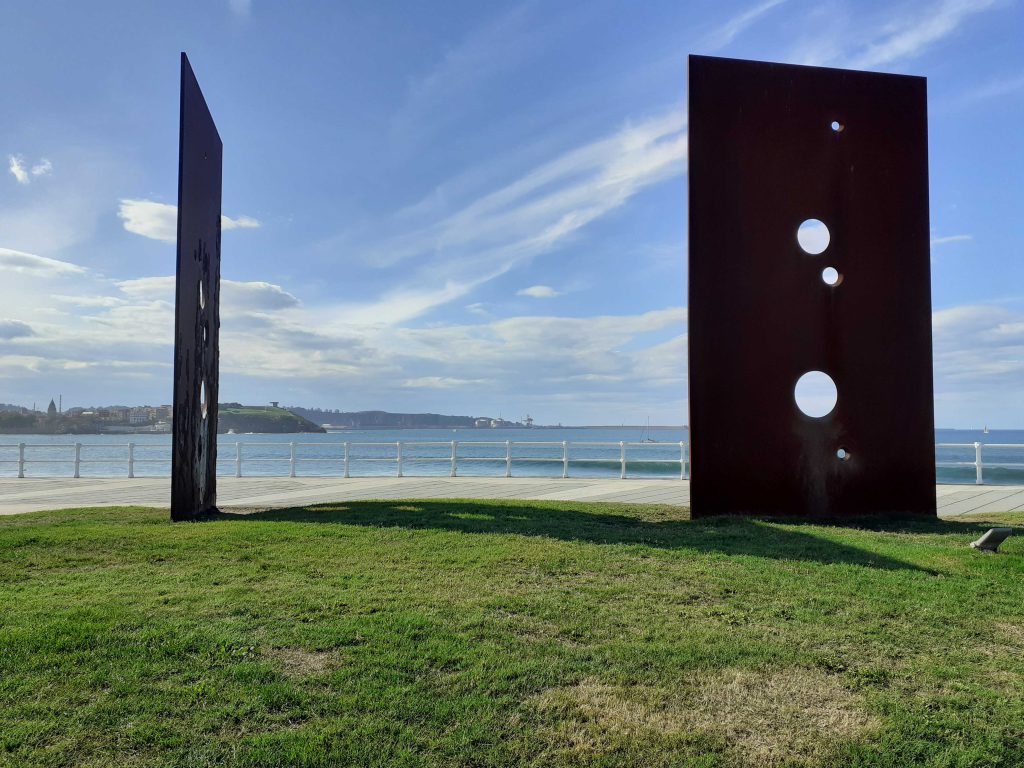
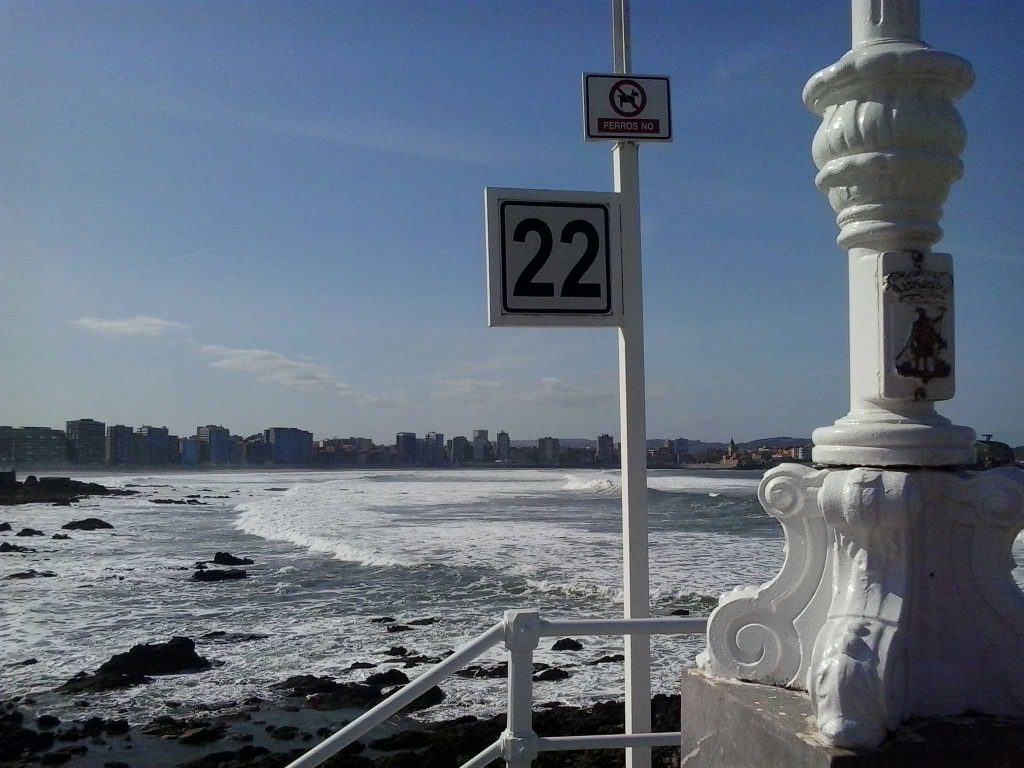
2. A few simple phrases
| hello, How are you? | hola, Qué tal? |
| good day, good afternoon, good night | buenos días, buenas tardes, buenas noches |
| beer/red wine/white wine please | cerveza/vino tinto/vino blanco por favor |
| thank you/don’t mention it | gracias/de nada |
| waiter/waitress, bread, water | camarero/a, pan, agua |
| Bon appétit, The bill please | Que aproveche, La cuenta por favor |
| I’m full | Estoy lleno (Toy fartucu/a) |
| today, tomorrow, little by little | hoy, manaña, poco a poco |
| Do you know the way to San José? | ¿Conoces el camino a la playa? |
| bye, see you later | adios, hasta luego (ta lueguín) |
If you don’t know when “good day” becomes “good afternoon,” just say “buenas.” I’m told “buenas tardes” is for after lunch, but who knows when you eat lunch.

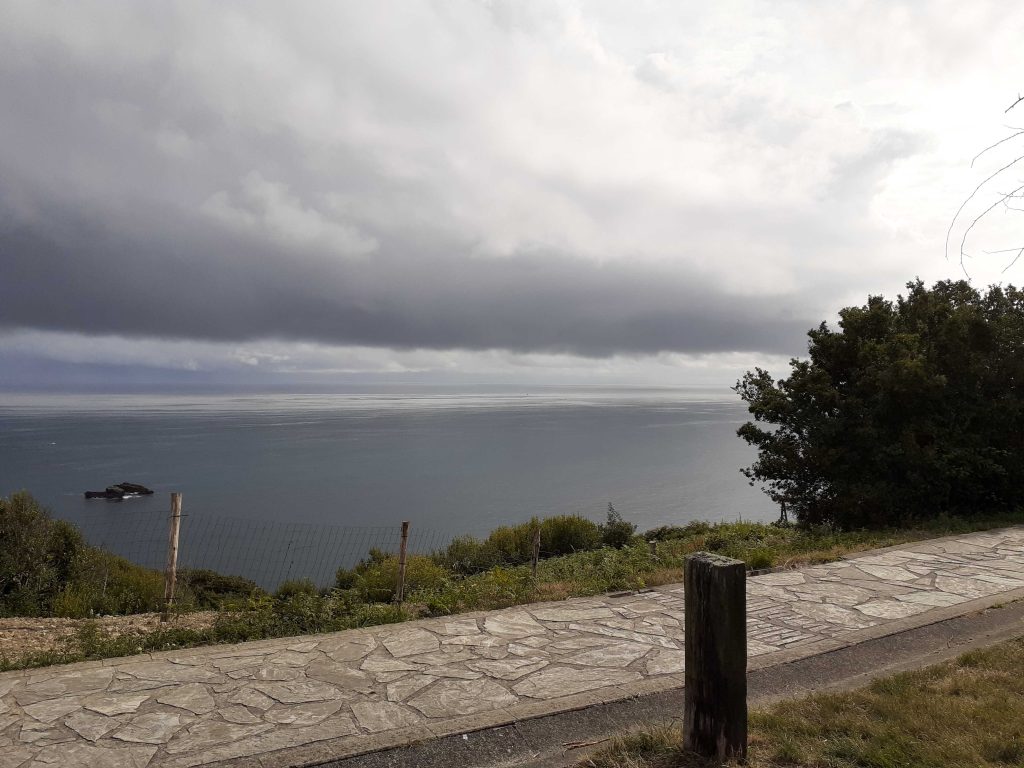
3. Transport
Buses: The intra-city Alsa bus station is near Plaza Europa on Magnus Blikstad, 2. Sadly, it’s a bit dumpy, but there are regular buses to Oviedo (platform 1), Avilès, and the airport. Buy your ticket from a blue machine inside the office, which has a next departure option.
The city bus is 38 cents with a citizen’s card (tarjeta ciudadana). They are distributed in the Casa Rosa near Plaza Europa and can be recharged there or in various shops. Otherwise, it’s €1.50. The driver won’t change bills above €10. Most city centre stops (paradas) show the times for the next bus, while the downloadable EMTUSA app shows all routes and bus times.
Trains: The Sanz Crespo train station is on Calle Sanz Crespo next to Hotel Ciudad Gijón on the western Poniente side of town. There are fast trains to Madrid (Chamartín), via Oviedo, León, Valladolid, and Segovia. Best to buy tickets in advance at the station, but you can get them online if you persevere. There are also regular Cercanías commuter Renfe trains to Oviedo and small-gauge Feve trains to various towns and cities. All the car rental companies have offices at the trains station.
Planes: The airport (OVD) is small, but there are direct flights to major Spanish destinations (Madrid, Barcelona, Sevilla, Valencia, Tenerife, Gran Canaria) and a few European capitals depending on the season (London, Paris, Rome, Amsterdam, Munich). A taxi is about €50 from the city centre (budget 30 minutes) and the Alsa bus €9 (budget 1 hour).

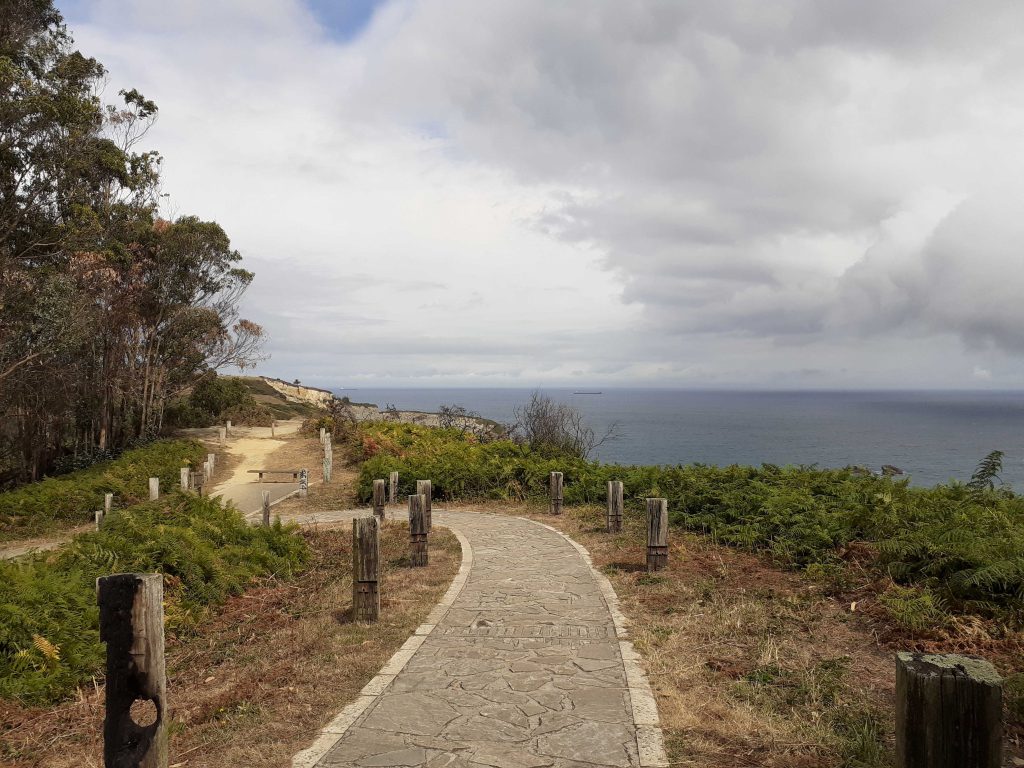
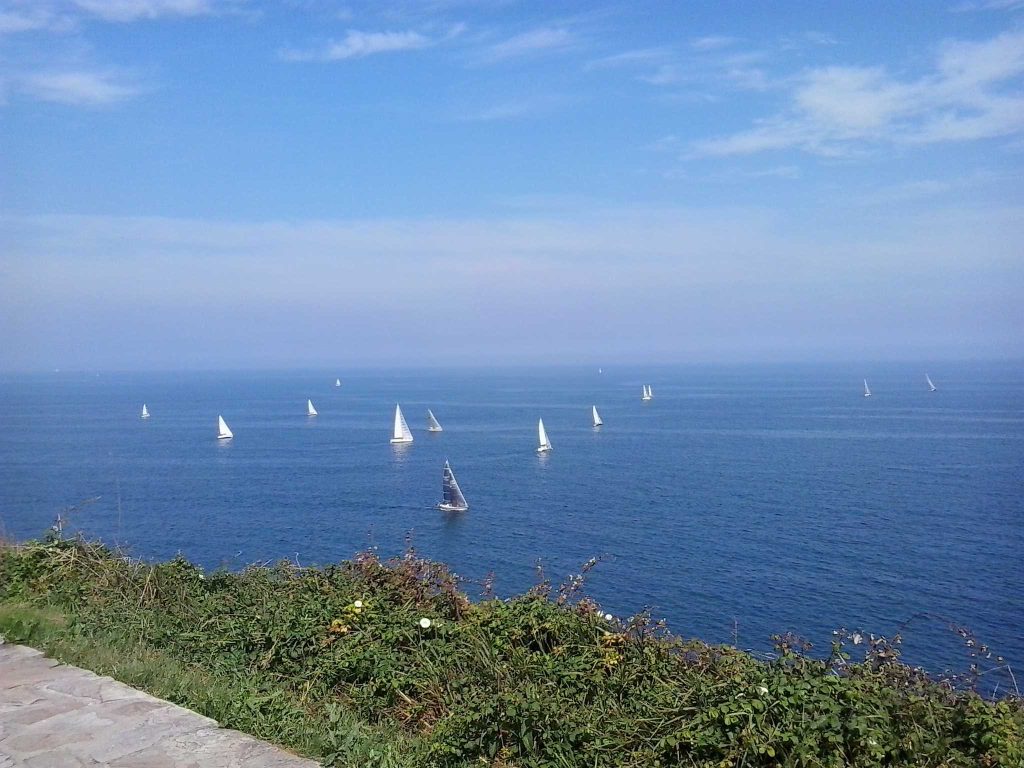
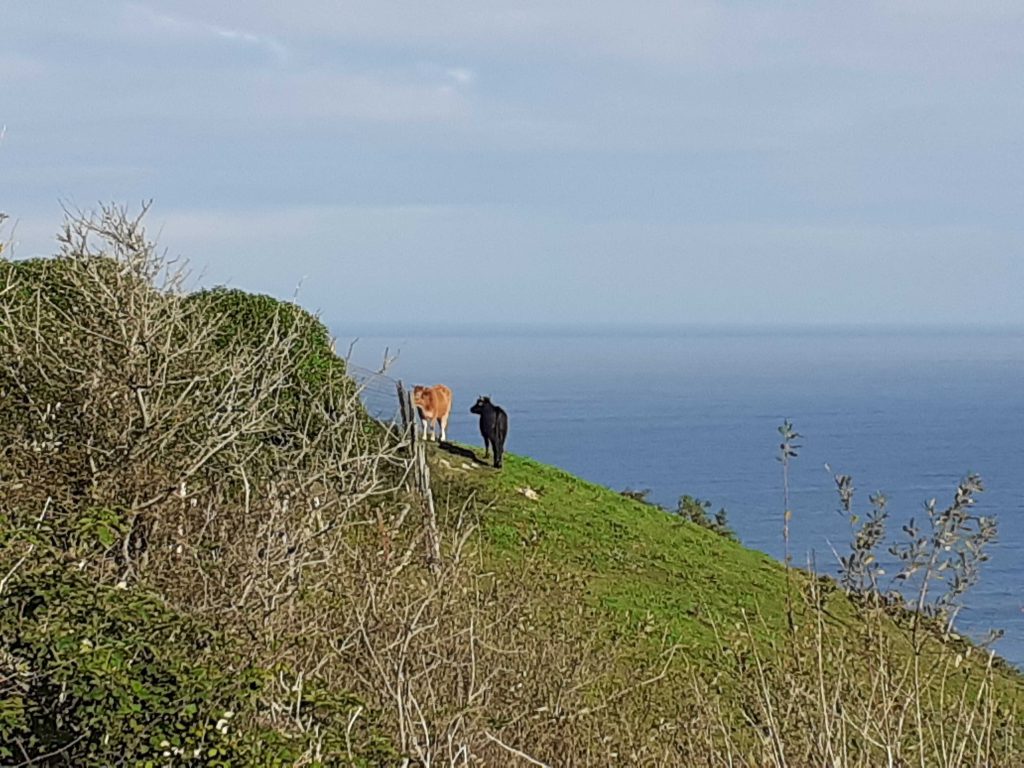
4. Entertainment
Museums (free): Train, Jovellanos
Art Galleries: Nicanor Piñole (free), Evaristo Valle
Theatres: Teatro Jovellanos, Laboral Ciudad de la Cultura (also has a good outside bar and a restaurant with a menu, open on weekdays)
Cinemas: (check the newspaper or website for V.O.): OCINE Los Fresnos, Yelmo Ocimax
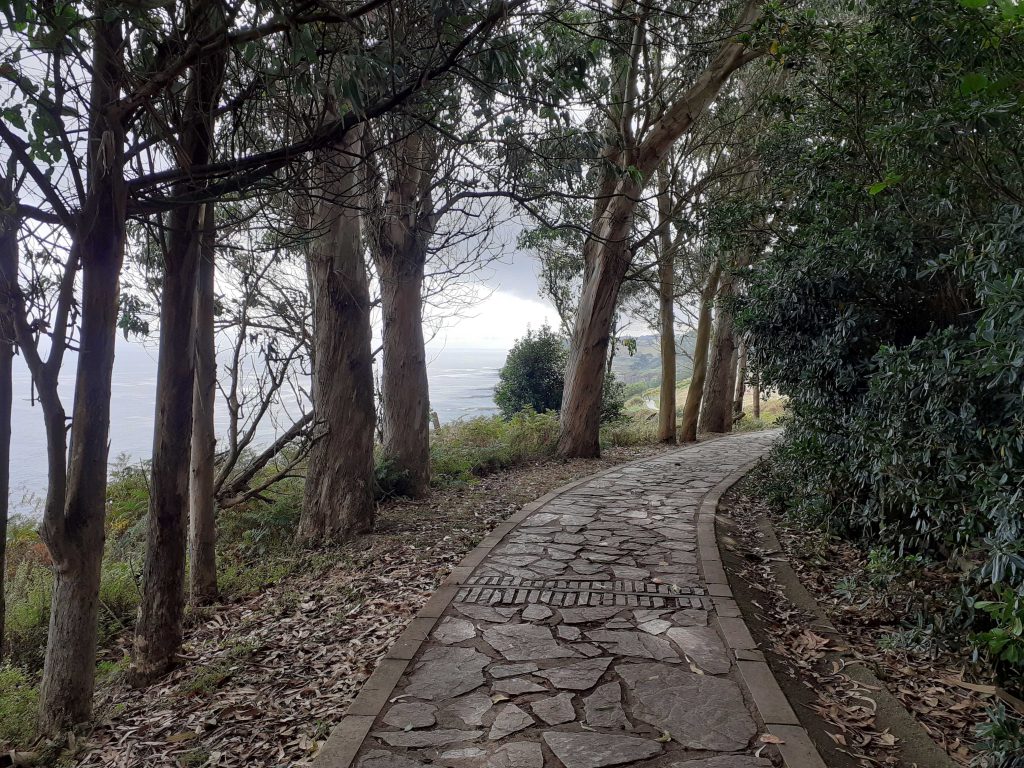
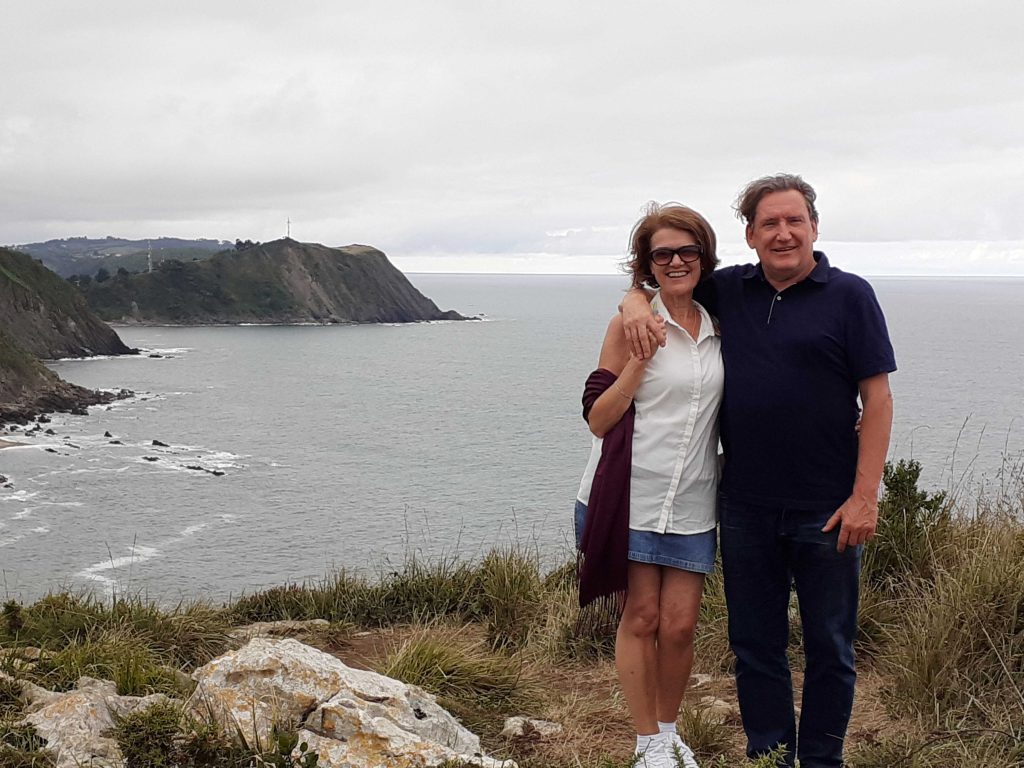
5. Walks
The best walk is along el Muro (the Wall), which is the promenade beside Playa San Lorenzo with numbered stairways leading to the beach (0-24 stairways). A perfect way to work off all the food (see above), all sorts of folk walk back and forth along el Muro for their daily constitutional, starting from Saint Peter’s Church in Cimavilla (stairway 0) and ending wherever. The coastal walk extends east about 6 km to the Parque de La Providencia mirador and at least another 5 km more to Playa de La Ñora, with fab views the whole way. Bring a packed lunch if you are doing a long walk. Remember the First Law of Walking: you have to come back the same distance. La Escalerona (stairway 4 with the digital thermometer) is a popular meeting place to start.
You can also walk around the edge of Cimavilla for stunning views on both sides of the city. Aim for Basque sculptor Eduardo Chillida’s massive concrete sculpture Elogio del Horizonte (Eulogy to the Horizon). You can see west as far as the gas spheres by the first Roman settlement in Gigia (ancient Gijón) at La Campa Torres (the highest point of the city) and east to the Providencia mirador. Dublin is 1,000 km due north. A visit to Campa Torres is worth it to see the Roman settlement, lighthouse, and archaeological museum. The best way to get there is by car, but you can walk around atop the hill. There are great views of the port (El Musel), various coal storage sites, and the coast as far as Candás.
Gijón is also a stop on the famed El Camino, via the northern route from San Sebastián to Santiago. Look for the sea shell sign on the backpack of a travelling peregrino/a (pilgrim).
6. Day trips
Oviedo (Museo de Bellas Artes de Asturias), Avilès (Centro Niemeyer), Ribadesella (Tito Bustillo cave, reservation required), Nava (Cider museum), Picos de Europa. The 3 mining museums (Mumi in L’Entregu, EcoMinero Museo near Mieres, and Pozo Soton in San Martín) are all worth a visit as is the Musi Iron and Steel Museum in La Felguera. Take the Autos Sama bus from Plaza Europa (outside the health centre) to stops for each in Langreo.
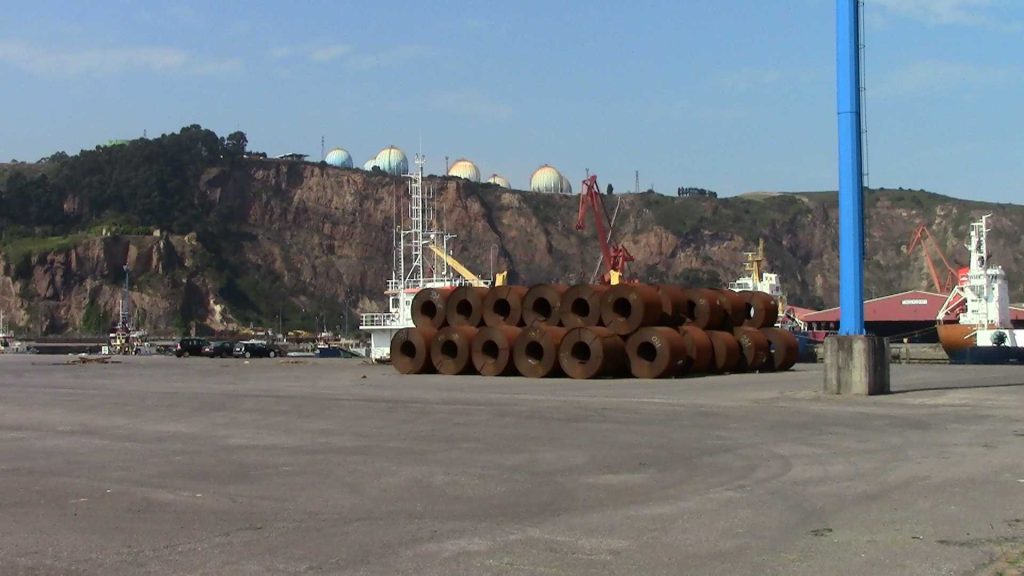
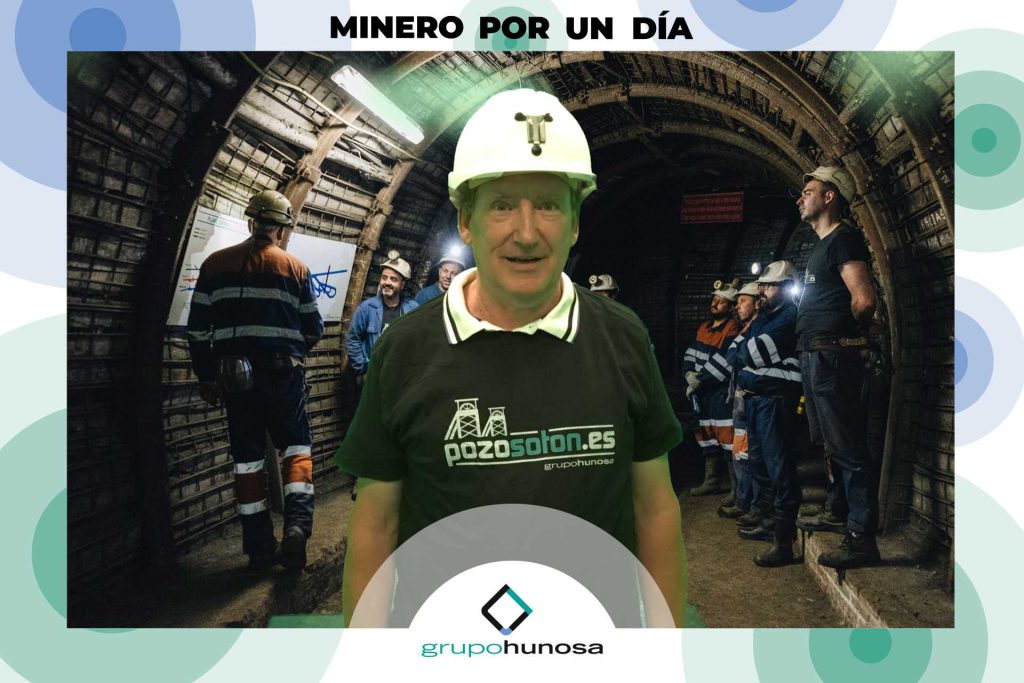
7. Miscellaneous
If you are in any doubt about the weather, bring an umbrella. The verdant north coast is green for a reason, even it is only orbayu (fine, light rain). Check the local newspaper El Comercio for events in the city. There are often interesting concerts, movies, or talks at the Antiguo Instituto or Escuela de Comercio (both are on La Plaza del Parchís). The Savoy Club does regular live music, while Dindurra has live music on summer Saturday nights (starting at 22:30, reservas 984 18 18 20). There are no English-language newspapers on sale these days, but you can get The Economist, Time, National Geographic, and Hello at Favila on Paseo de Begoña. Favila was an Asturian king who was eaten by a bear.
For photocopies, Victorero Reprografia (C. Cabrales, 78), Color Prix Fotografia (C. Manso, 26), and Copistería Saavedra (Av. Manuel Llaneza, 38) are all great. They do photocopies and electronic document prints (e.g., airplane boarding cards), so bring a data key with a pdf file (not Word). You can also email a file from a mobile phone when you get there.
Fancornio Rural is a fantastic Casa Rural guesthouse if you fancy country living or have friends visiting. Located between Avilès and Gijón, you’ll need a car. Check out the always stimulating Facebook page Expats in Asturias for ideas and queries, including where best to live in Asturias (lively debated), local administration, and items for sale.
Restaurant info
Bellavista Av. de José García Bernardo, 256, 985 36 29 36
El Sueve Domingo García de la Fuente, 12, 985 14 57 03
Sidrería Tropical Av. Rufo García Rendueles, 3, 984 70 29 78
Sidrería El Rincón de Celia C/ Luanco, 16, 984 49 17 08
Casa Carmen Hurlé C/ Dr. Aquilino Hurlé, 30, 985 33 44 15
El Saúco C/ Valencia, 20, Gijon-Sur, 985 39 83 30
Zascandil C/ Cervantes, 9, 985 35 30 38
Casa Manuela C/ Enrique III, 4, 985 35 00 42
Casa Rober C/ Rosario, 14, 984 19 86 27
El Restallu Decano Prendes Pando, 6, 985 35 00 48 / 985 17 01 02
La Galana Plaza Mayor 10, 985 172 429
Carbone di Vesuvio C/ Mlle. de Ote., 2, 985 34 99 71
Aasador Lúpulo Bajos del Molinon Grada Este Puerta 11, 984 60 00 03
Tierras Gallegas Estadio El Molinón, Av. de El Molinón, 265, 984 19 86 18
My Sushi C/ Libertad, 2, 984 83 70 40
Doce Más Uno Av. Manuel Llaneza, 13, bajo, 984 18 28 74
Cervecería Vor C/ Decano Prendes Pando, 29, 984 29 08 82
Dindurra P. Begoña, 11, 984 18 18 20
La Plattea C/ Menen Pérez, 2, 684 62 64 29
Tomate Bistró P. Begoña, 22, 984 29 71 82
Some Spanish foods explained (by others): 1 cachopo, 2 frixuelo, 3 paella, 4 salpicón, 5 montadito
Happy travels! / Bon voyage! / ¡Buen viaje!

